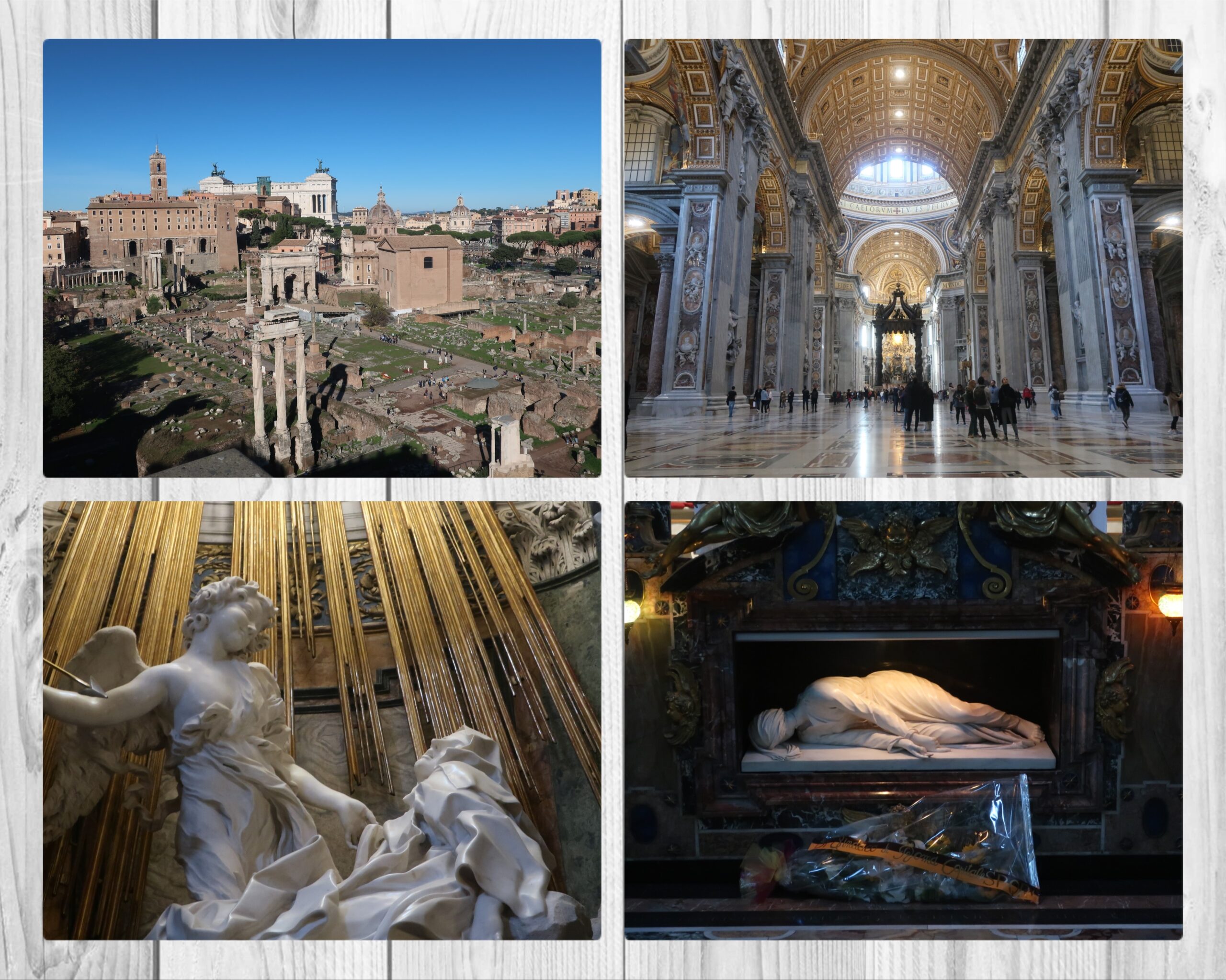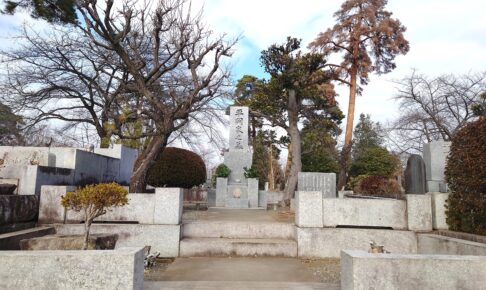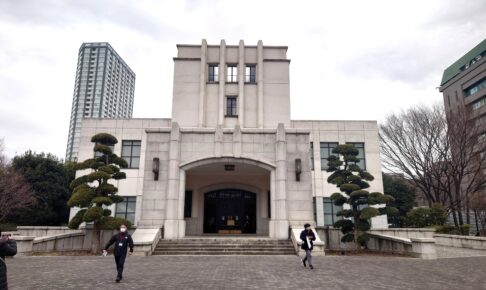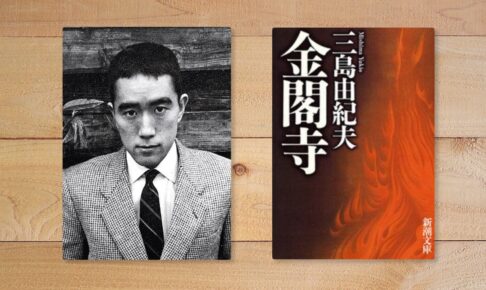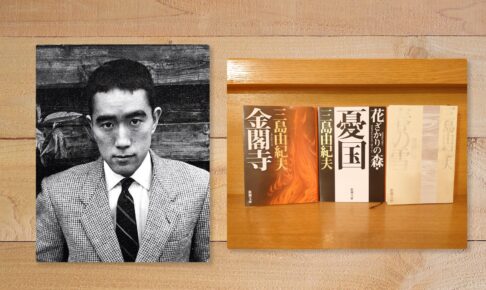Table of Contents
- 1 List of recommended reference books on Rome - history, culture, religion, and art! Read this to make Rome more interesting!
- 2 Six must-read reference books to get a better taste of Rome! First, here are some introductory books and recommendations to get an overall picture of Rome!
- 2.1 Masumi Ishinabe, "As Long as St. Peter Stands: My Guide to Rome.
- 2.2 Nansei Shiono and Masumi Ishinabe, Tales from the Vatican
- 2.3 Masumi Ishinabe, Rome of the Popes.
- 2.4 Masumi Ishinabe, Bernini: Giant Star of Baroque Art
- 2.5 National Geographic, "The Roman Empire: A Map of Birth, Rise, and Fall."
- 2.6 The Globe-Trotter Rome 2018-19."
- 3 Recommended reference books on Roman Catholicism
- 3.1 G. Buazinski, From Krakow to Rome.
- 3.2 Kukai Nanri Kazuyoshi Nomachi, "Vatican, Pope, Time of Prayer
- 3.3 Masumi Ishinabe, "St. Peter's Basilica" - Recommended reference book to learn more about the history of this temple of beauty and its attractions.
- 3.4 André Chastel, "The Roman Plunder of 1527, Tragedy in the Holy City.
- 3.5 Shohei Touyama, Henry VIII: Tyrant or Charismatic?
- 3.6 Shoichi Sato, "Europe in Mission.
- 3.7 Ignatius de Loyola, "Spiritual Manipulation.
- 3.8 Thomas a Kempis, In the Image of Christ
- 3.9 Justo González, History of Christianity.
- 3.10 Takami Matsuda, Purgatory and Hell: European Medieval Literature and the General Public's View of Life and Death.
- 4 Recommended reference books for learning about ancient Rome
- 4.1 Ryoji Motomura, A History of the Rise and Fall of the World, Vol. 04: The Mediterranean World and the Roman Empire.
- 4.2 Sato, Kozo, "Illustrated Description: The Eternal City, Caesar's Rome" (in Japanese)
- 4.3 Edward Gibbon, The History of the Decline and Fall of the Roman Empire.
- 4.4 Antony Everitt, Cicero: Another History of Rome.
- 4.5 Antony Everitt, Augustus: The Beginning of the Roman Empire.
- 4.6 Caesar, The Gallic Wars.
- 4.7 Philip Matyszak, Everyday Life in Ancient Rome.
- 4.8 Vergilius, "Aeneis."
- 4.9 Oedipus, The Metamorphosis Story
- 4.10 Lucretius, On the Nature of Things.
- 4.11 Nakano, Koji, "The Words of Seneca, the Roman Philosopher.
- 4.12 Seneca, On the Shortness of Life.
- 4.13 Epictetus, "Life Talks.
- 4.14 Marcus Aurelius, "Self-Reflections.
- 4.15 François Chamoux, Greek Civilization.
- 4.16 François Chamoux, Hellenistic Civilization.
- 4.17 Pierre Grimal, Roman Civilization.
- 4.18 Jacques Le Goff, Medieval Western Civilization.
- 4.19 Yoshio Kikuchi, "Two Thousand Years of Mercenaries.
- 4.20 Gérard Coulomb and Jean-Claude Golvan, "Civil Engineering of the Ancient Roman Army: Illustrations of Building Techniques for Streets, Waterways, Canals, etc."
- 5 Recommended reference books on Roman art and literature
- 5.1 Toshiro Nakajima, The English Way of Travel: From Grand Tours to Garden Culture
- 5.2 Raffaello's Life and Works.
- 5.3 Kikuro Miyashita, A History of Art in the Dark: Caravaggio's Water Veins.
- 5.4 Masumi Ishinabe, Caravaggio: What kind of painter was he really?
- 5.5 Takashina Shuji, "Baroque Light and Darkness
- 5.6 Takashina Shuji, "What is Beauty for the Japanese?
- 5.7 Akira Kondo, Poussin, the Father of Painting
- 5.8 Yukitaka Kohari, Claude Lorrain: Seventeenth-Century Rome and Ideal Landscape Painting
- 5.9 Goethe, Travels in Italy
- 5.10 Nobuhiko Makino, Travels in Goethe's "Travels in Italy.
- 5.11 Andersen, The Improvising Poet
- 5.12 Montaigne, Diary of a Journey
- 5.13 Shakespeare, Julius Caesar
- 5.14 Shakespeare's Antony and Cleopatra
- 5.15 Shakespeare, Titus Andronicus
- 5.16 Shakespeare, Coriolanus
- 6 Conclusion
List of recommended reference books on Rome - history, culture, religion, and art! Read this to make Rome more interesting!
Previous ArticleThe Monk Recommends 15 Sightseeing Spots in Rome! From the royal road to maniacal churches, taste the best of beauty"In the following section, we have introduced recommended places to visit in Rome. In this article, we will introduce a recommended reference and guidebook to enjoy Rome even more.
Please refer to each link for a more detailed discussion of the book.
So let's get started.
Six must-read reference books to get a better taste of Rome! First, here are some introductory books and recommendations to get an overall picture of Rome!
Masumi IshinabeAs Long as St. Peter's Stands: My Guide to Rome.
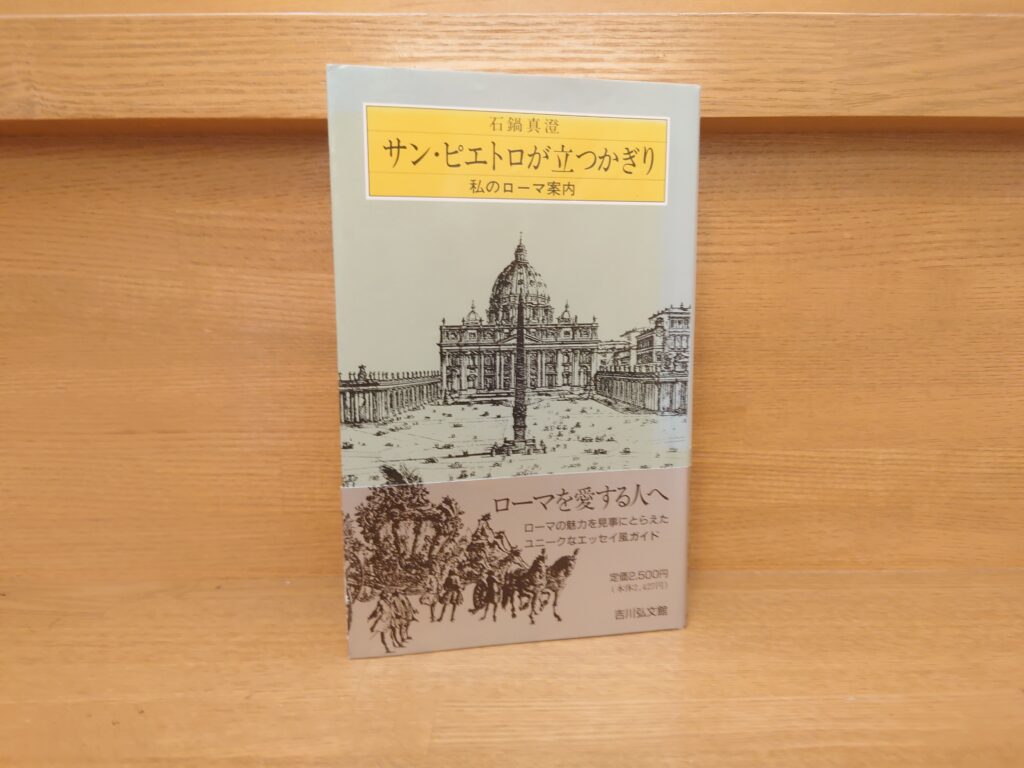
Let's take a quick look at the book.
Rome, the "Eternal City," offers something new to discover every time you walk through it. This book is an "essay-style" guide to Rome, written by a budding art historian who actually walked around the city, explaining the ruins, cathedrals, fountains, and squares in simple terms, interspersed with historical episodes. A must-have for any trip to Rome.
Yoshikawa KobunkanProducts Page.
Let me say at the outset. This book is the best!
There is probably no better work to appreciate the charms of Rome! It is such a wonderful work.
The reader who has discovered the charms of Rome through this book is sure to be awakened to a passionate spirit of travel."
This is exactly what it is! This book makes me want to go to Rome so badly! And you will definitely fill up your travel schedule with all the places you want to see!
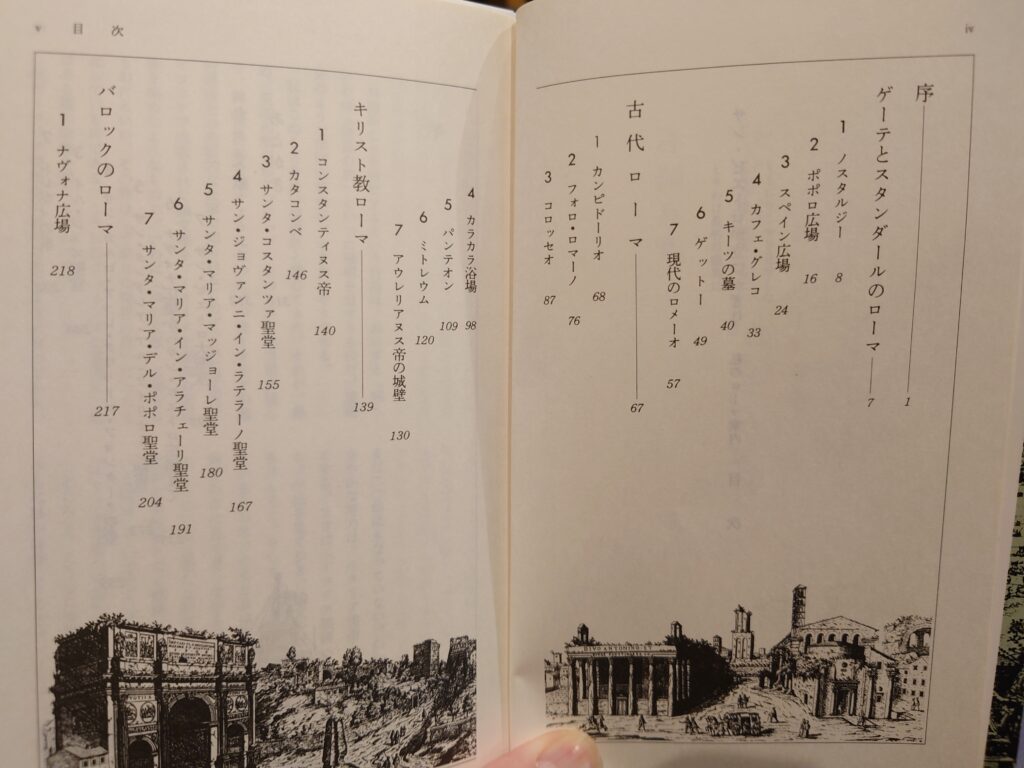
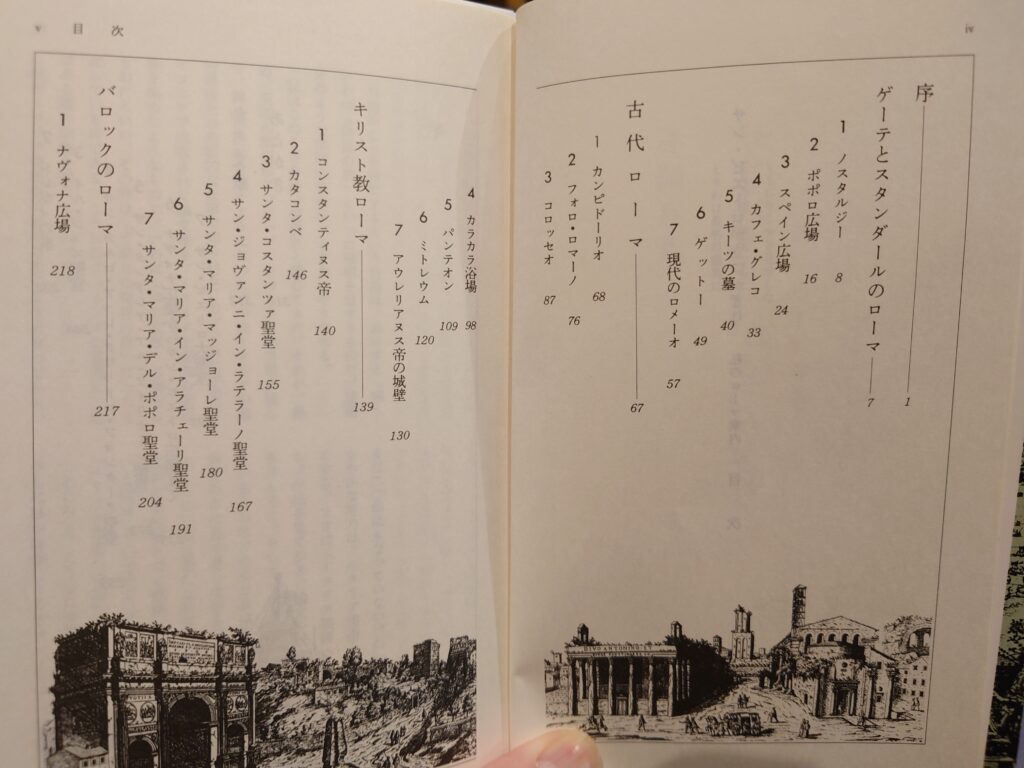
Here is the table of contents of this document.
Some of Rome's major attractions are covered, and there may be some places you've never heard of, but when you read on, you'll find yourself saying, "Oh, I see! I didn't know that! You will find it interesting to read. Each one is a series of discoveries.
I visited Rome in 2022 and wrote this travelogue, the main reference for which is thisAs Long as St. Peter's Stands: My Guide to Rome.will be.
You will enjoy the exciting and masterful commentary throughout the book.
The depth and breadth of the area is nothing short of astonishing. We assure you that your vague view of Rome will change.
The best Rome guidebook, here it is! This is the most powerful Rome guidebook that I would highly recommend.
Nansei Shiono, Masumi IshinabeTales from the Vatican.
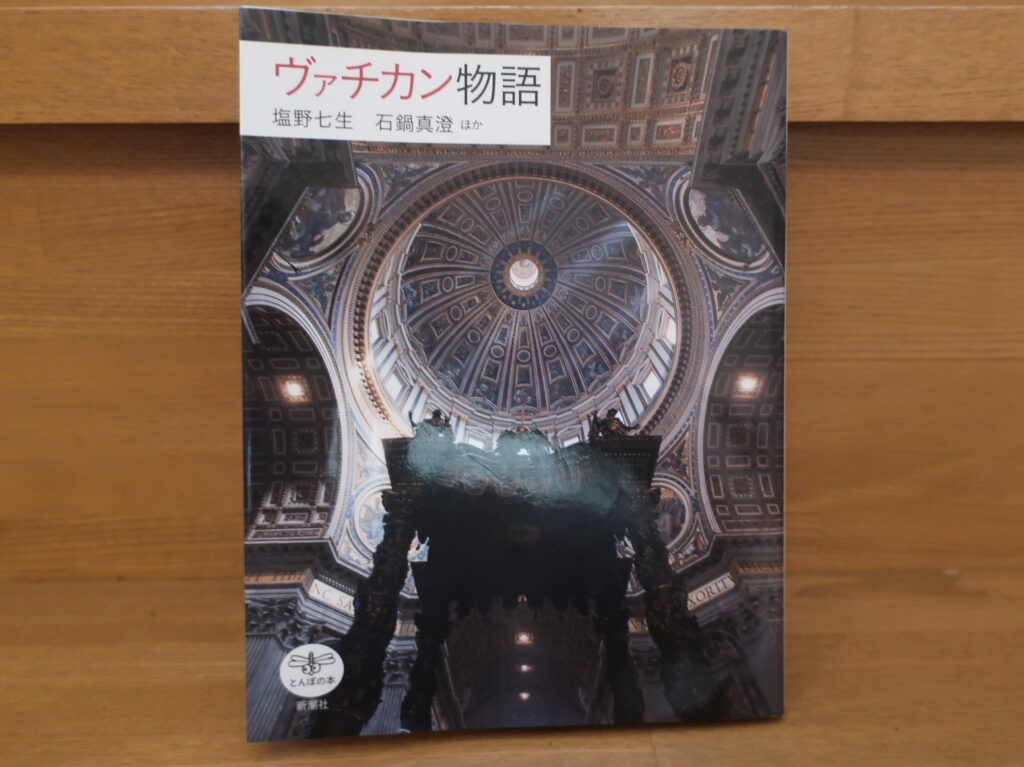
Above.As Long as St. Peter's Stands: My Guide to Rome.was the best commentary on Rome as a whole, this book will be the recommended guidebook for getting to know the Vatican, the headquarters of Roman Catholicism.
The Vatican is known for St. Peter's Basilica. Its beauty is beyond description.
This book will explain the history of the Vatican and the secret of the beauty of this overwhelming structure.
The book begins with an essay on the Vatican by Nanao Shiono, author of "The Romans". It is very easy to understand and even beginners will enjoy reading it.
Then, from the middle of the book, Masumi Ishinabe explains the history of the Vatican and the secrets of its beauty, and this explanation is very stimulating and extremely interesting. It is very stimulating and extremely interesting. You can clearly understand where the splendor of the Vatican lies and what ideas are put behind it.
This book is highly recommended to get to know the Vatican. I hope you will use this book as a guidebook. I recommend this book to everyone, whether you are planning to visit the Vatican or have already been there.
Masumi IshinabeRome of the Popes.
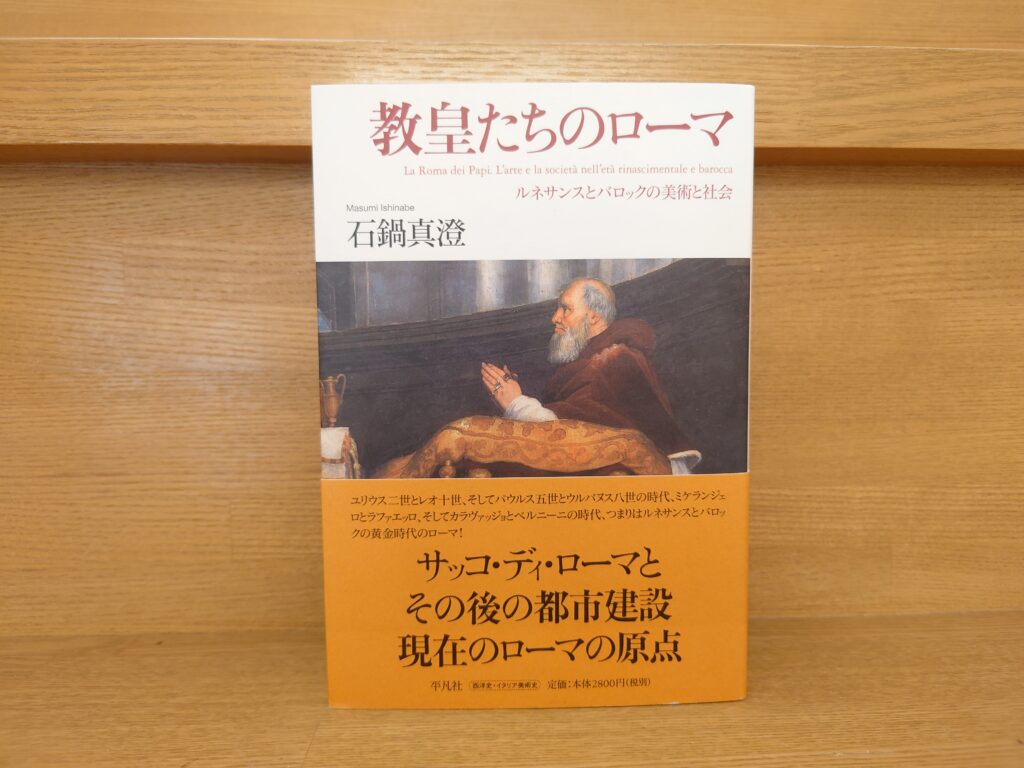
This book is another shocking book that I would highly recommend. I was tremendously shocked by this book. It was a shock to me, as if all my common sense had been overturned.
The Vatican, with its beautiful museums, the Sistine Chapel, and St. Peter's Basilica, is an overwhelmingly wonderful place even if you know nothing about it.
However, a completely different world emerges when we learn what was behind the creation of these structures and art, and how they flowed.
This book will definitely shock you. I believe it will change the image of Rome and the Vatican that you have been seeing.
This is a work I would highly recommend. Why not pick it up?
Masumi IshinabeBernini, Giant Star of Baroque Art.
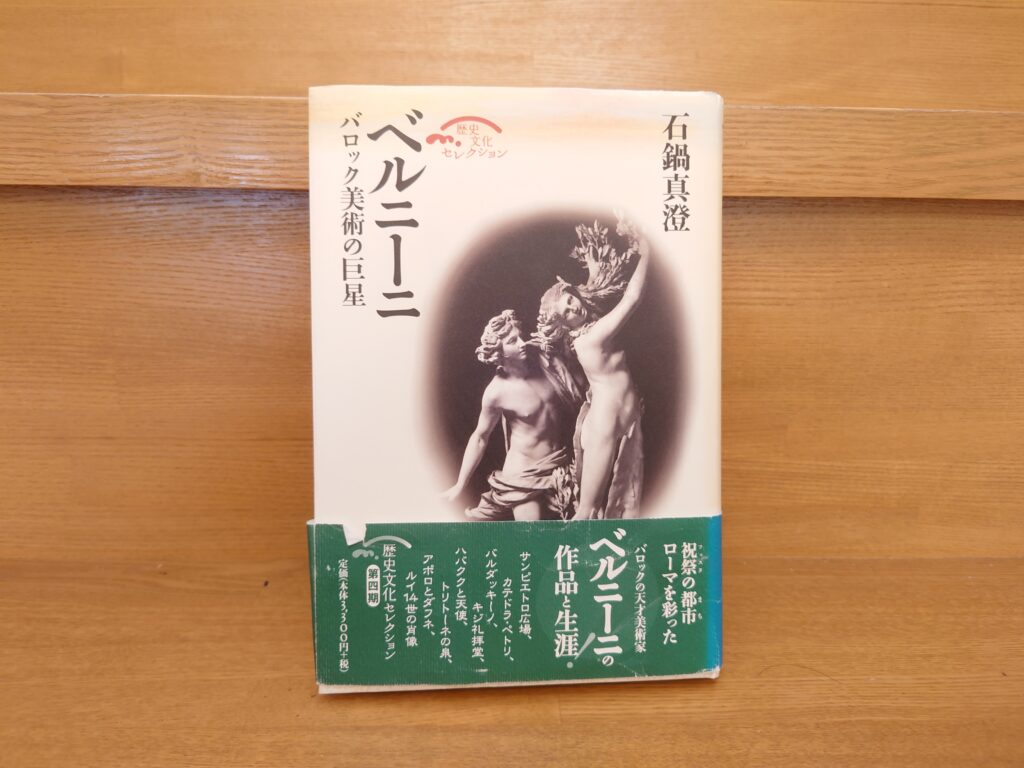
This work is a biography that tells the story of Bernini, an artistic genius active in Rome in the 17th century.
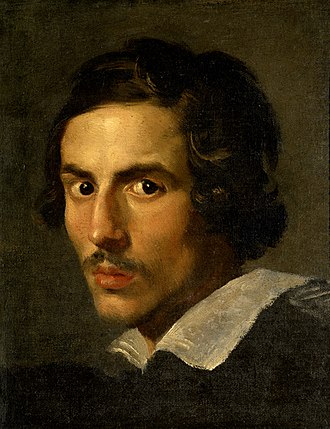
Bernini is best known for this work in St. Peter's Basilica.
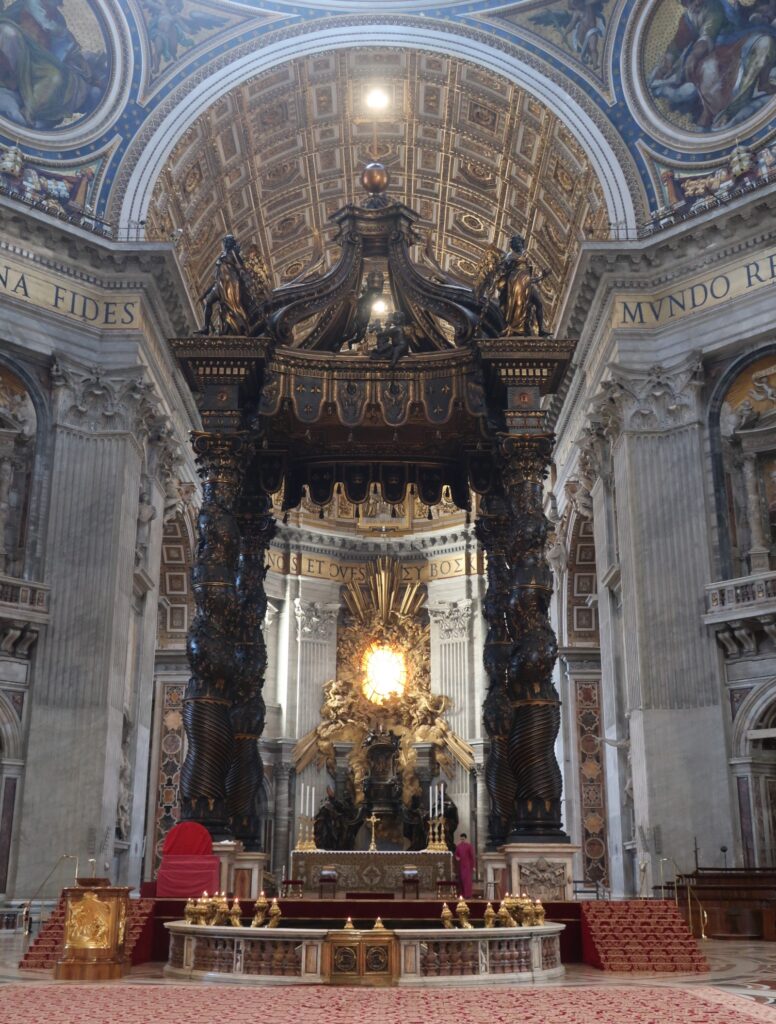
When I first saw Baldacchino, I was struck speechless by its unique appearance.
And beyond the baldacchino is placed Cathedra Petri, another Bernini masterpiece.
andThe beauty of St. Peter's Basilica, designed by Michelangelo and Bernini, is explained in the Vatican, Italy (Part 6).As I mentioned in the article "The Cathedral of the Vatican", Bernini also designed the decorations inside this cathedral and the Vatican Square.
Why the Vatican was so beautiful was because of the great genius of Bernini.
This biography is a wonderful way to learn about who Bernini was and the historical context in which he was born.
This book is also a major reference in my travelogue.
This is a must-read reference book for a deeper appreciation of Rome. It is a very interesting biography. I highly recommend this gem.
National GeographicThe Roman Empire: A Map of Its Birth, Rise, and Fall."
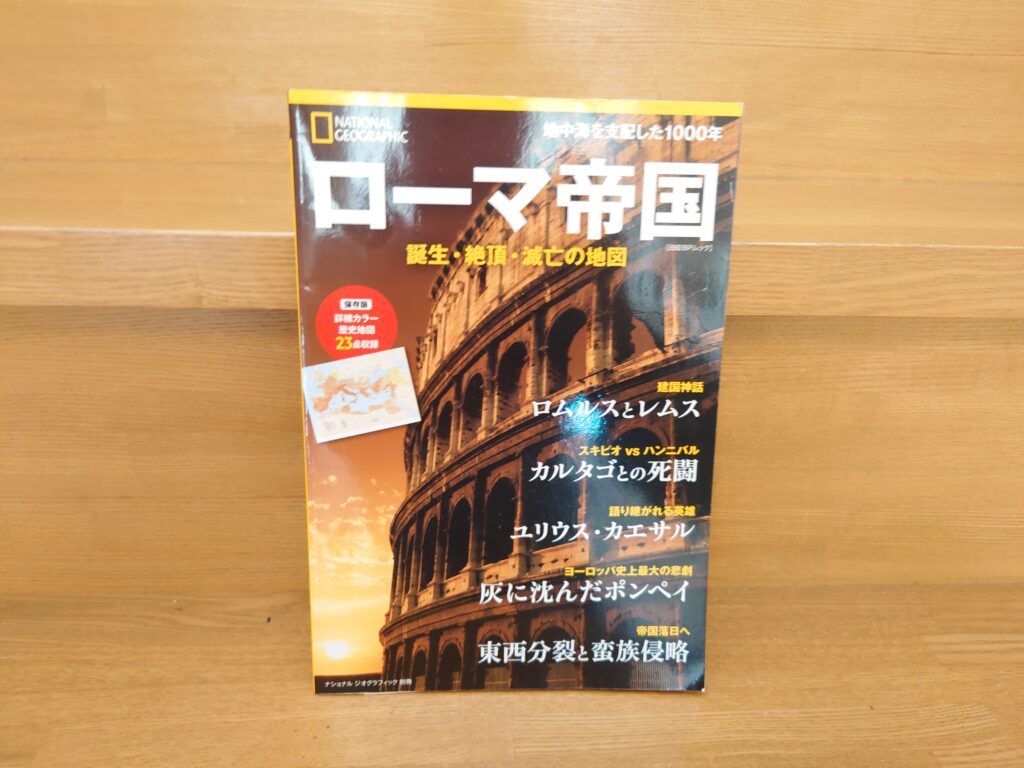
This book is a recommended introduction to the Roman Empire.
It is quite compact, with a total of 96 pages, and contains many illustrations and photographs, making it easy to pick up.
What I appreciated about the book was its readability.
The text is easy to read even if you have little knowledge of ancient Rome. In a history book, names of people and places tend to appear in large numbers and confuse the reader, but this book is compact, with only 96 pages, so the main points are condensed into a single volume.
So you can learn the big picture of history without going into too many details.
I think it would be smooth to start with this book to get a rough idea of the flow and then move on to other reference books.
If you are interested in the Roman Empire but don't know what to read, I highly recommend this book. Why not pick up a copy?
The Globe-Trotter Rome 2018-19."
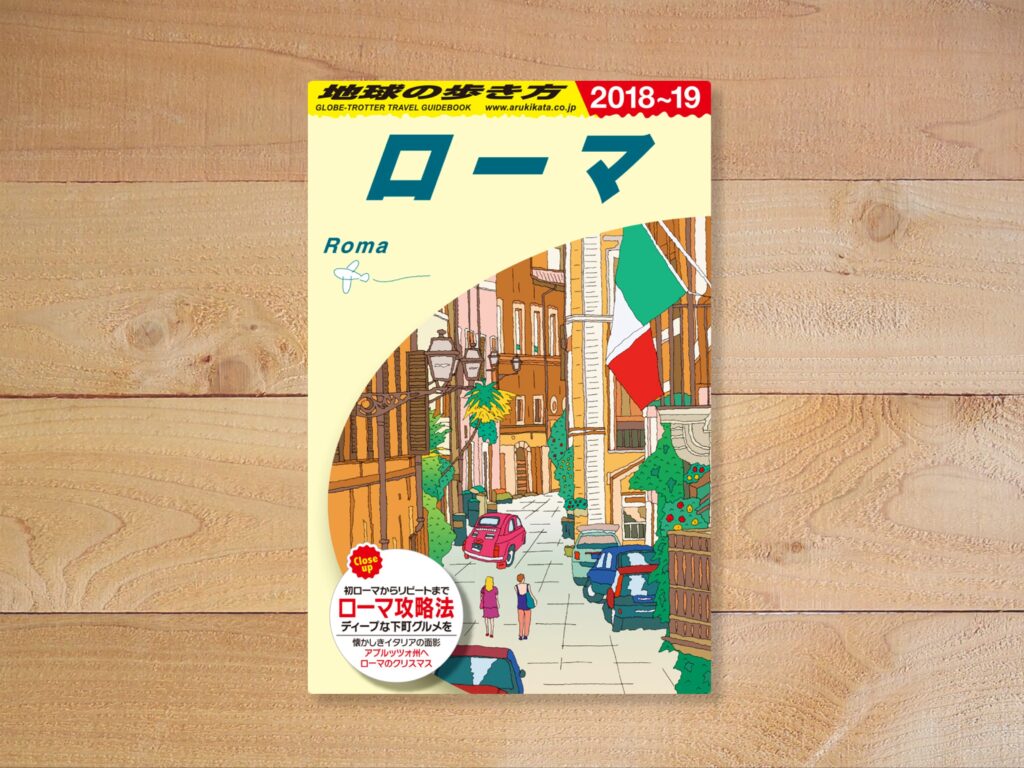
I was astonished by this "Globe-Trotter" book.
I have always been indebted to "Globe-Trotter" every time I have gone abroad, and "Rome" is by far the most comprehensive travel guide I have ever read.
I realized this when I read the aboveBernini."It was during this time that I was looking for the churches and sculptures that appeared in
Although there is a map at the end of the "Bernini" book, I wanted a more detailed map if possible! So I picked up this book in search of an easier-to-read map, and I was right! I picked up this book in search of a more clear map, and I was right!
I had already bought the "Italy" edition before I bought this "Rome" edition. I had already bought the "Italy" edition before I bought this "Rome" edition, because I had plans to visit not only Rome but also Milan, Florence, Venice, and many other cities.
At first, this "Italy" edition was sufficient, but the more I learned about Rome, the more places I wanted to visit. But the more I learned about Rome, the more places I wanted to visit.
Then the "Italian" version will not be able to handle it.
So I bought the "Rome" edition again and found that these maniacal places were also included!
The map is well detailed and well explained. This is excellent!
I have introduced various books on this blog, but I never thought that the day would come when I would introduce "Globe-Trotter"! (LOL)
The book is of such high quality that it is a wonderful book.
Recommended reference books on Roman Catholicism
Here are some recommended books to further deepen your knowledge of Rome!
G. BuazinskiFrom Krakow to Rome.
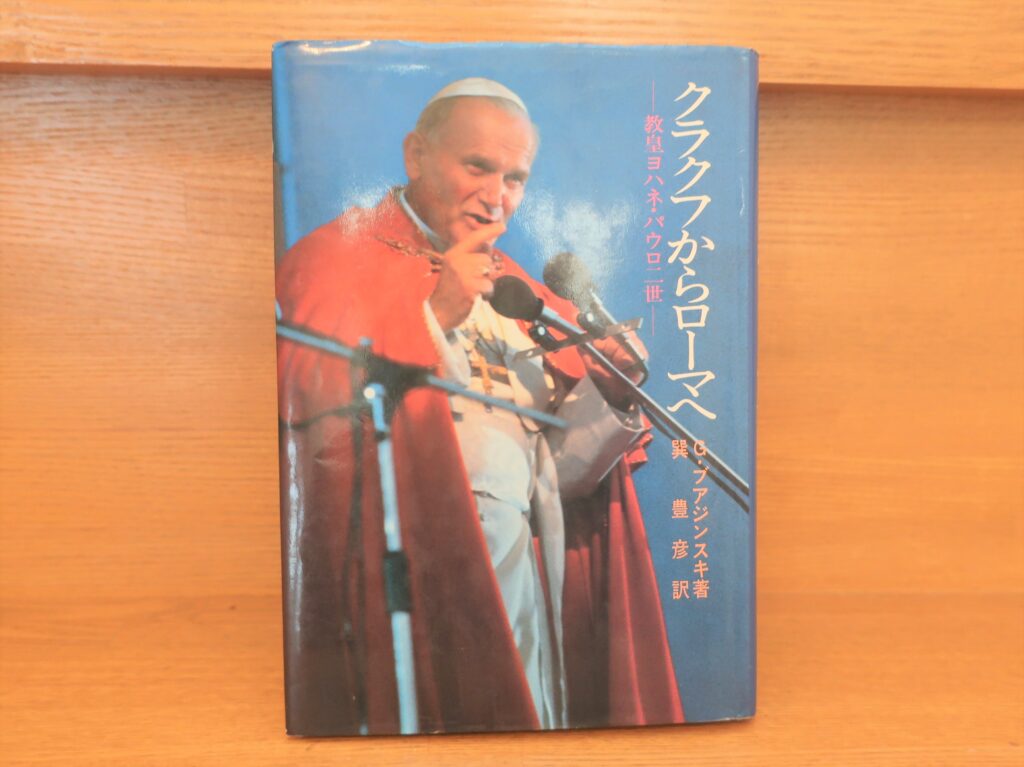

The book was written in 1980, a little over a year after John Paul II became Pope.
John Paul II (1920-2005) reigned as Pope from 1978-2005.
This work is a biography of John Paul II, who was born in Poland and lived from there until he became Pope.
His biography reveals that John Paul II studied intensely from a young age and was an unparalleled reader. He was also a poet and a philosopher. His greatness lay in his broad outlook. Although he was a Catholic priest, he was also well versed in the theories of Marxism, which were so hostile to Catholicism that even the communists were intimidated by him.
John Paul II does not self-righteously impose his ideas. Perhaps his experience of suffering under the oppression of the Nazis and the Soviet Union reinforced this tendency. I was struck many times by his open and generous heart. I almost cried many times when I read this biography. I rarely cry when I read biographies, but there were many times in this book where I did. I have already read this book many times. I am sure that this book will be one of my most treasured books in the future.
Kukai Nanri Kazuyoshi NomachiThe Vatican, The Pope, A Time for Prayer.
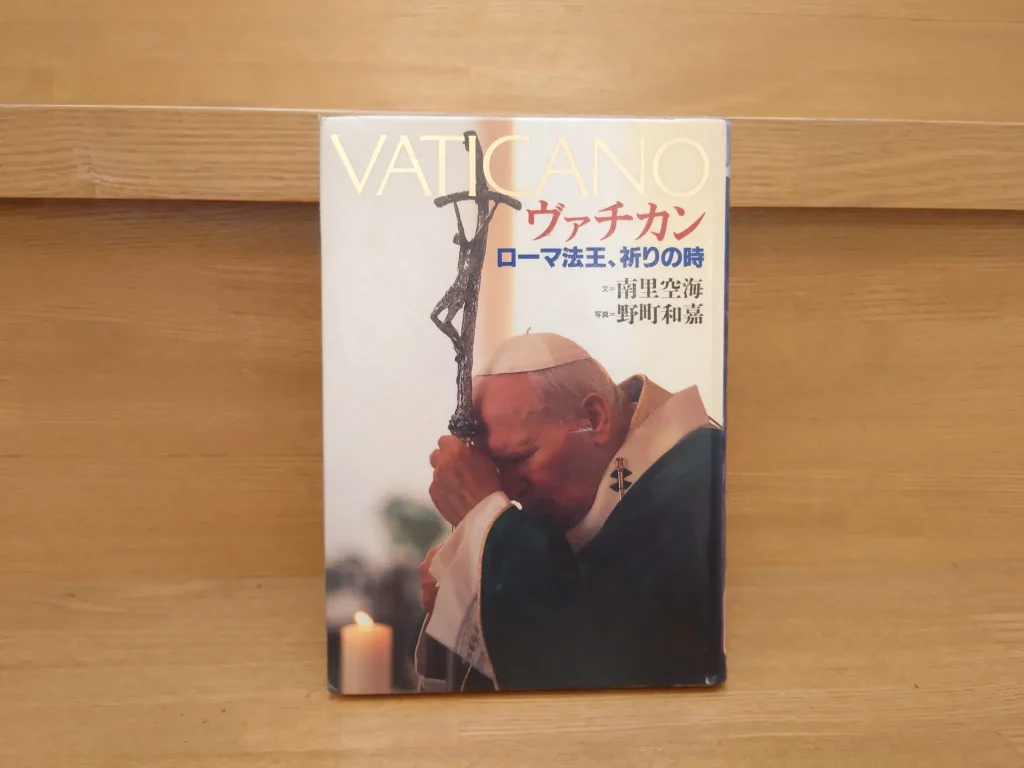
In this work, visitors can see rare photographs of the Vatican, which are usually not easily seen or covered.
I have read many books about the Vatican, but I think this book is very valuable because it focuses on the "time of prayer" and covers the ritual in progress. I have also appreciated this work very much.
This work also summarizes the life of John Paul II and shows how prominent he was.
This one also has many photos and gives a rare view of John Paul II at prayer. The commentary given in this work is also very clear and this book is an excellent introduction to the Vatican and John Paul II.
Masumi IshinabeSt. Peter's Basilica~Reference book recommended to learn more about the history of the Hall of Beauty and its attractions.
About St. Peter's Basilica, also above, by Nansei Shiono and Masumi IshinabeTales from the Vatican.This work, "St. Peter's Basilica," is perfect for those who want to learn more about this cathedral.
St. Peter's Basilica is an architectural marvel that is overwhelming even without knowing its history.
However, you can enjoy its charm more by learning about its history and points to see. It is a very interesting work. I highly recommend this book.
Andre ChastelThe Tragedy of the Holy City, 1527.
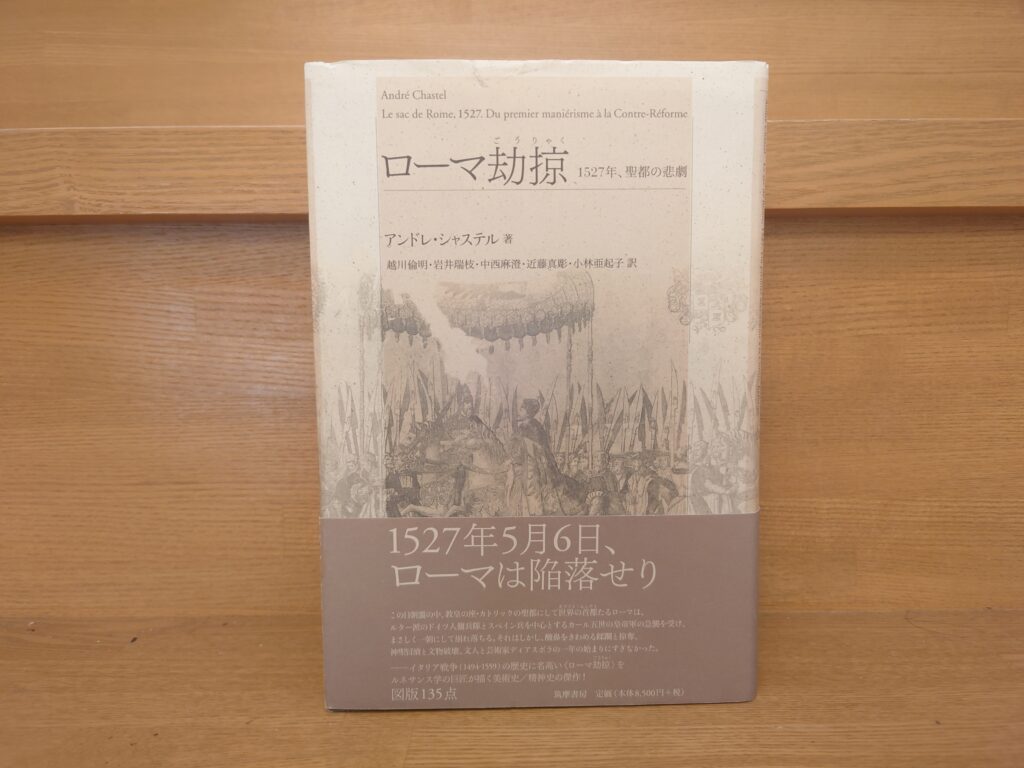
The Sacco di Roma (Roman plunder) case of 1527.
I learned about this case above.Rome of the Popes.Thanks to the
This was a horrific event in 1527, when Rome was attacked, massacred, and plundered to the point of extermination.
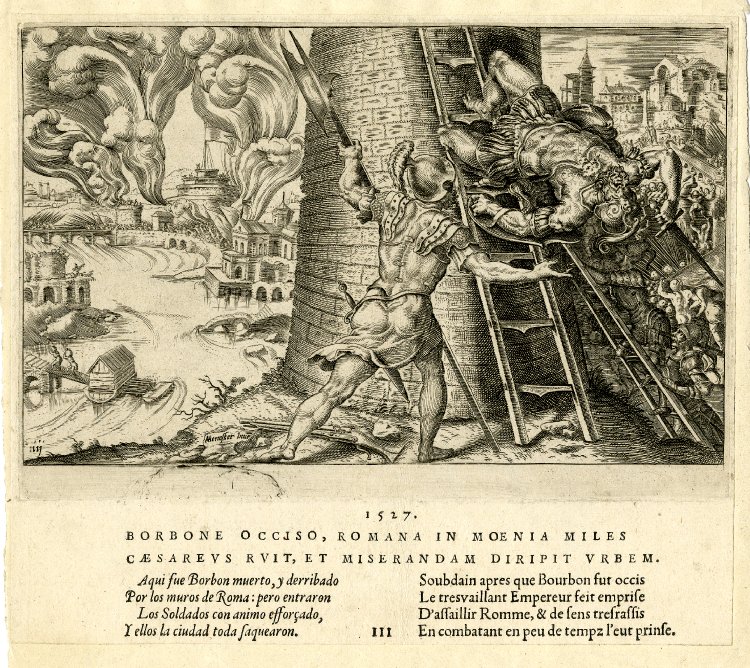
What is more, it was the Holy Roman Empire army of King Karl V that did it.
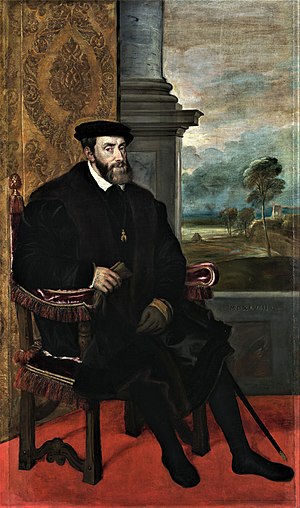
Carl V was the emperor of two nations, Spain and the Holy Roman Empire. In other words, he was the head of a fervently Catholic nation. The fact that the leader of this Catholic kingdom had so thoroughly destroyed and plundered the Holy See, the Vatican, made my head spin.
That said, I have always understood that after the discovery of the Americas, Spain used its gold to spend vast sums of money and effort to promote Catholic prosperity and counter the Reformation.
It is true, but can you imagine the Holy Roman Empire of Spain looting and destroying the Vatican, the headquarters of Catholicism?
I cannot tell you why this happened because it would take too long, but for me, the event was so shocking. I am sure that you have probably seen the Sacco di Roma event before in your study of Christian history, but I was not aware of the gravity and seriousness of this event. However, I had never realized the gravity and seriousness of this event. It was only after reading this book that I understood its significance. In that sense, too.Rome of the Popes.has been a work that has overturned my previous view of Christianity.
And in "Rome of the Popes," André Chastel's "The Tragedy of the Holy City in 1527," which is introduced here, was mentioned as a reference.
This piece provides a fairly detailed look at the circumstances of the horrific incident called Sacco di Roma.
The Sacco di Roma incident was too shocking for me.
This book is a great way to learn about that tragedy that makes you want to turn away.
I could not get out of that state of shock for over a month after reading this book. It is such a shock. I feel that this event is very significant not only for religion but also for the history of mankind.
Shohei ToyamaHenry VIII, Tyrant or Charismatic?"
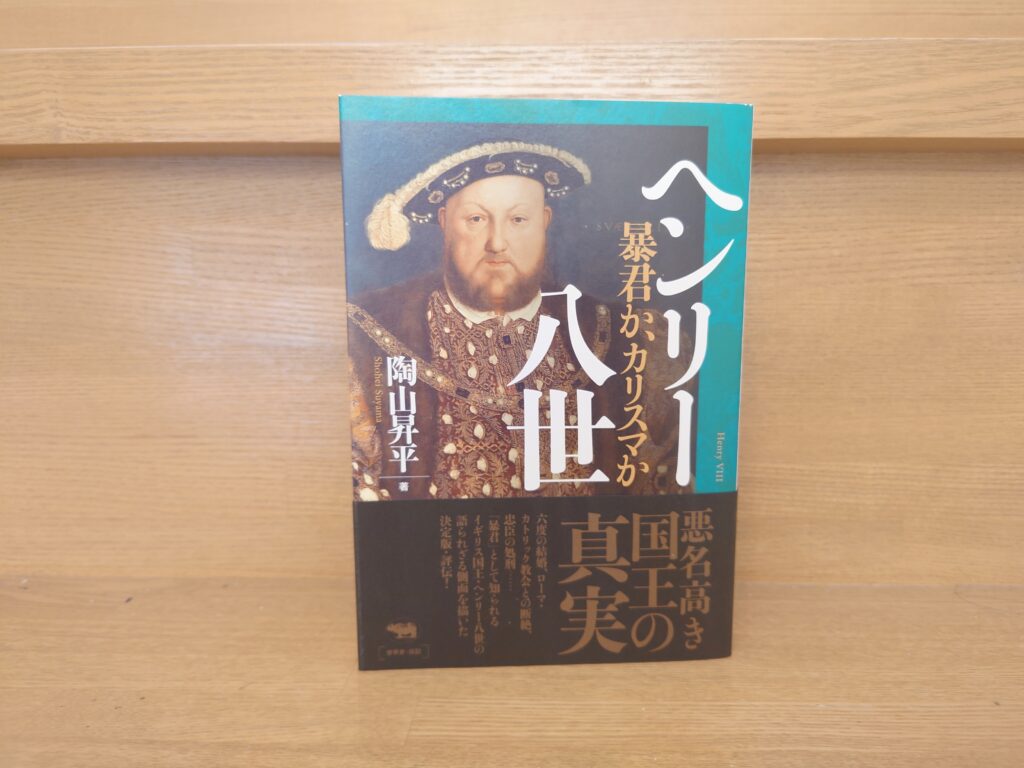
Henry VIII is Shakespeare'sHenry VIII.He was a famous English king who reigned from the early to mid-16th century.
Henry VIII was known as an extraordinarily charismatic and tyrannical ruler, and is famous for having established the Church of England after a divorce dispute that brought him into conflict with Roman Catholics. From there, the anti-Catholic trend in England was born, and a bloody political struggle with a lot of intrigue continued. The bloody Mary and Queen Elizabeth emerged from this process. It is interesting to note that both of them were sons of Henry VIII.
Now, I picked up this book because of the Sacco di Roma (Roman plunder) case of 1527, seemingly unrelated to Henry VIII. I learned about this incident from the aboveRome of the Popes.Thanks to the
This was a horrific event in 1527, when Rome was attacked, massacred, and plundered to the point of extermination.
And while reading this book, something occurred to me.
'Hey, speaking of 1527, wasn't it around here that Henry VIII was trying to create the Church of England...maybe Henry VIII was able to do something this bold because the Vatican was weakened by the Sacco di Roma?'
I had read biographies of Shakespeare, and I had some idea of the history of England. And this was the moment when that history and the history of Italy and Rome connected with each other. I want to check this out right now! I wonder what kind of situation that Henry VIII was in at this time! I couldn't stand still and picked up this book.
Then I read it and was surprised. It seems that the Sacco di Roma incident still had a major impact. Well, to be precise, the fact that the Sacco di Roma incident occurred in the first place itself indicates the weakening of Roman Catholicism and the complicated political situation in Europe. It was very interesting to read this biography to know how King Henry VIII was moving in such an international situation.
In fact, the book is tremendously interesting. The author's narration is excellent, and the flow of history is easy to follow. We are witness to the amazing life of the overwhelmingly charismatic Henry VIII.
I highly recommend this book to Shakespeare fans. The daughter of this king was the future Queen Elizabeth, and Shakespeare was active in her reign. If you know the historical background in which he lived, you can enjoy Shakespeare's works more. No art is apart from its historical background. I have appreciated this biography very much.
Shoichi SatoEurope in Mission."
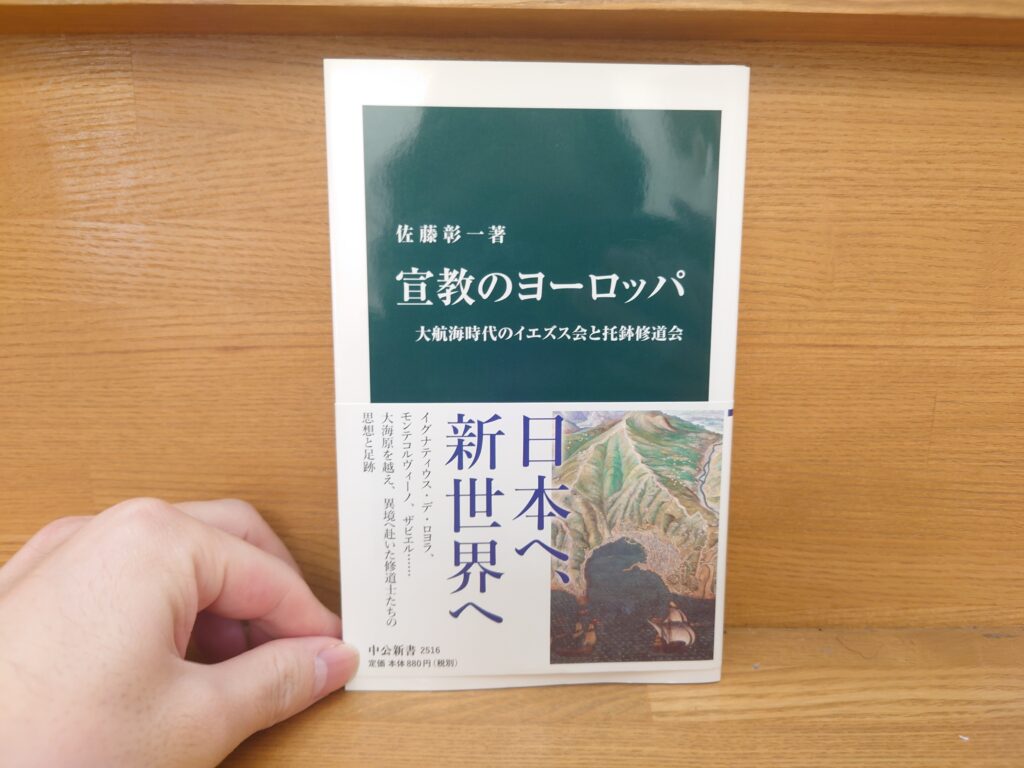
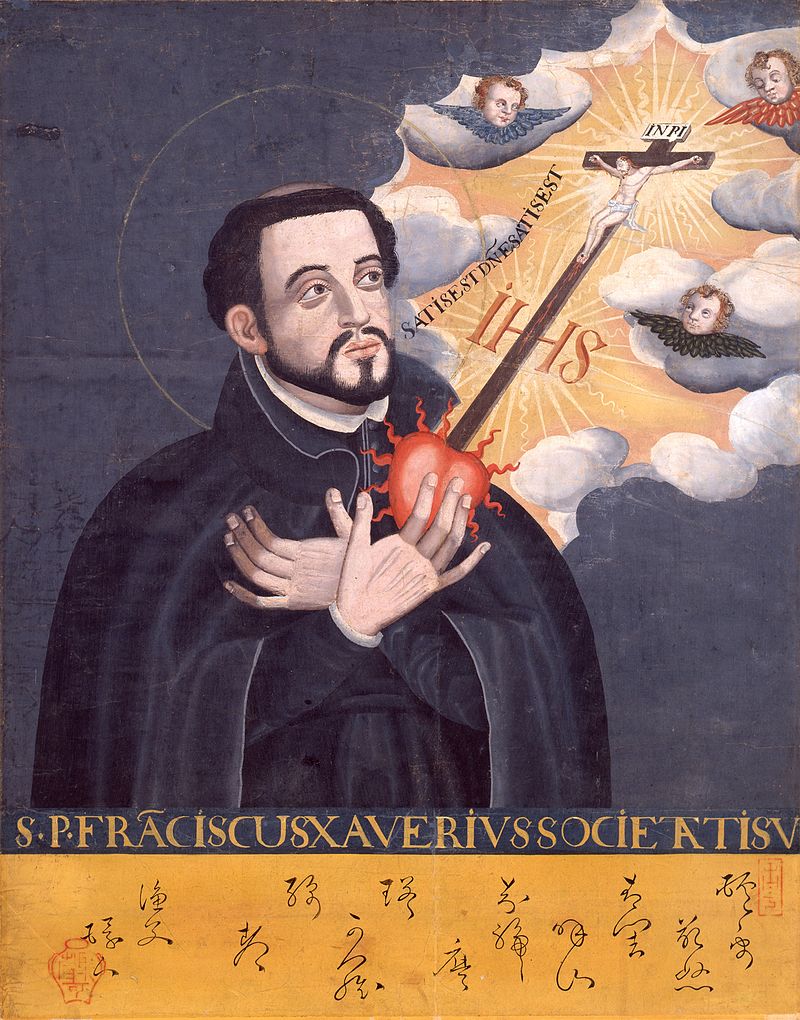
When you think of Jesuits, the first thing that comes to mind is probably Xavier. I have a strong image of that too.
The book talks about Xavier, of course, but I picked up this book because I was interested in Ignatius de Loyola, the founder of the Jesuits.

This book was a very gratifying work to learn about the life and thought of that Ignatius de Loyola.
In this book you will learn where he was born, what process he went through to become the founder of the Jesuits, and what the historical background was like. I was also happy to learn about his relationship with Xavier.
Ignatius de Loyola"Reimancy."

The meditative methods of Ignatius de Loyola, founder of the Jesuits, had a great influence on Bernini's original work.
This was very interesting to me as a student of religion.
And if so, I would like to know more about that Ignatius de Loyola and the Jesuits themselves.
It was with these thoughts in mind that I picked up his main book, "Spiritual Manipulation.
This work describes his meditation program. And the translator's commentary on this work told a surprising story. It pointed out the similarities between Loyola's meditation method and Zen Buddhism.
In fact, as I read this "Spiritual Manipulation," I see, indeed, there are similarities in the meditation method and its process.
And I felt the very connection to Bernini that inspired me to read this book.
In Ishinabe's commentary,
The most striking thing about this book is that it, ,The book's teaching of "imaginary eyes," "imaginary ears," and "imaginary hands" is a repeated exercise in "setting the scene," i.e., imagining a place as if it were actually in front of one's eyes. The teachings of this book, which seek to submerge oneself in the spiritual world by exercising the five organs of the imagination and to reach a deeper religious state, certainly seem to be reflected in Bellini's work."
It was also plausible that it was stated.
This work explains the flow of feeling the world of hell and God using the "five senses of imagination" and reaching a deep religious state.
Thomas a Kempis.In the Footsteps of Christ."
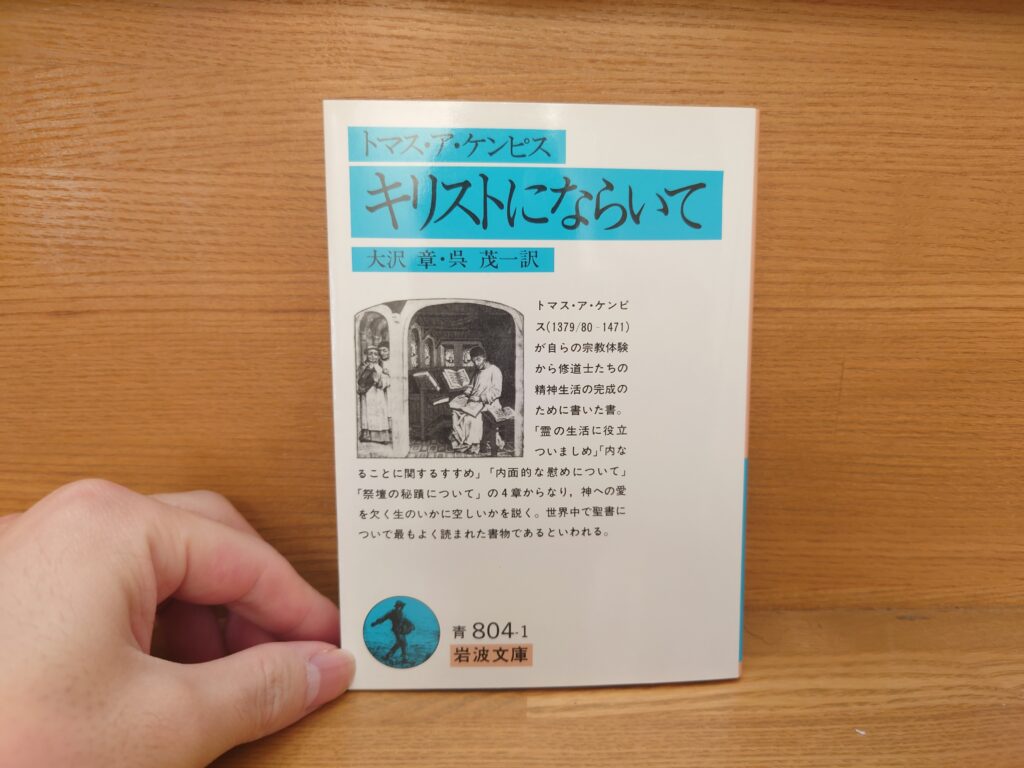
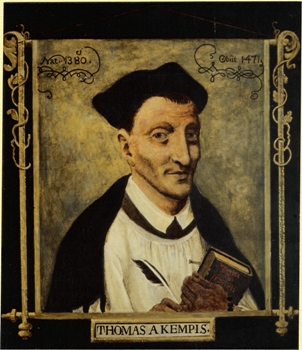
The reason why I was interested in this man was because of Bernini, the genius of the Roman Baroque.
Bernini seems to have read "In the Footsteps of Christ" every day when he was in Rome. It is certain that this work had a great influence on his spiritual formation. In fact, Bernini was known as a devout Catholic. That he was also a man of character is conveyed in Mr. Ishinabe's "Bernini.
I can only be shocked at the power of this work. I can see why this book has had such an impact on the world. It is rare to find a book that feels so powerful.
I read this work because of the Bernini connection and it was a wonderful read. As a monk, I was very inspired by this work.
Justo González.A History of Christianity.
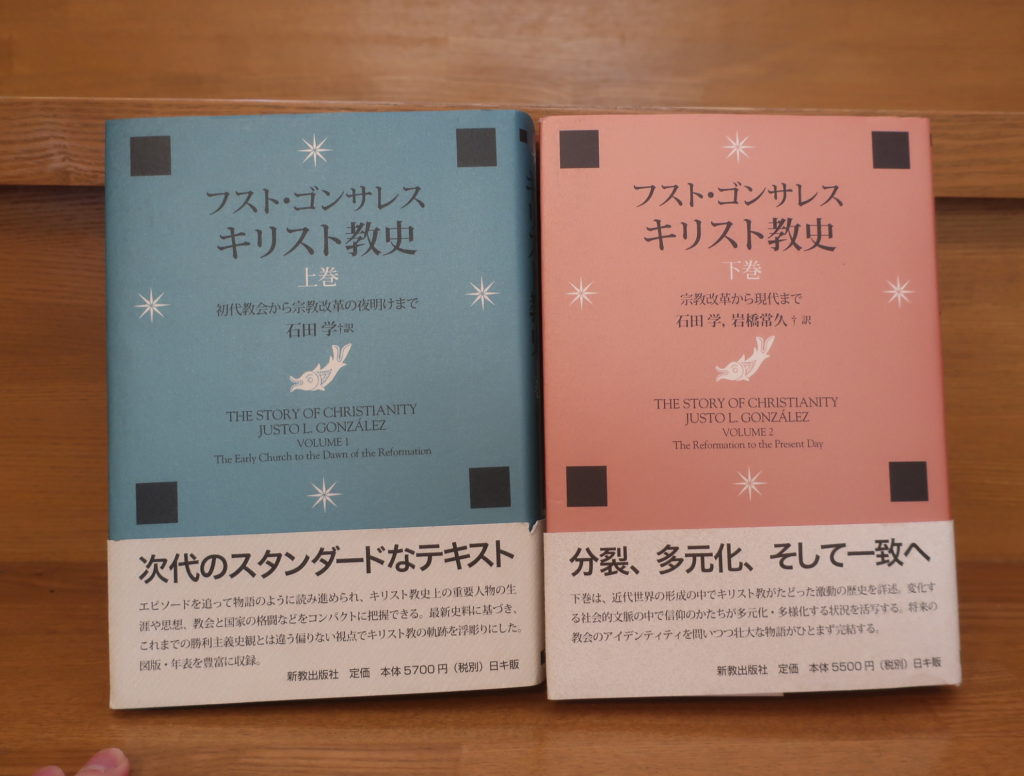
The nuance of "Christianity is absolutely right and the pagans are wrong" is not present in this book in the first place. It is felt that the book tries to be as objective as possible in its viewpoint of why the events happened historically.
Also, this book is very interesting to read in the first place. Textbooks on the history of Christianity tend to conjure up images of stiff, difficult books, but Justo González's "History of Christianity" is different in more ways than one.
I also wrote the description of Christianity in my round-the-world journal with reference to this book.
I highly recommend this book if you want to learn about the history of Christianity. It is a very interesting story that can be read without any elbow grease.
Takami MatsudaPurgatory and Hell: European Medieval Literature and the General Congregation's View of Life and Death."
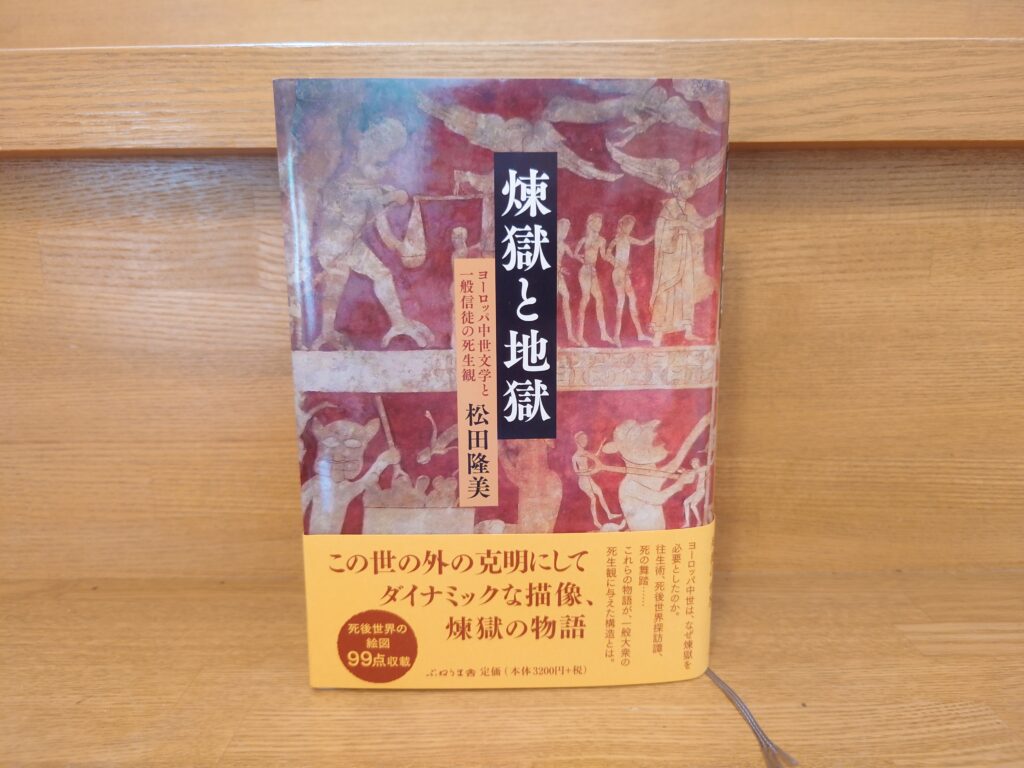
I picked up this book because of Dante'sThe Divine Comedy, Purgatory Arc.was the catalyst.
I read "The Divine Comedy: Purgatory" for the first time in 10 years. When I read it for the first time, I did not have much knowledge of Christianity, and I read it without much doubt about Purgatory. Now that I have relearned about Christianity through Dostoevsky, I have begun to wonder, "What exactly is purgatory?
Purgatory is not mentioned in the Bible. But it has been very important in the Catholic world.
When was this purgatory born? What was the background of the story of Purgatory? And how did it spread among people?
I wanted to know about them and I picked up this book.
The book gives a very clear explanation of why purgatory was created in the historical background.
Ideas do not just appear out of thin air. In this book, we can feel that ideas are born only when they are needed in the context of the times.
Recommended reference books for learning about ancient Rome
Ryoji MotomuraA Global History of the Rise and Fall of the Roman Empire, Volume 04: The Mediterranean World and the Roman Empire.
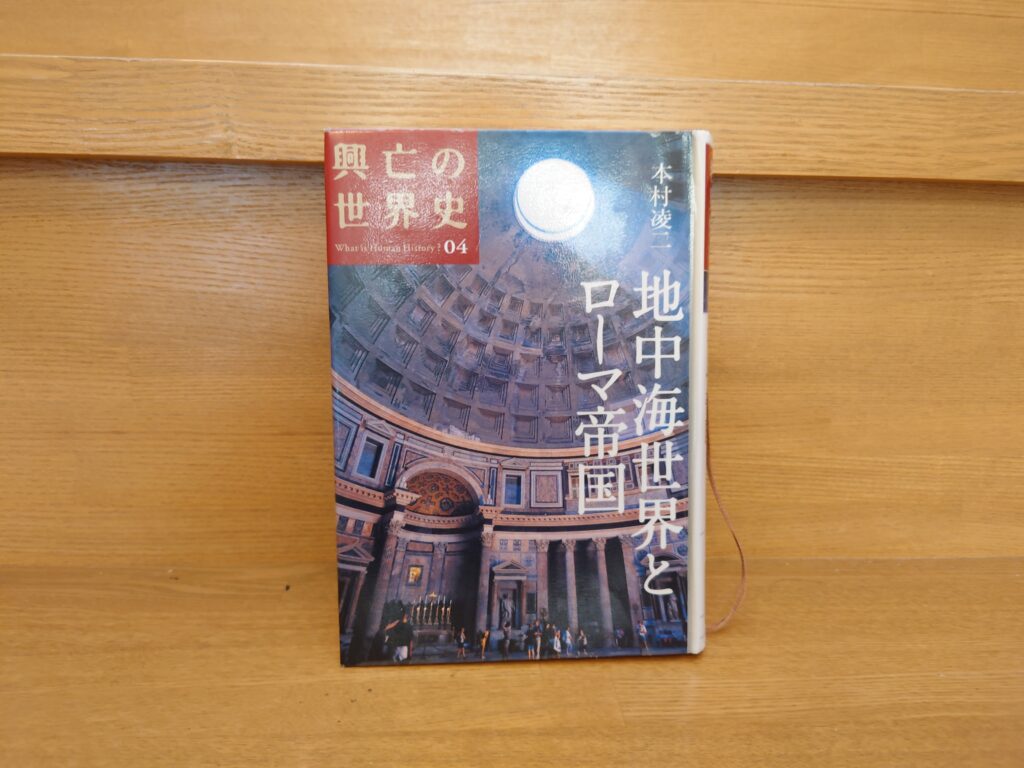
This work, as the title suggests, is a commentary on the history of the rise and fall of the Roman Empire. What is gratifying about this book is that it covers not only the history of the Roman Empire, but also its relationship with Greece, Carthage, and other Mediterranean countries.
And I am glad to see that there is plenty of commentary on Hannibal and Caesar.
When summarizing the long history of the Roman Empire, the book tends to be thin on individual events. In this book, however, the author dares to break away from this and gives extensive explanations about the two big names, Hannibal and Caesar. I was hoping to learn more about Caesar and Hannibal, so this was a very useful commentary.
Of course, rest assured that the other characters are also explained in a clear and dramatic manner. This book is as interesting as if you were reading a single novel from beginning to end.
Kozo SatoThe Eternal City: Caesar's Rome.
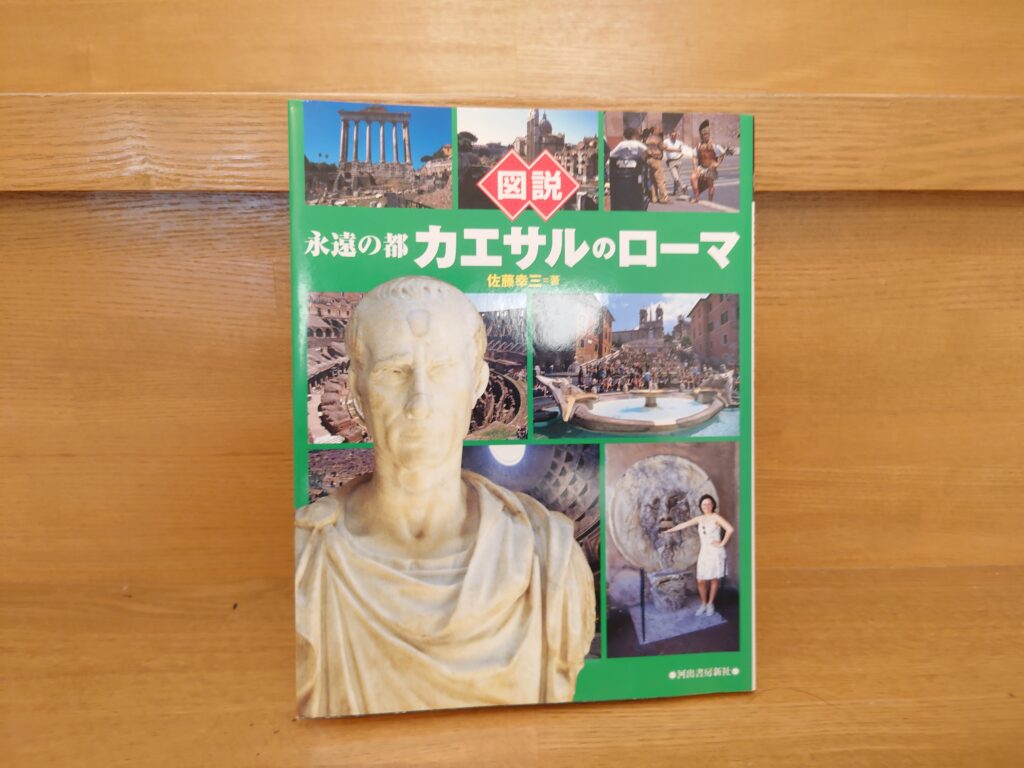
This book will be a guidebook to the history of Caesar and a look at Foro Romano, the heart of the ancient Roman Empire.
This book is very helpful to visualize the local situation because of the large number of photos and illustrations.
There are also extensive maps, so you can learn what is where. You can also learn the history of each of them in this book.
This will be very useful when actually walking in the area.
I have also decided to make a copy of the relevant section and take it with me to the site. This will help me to be well prepared for what I might miss in the field.
While it is important to grasp the big picture of history, it is extremely difficult to grasp what is there and what the highlights are when you arrive at the site. It is difficult to know what is actually there unless you know what is there.
In that sense, this book is a much appreciated guidebook.
Edward GibbonThe History of the Decline and Fall of the Roman Empire.
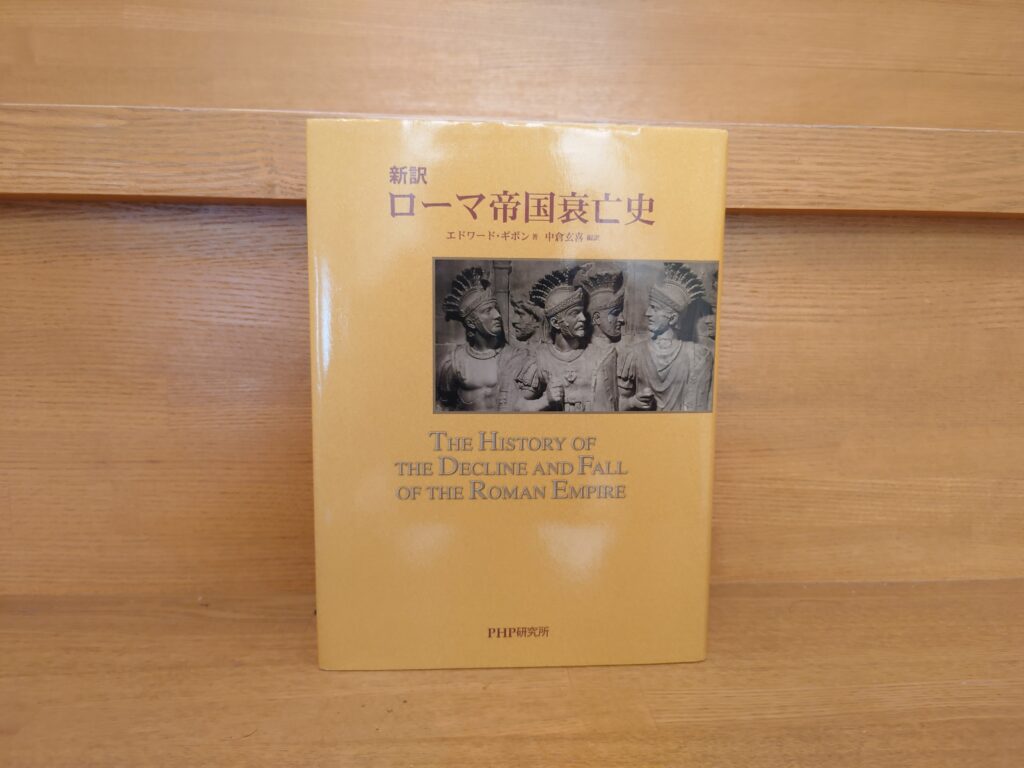
This work is an edited translation of the epic work "The History of the Decline and Fall of the Roman Empire" published in 1776, but it is still a large work of over 500 pages.
Why did the Roman Empire, which had enjoyed such prosperity, collapse?
Is it possible to simply view the collapse as having occurred simply because of the barbarian invasion?
What was happening in the prosperous Roman Empire?
This work is a good way to think about them.
And while following the course of history, the book also offers lessons that are relevant today. This is a very deep book!
This book, which discusses various considerations in addition to Gibbon's writing, which is as easy to read as a novel, is still one of the best books of all time.
The translator's commentary between chapters is also very thorough.
Thanks to this commentary, it is also easier to grasp the flow of the sections that are difficult to understand from the main text alone.
This book has made me more curious about the Roman Empire. It is a great book that stimulates my intellectual curiosity.
Antony EverittCicero: Another History of Rome.
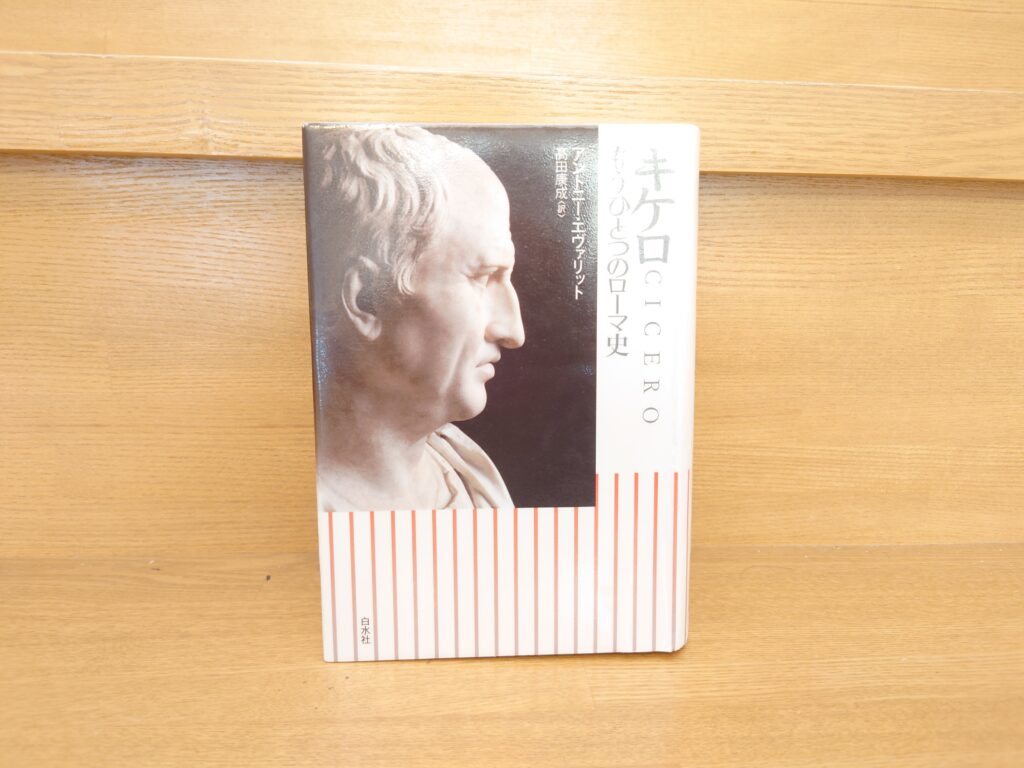
Cicero was a famous Roman philosopher and orator, but he was also a politician who lived in the very same era as Caesar (c. 100 - 44 BCE).
I too had an image of Cicero as a philosopher, so it was difficult for me to understand Cicero as a politician. I was also surprised to learn that he fought to the end to defend the republic against Caesar, who was trying to dictate to him.
While the Roman Empire is often associated with Caesar, this book looks at Roman history with Cicero at the center. It is very interesting to see ancient Rome from Cicero's point of view, not as a hero's story, but as a loser in a sense.
We tend to associate the Roman Empire with Caesar, and we tend to get carried away with heroic tales of "crossing the Rubicon," "coming, seeing, and winning."
We cannot resist the story of an overwhelmingly charismatic man who bludgeons his enemies and changes the world with his brilliant determination.
But what happened behind the scenes of this fascinating tale of heroism? It is not often that we have the opportunity to find out.
This is exactly where this work appeared.
Cicero worked all his life to protect the republican system and prevent dictatorship. But the republican system he was trying to protect was already corrupt and dysfunctional. He had to fight on in the face of adversity. In this difficult situation, Cicero continued to be troubled.
In this work, you will learn about "another Roman history" that is different from Caesar's ancient Rome.
Reading this book, I was confronted with how dysfunctional ancient Rome was. But instead of destroying it, the book tells of Cicero's struggle to somehow restore it.
Antony EverittAugustus, The Beginning of the Roman Empire."
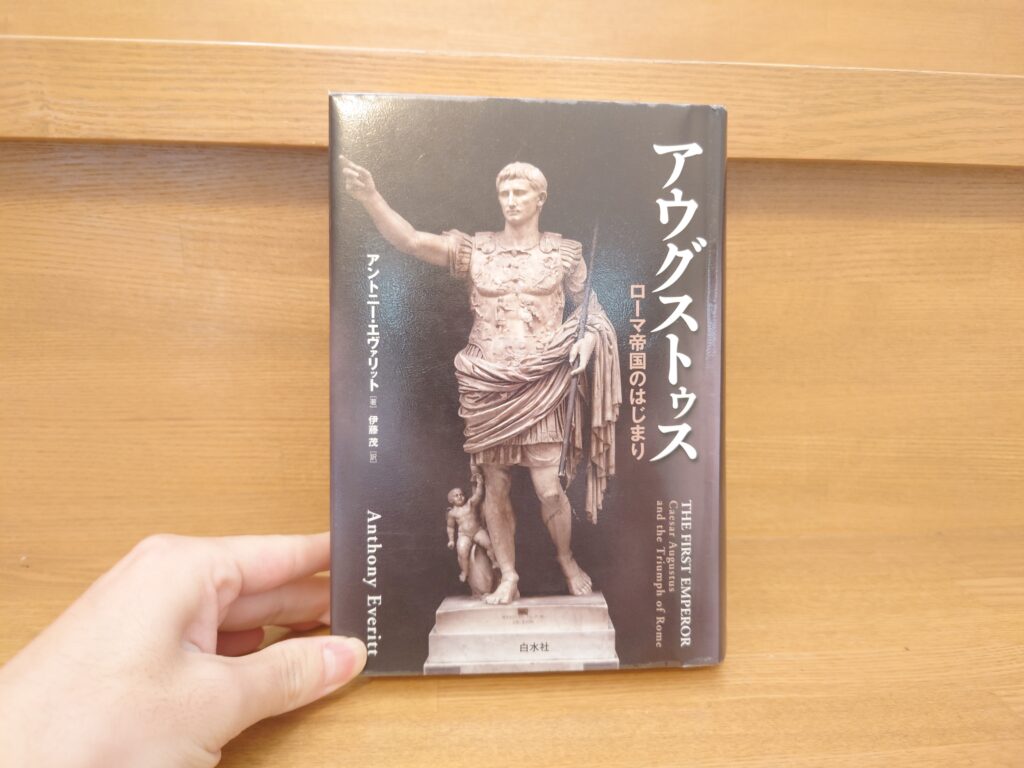
Augustus, the protagonist of this work, is the nephew of that Caesar.
Above.Cicero: Another History of Rome.In the following section, we talked about Cicero, who lived at about the same time as Caesar. Cicero struggled to defend the republic. However, he was unable to stop Caesar's dictatorship and even met a tragic end when he was assassinated by Antonius, who became one of his successors. His death occurred in 43 B.C., a year after Caesar's death.
Augustus, born in 63 B.C., spent his youth witnessing these very political tragedies.
Although he was Caesar's nephew, Augustus was sickly and weak in military affairs, but he gradually built up his power through days of patience and eventually rose to the top of the Roman Empire. He gradually built up his power and rose to the top of the Roman Empire, and this led to the golden age of the Pax Romana (Roman Peace). From here, the prosperity of the Roman Empire continued for about 200 years until the reign of Marcus Aurelius, the philosopher-monarch. It was Augustus who started the heyday of the Roman Empire.
This biography is recommended to learn about the life of Augustus and the historical background of his time.
Augustus was less flashy than his hero Caesar, but he accomplished more and more things that even Caesar could not do. We can only be amazed at his power.
Antony, who fought a fierce struggle for power with Augustus after Caesar's death, was the hero of Shakespeare's masterpiece tragedy, "The Greatest of All Tragedies," in which the two men were killed in a battle of wits.Antony and Cleopatra"He is also the protagonist of the
It was Shakespeare's work that inspired me to learn more about the Roman Empire, and "Augustus: The Beginning of the Roman Empire" is a biography that is exactly right for the time period.
I also really enjoyed reading about how different the actual history is from the Antonius, Cleopatra, and Augustus that Shakespeare spoke of.
At the same time, I was also horrified to learn how much of the Roman Empire's prosperity was drenched in blood. It made me think about how many sacrifices were made under the ideal of preserving the republic and creating a peaceful country.
CaesarThe History of Gallic Warfare
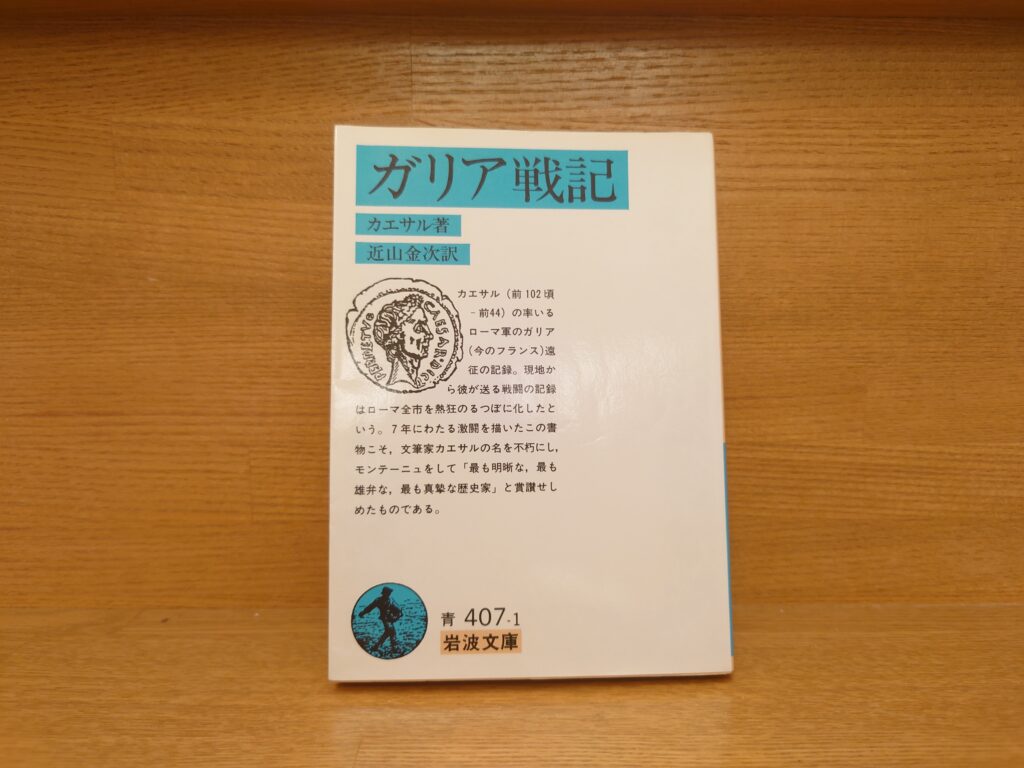
Caesar is one of the most famous heroes of the Roman Empire. Caesar is also famous for such phrases as "The die is cast," "Cross the Rubicon," "I came, I saw, I won," and "Brutus, you too?
His charisma has been featured in many works, including Shakespeare'sJulius Caesar."He left behind a masterpiece called
Now, such a literary work by Caesar is this "History of the Gallic Wars".
If you actually read the book, you will be amazed at the fluidity of the writing. I was expecting Caesar to use eloquence to describe his exploits and the circumstances of his battles, but he does so in a very matter-of-fact manner.
Furthermore, the subject is written as "Caesar is" instead of "I" and the style is that of a "report" by a third party.
I thought this would be a mere report that would be bland, but as I read on, a strange change occurred.
Before you know it, you will be dominated by the feeling of "Caesar.... I was so impressed with the book that I was almost overcome by the feeling of "Caesar....
The style of writing is simple. There are no unnecessary descriptions. But somehow, the story of the battle and the valor of the warriors are conveyed to us with a realistic sense of reality. And Caesar calmly directs the Gallic expedition. The impression that the battle was won because of Caesar's outstanding command and his ability to see and analyze the whole situation accurately comes to mind. This is an amazing thing to read and understand.
Even I, who live more than 2,000 years later, can only imagine how much enthusiasm it must have generated in the Romans, who were anxiously waiting for the war to begin.
Cicero had nothing but praise for Caesar's "The Gallic Wars". I picked up the book to read this masterpiece, and it was a great decision. I was surprised to learn that such a work existed in ancient Rome. The hero Caesar was also a first-rate writer.
Philippe MatisacDaily Life in Ancient Rome."
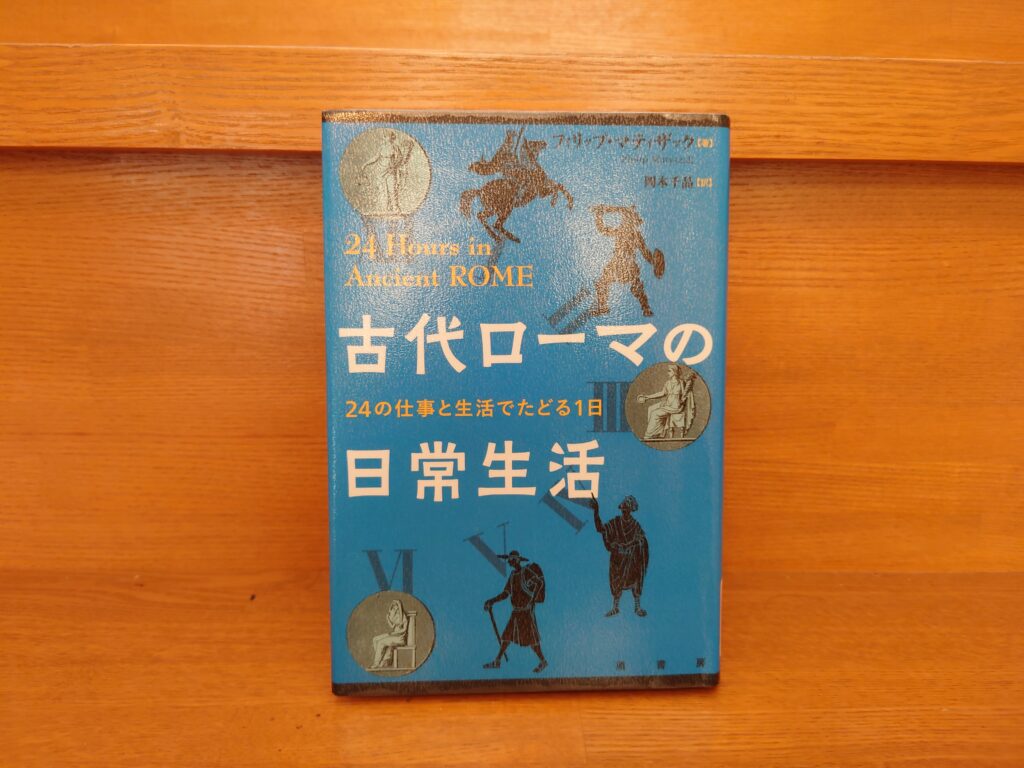
This book is a work that tells about the life of ordinary people in Rome under the reign of Emperor Hadrian in 137 AD.
For them, life is not about celebrating the glory of the empire, but about making rent, having relatives to take care of, and dealing with the daily challenges that arise at home and at work. Rome may be the greatest city on earth, but still, the people who live here have to get through the traffic, get along with their neighbors, and find affordable, good food in the markets."
When I read this sentence, I had an aha moment.
When we try to learn about the history of the Roman Empire, we tend to focus on heroes such as Hannibal and Caesar, fierce tyrants such as Caligula and Nero, and great figures such as the Five Wise Emperors who built the powerful Roman Empire, and we are also attracted to magnificent buildings such as the Colosseum and the Pantheon. The Colosseum, the Pantheon, and other magnificent architectural monuments are also a source of fascination.
However, as mentioned above, for most of the people who actually lived in ancient Rome, such a huge history was irrelevant, and they lived their daily lives just like we do today.
This is a surprising blind spot.
When we try to read the big picture of history, we lose sight of the lives of each and every person who lives there.
But the aggregate of each person's life is also a great history.
Theoretically, if you think about the big picture in your mind, you will have a clear view of the world. However, the people who actually live in the world are a thousand different things. The world is not run only by the heroes who appear in history books. This is a difficult point in learning history, but at the same time, it is a scene that is full of fun.
Looking at the big picture, but also imagining the life of each individual...this is the best part of history.
This book is just such a true delight.
WelgiriusAeneis."
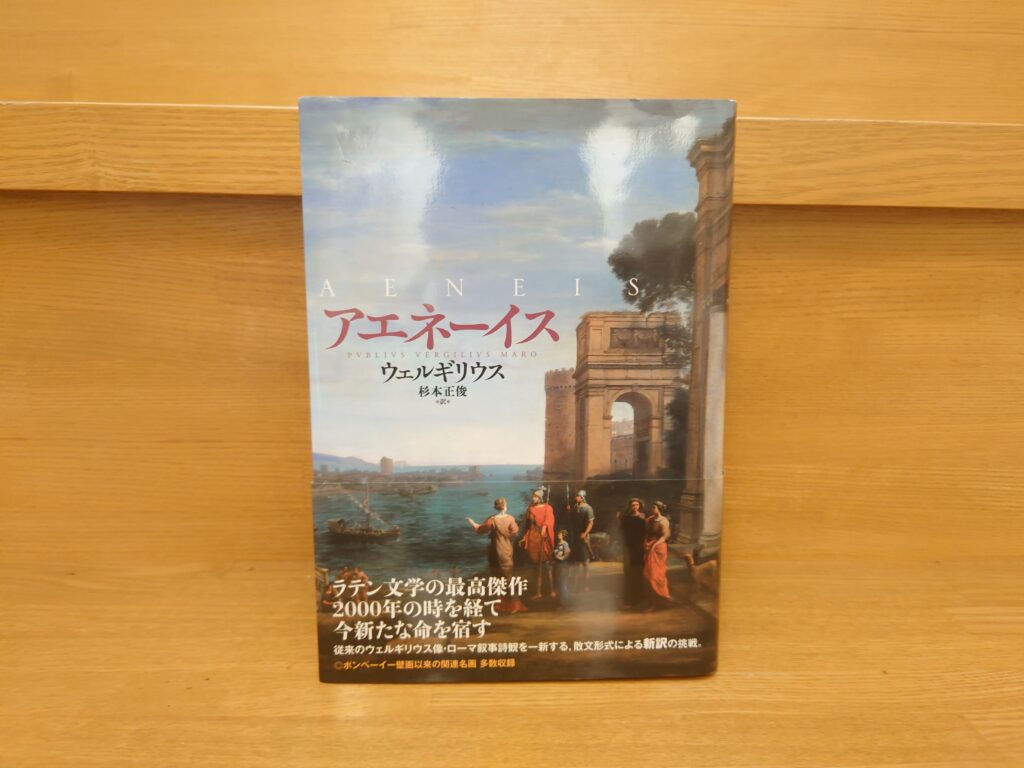
Vergilius was an ancient Roman poet. We have previously discussed him inSynopsis and Thoughts on Vergilius' "Pastoral Songs" - "Arcadia, an Ideal Land of the Past."article.
With this work, Vergilius solidified his position in Rome, so much so that the emperor Augustus took notice of him.
In the last decade of his life, Vergilius continued to write the work "Aeneis". Although Vergilius died before completing it, the work he left behind is still loved as a spiritual source for Rome and even for Europe.
What surprised me most about this piece was its connection to ancient Greece.
Ancient Greek mythology is Homer'sThe Iliad.andThe Odyssey.are well known, and "Aeneis" is a story directly related to these very stories.
The main character, Aeneas, is a Trojan. In other words, he is on the losing side of the Trojan War as told in "The Iliad".
The Trojan War was a battle that was settled by a Trojan horse operation by the Greek army (the Achaeans) in the final stages of the battle.

The main story of "The Iliad" does not discuss the Trojan Horse, but this "Aeneis" tells the story in detail. The battle was settled by the Greek army's trickery. The Trojan army was defeated by the Greeks. And one of them was a general named Aeneas.
Aeneid begins with this defeat. Troyes, which was thoroughly destroyed and massacred by the Greek army. Aeneas, who escaped from there, eventually ended up in Rome and became the founder of Rome, which is the main plot of this story.
If you read "Aeneis," it is clear that Wergilius was writing with an intense awareness of Greece.
In particular, there is considerable criticism (one might say vilification) of Odysseus, the mastermind of Operation Trojan Horse and the cause of the Trojan's downfall. As you will see when you read this book, it is so blatantly caricatured that you can't help but laugh.
I think I enjoyed this work largely because I read "The Iliad" and "The Odyssey" before reading this work. I think these three works are in a sense connected as one. I highly recommend that you read the three books as a set.
OedipusA Tale of Transformation.
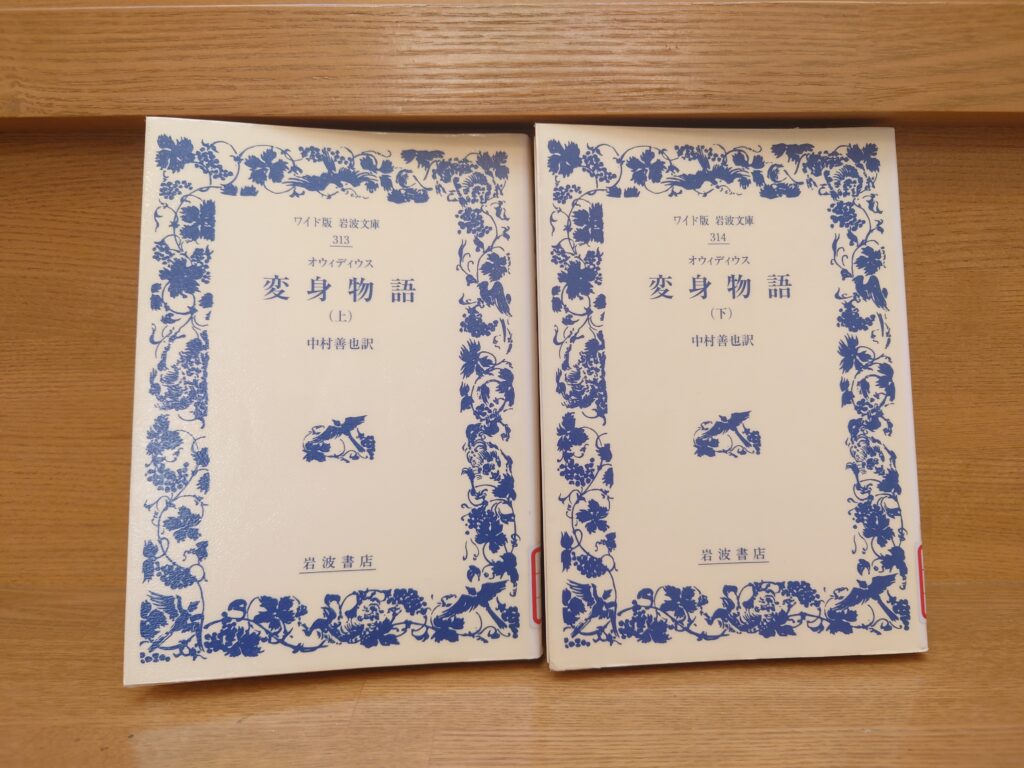

Owidius was a Roman poet a generation after Vergilius, whom I mentioned above.
The Metamorphoses is a collection of ancient Greek and Roman myths.
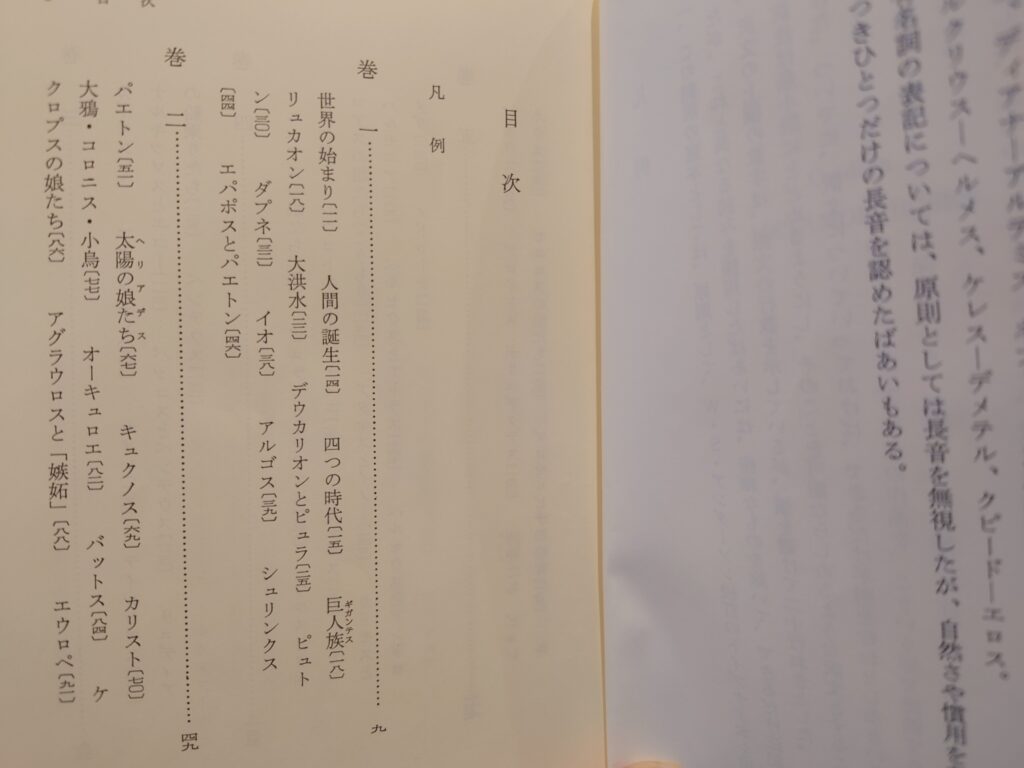
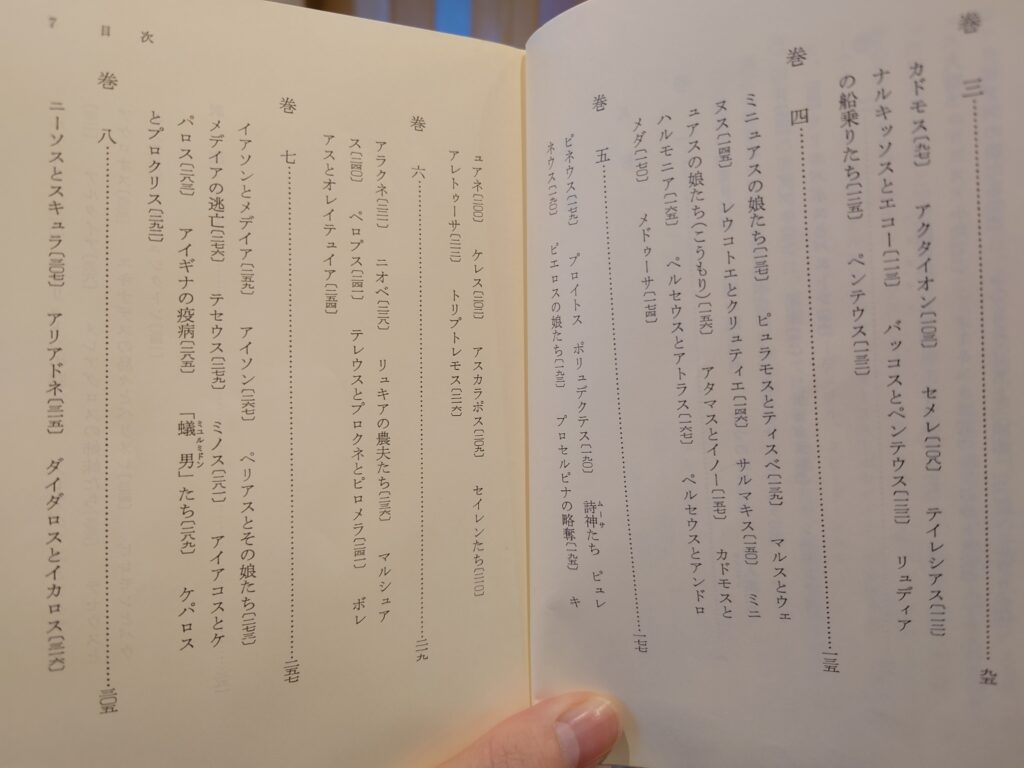
Here is the first half of the table of contents of the upper volume, and as you can see, there are a tremendous number of entries. As you can see, there are a tremendous number of entries, each of which is a Greek or Roman myth. As you can see, each of these myths is a Greek or Roman myth. As you can see from the number of pages, each story is quite compact. Therefore, you can choose only the myths that interest you and read them quickly.
Many other well-known myths are included in "The Metamorphosis." Another important aspect of this work is that the ancient Greek and Roman myths were sung not in Greek, but in Latin, the language of Rome.
Vergilius as presented above.Aeneis."was the founding myth of Rome. Oedipus followed his example and summed up the spirit and culture of Rome in this work. The existence of these two Roman poets, Vergilius and Oedipus, had a tremendous influence on later European culture. They are truly the fountainhead of European art. It was a very interesting experience to read the works of these two poets.
Both "Aeneid" and "Tales of Transfiguration" have been reworked into a prose style in the Japanese translation, making them very easy to read and not requiring that much elbow grease. They are quite easy to read. In particular, "Tales of Transfiguration" is an easy read.
This will increase your chances that when you come in contact with European painting, sculpture, and literature, you will say, "Oh, this!" I am already encountering more and more such situations. I am already encountering more and more such situations. This is interesting.
LucretiusOn the Nature of Things."
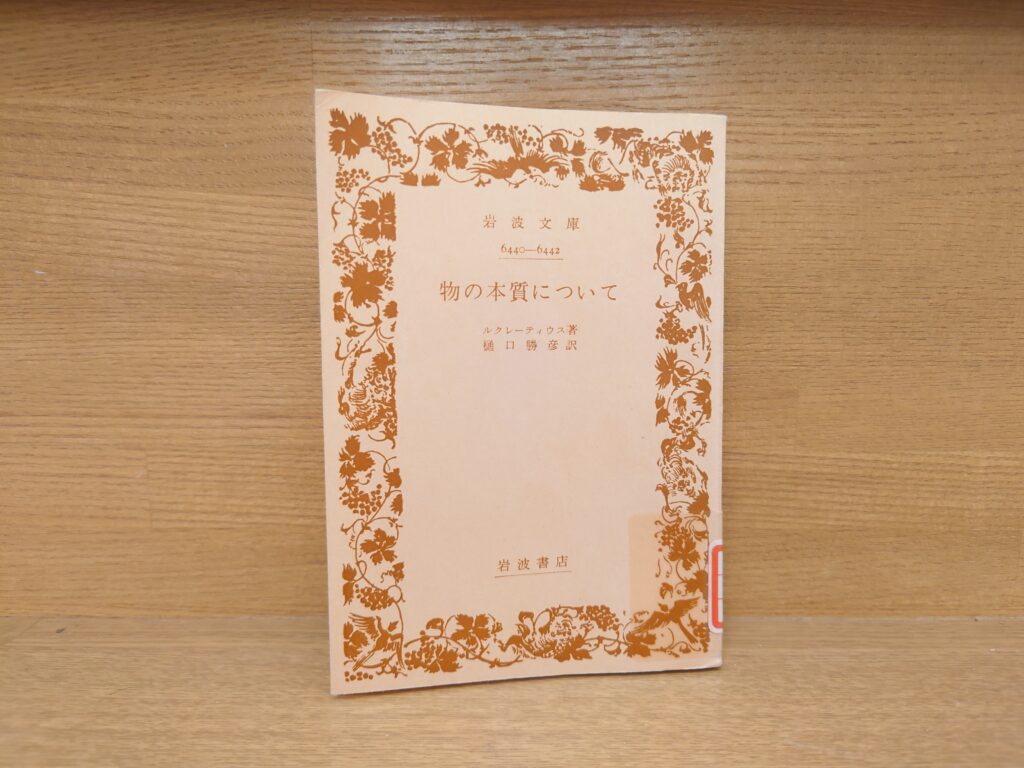

Lucretius was an Epicurean philosopher of ancient Rome. His contemporaries include that Caesar (100-44 BC) and Cicero (106-43 BC).
I was shocked to read this Lucretius' On the Nature of Things.
I was astonished that someone had already said this more than 2000 years ago! I was astonished.
As stated in the book's introduction above, "This is a work of scientific enlightenment detailing the atomistic view of nature of Epicurean philosophy, a work of unparalleled historical value today. You can learn what scientific thinking was like more than 2,000 years ago.
People do not think scientifically, Lucretius says, and so they bring up "divine will" and fall into their own fear.
And "Give him a break!" I want to say," Lucretius will look at natural phenomena dispassionately. He thoroughly refuses to understand these natural phenomena as "divine will. In this book, he calmly and dispassionately looks at these natural phenomena, believing that we should be able to understand them if we look at them scientifically. This thoroughness is astonishing.
Lucretius clearly states that "there is no divine will" and "nothing comes from nothing".
A fearsome figure existed in ancient Rome.
The reading was a renewed amazement at the high cultural standards of ancient Rome.
Koji NakanoThe Words of Seneca, the Roman Philosopher."
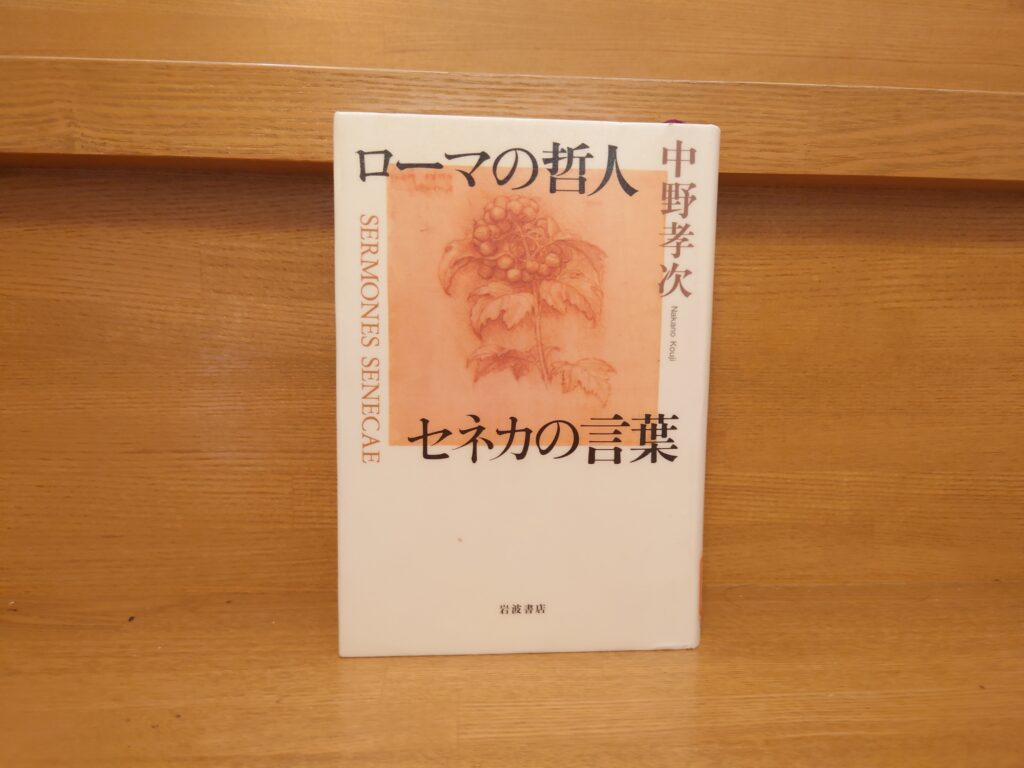
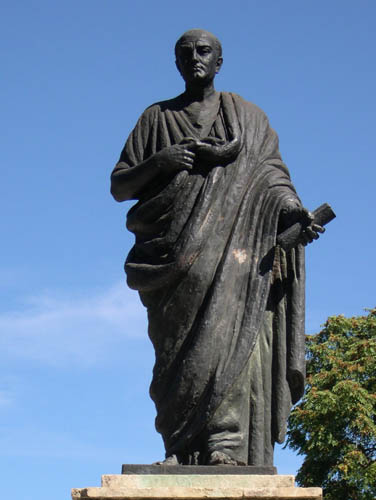
Lucius Annaeus Seneca (ca. 1-65 BCE)Wikipedia.
Seneca was a leading philosopher of the Roman Empire, who had the amazing distinction of being a teacher of that tyrant Nero.
Surprisingly, the tyrant Nero also ruled the Roman Empire as a good monarch for the first five years after becoming emperor. It is said that Seneca's education was behind this good rule.
However, it was not until Nero's murder of his own mother that his very face as a tyrant came to the fore. From that point on, Seneca began to distance himself from Nero. Finally, Seneca was tragically forced to commit suicide by Nero.
This book, "The Words of Seneca, Philosopher of Rome," is an excellent introduction to Seneca.
In the first half of the book, Seneca's life is briefly discussed, giving us an idea of the kind of life he lived.
We will then read together the famous phrases selected by the author from Seneca's works.
The author seems to have quite a lot on his mind about modern Japan, and along with Seneca's words, he harshly criticizes the state of modern man.
I can seriously feel that they are worried about what will happen to the book in the future.
Although it seems that such discourse has become much less common these days, I believe that it is important to question our modern way of life based on the words of the ancient greats.
Whether one agrees with Seneca or the author's assertions is up to the individual, but to face the words head-on. That in itself can be a very important reading experience.
Seneca.On the Shortness of Life."
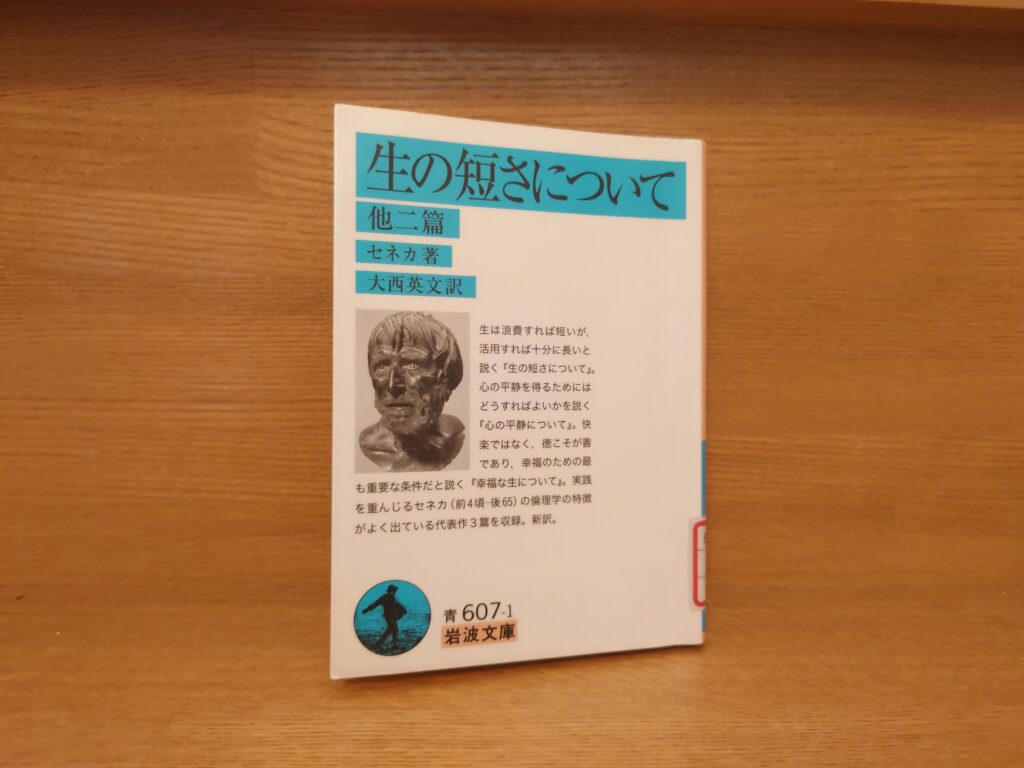
Seneca was busy tutoring Nero and being appointed to various government positions when he wrote "On the Briefness of Life. On the Shortness of Life" is a work born from Seneca's circumstances.
Seneca consistently states, "Live in the moment. And he insists that we should not lose time to things outside of ourselves.
This is no time to waste. How do you live your life, Seneca asks?
I felt that there are elements of Buddhism in this work, so much so that I wondered if Seneca was Buddha. Not only the teachings themselves, but also the style of writing, which seems to ask questions to each reader, is similar.
This is also explained in Koji Nakano's book, "The Roman Philosopher, Seneca's Words," where Seneca's words areThe Analects of ConfuciusIt was also pointed out that it is very close to what is spoken of in the Buddhist and
The similarities between Roman Stoic philosophy and Buddhism were very interesting to me as well.
epictetusA Life Story."
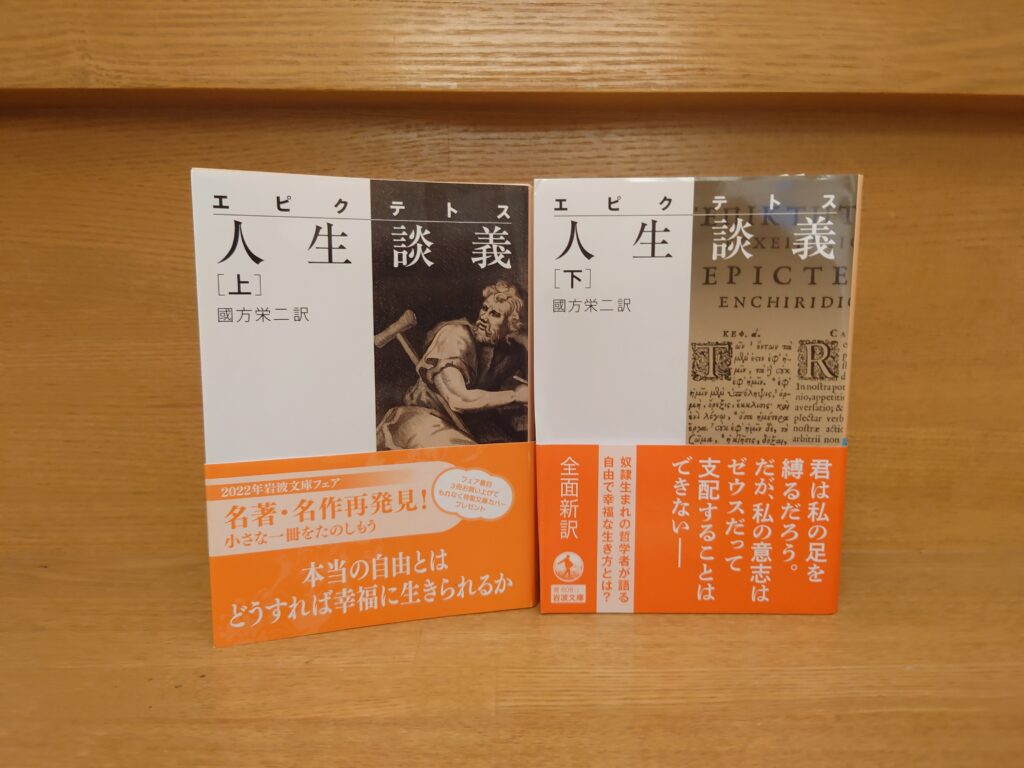
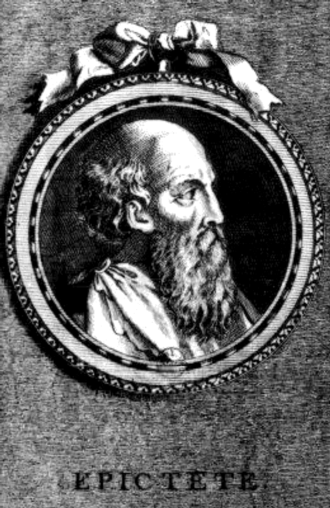
Epictetus was an ancient Roman Stoic philosopher with a surprising origin: he was born a slave. His ideas are known to have greatly influenced the later Roman Emperor Marcus Aurelius.
The "Philosophical Discourse" itself is not attributed to Epictetus, but to his disciple Arianeus, who wrote down his words.
The detailed explanations of Epictetus are included at the end of each volume, making his life and the characteristics of his thought easy to understand even for the novice reader.
This book, "Life Discourse," is a fairly hard-edged philosophical work. While Marcus Aurelius' "Self-Reflections," which I will introduce next, was a very readable work, I honestly struggled a lot with this one. It is truly a philosophical treatise. Seneca's work was also very readable, but this Epictetus is quite different.
This work was not written by Epictetus with the reader in mind, but rather is a transcript of a dialogue between a student and his teacher. Therefore, this work is a direct record of the philosophical discussions they were having at the time. Some parts are developed in the form of questions and answers, and I think the feature of this work is that we can catch a glimpse of their daily life.
This kind of frank question and answer between a teacher and a disciple reminds me of "Tannisho" by Shinran's disciple Yuiyo.
This work may be a bit demanding for casual reading, but there is no doubt that it is a book of thought by a very first-rate philosopher from ancient Rome. It is a work of great significance to people today. Why not pick up a copy?
Marcus Aurelius.A Reflection of Myself."
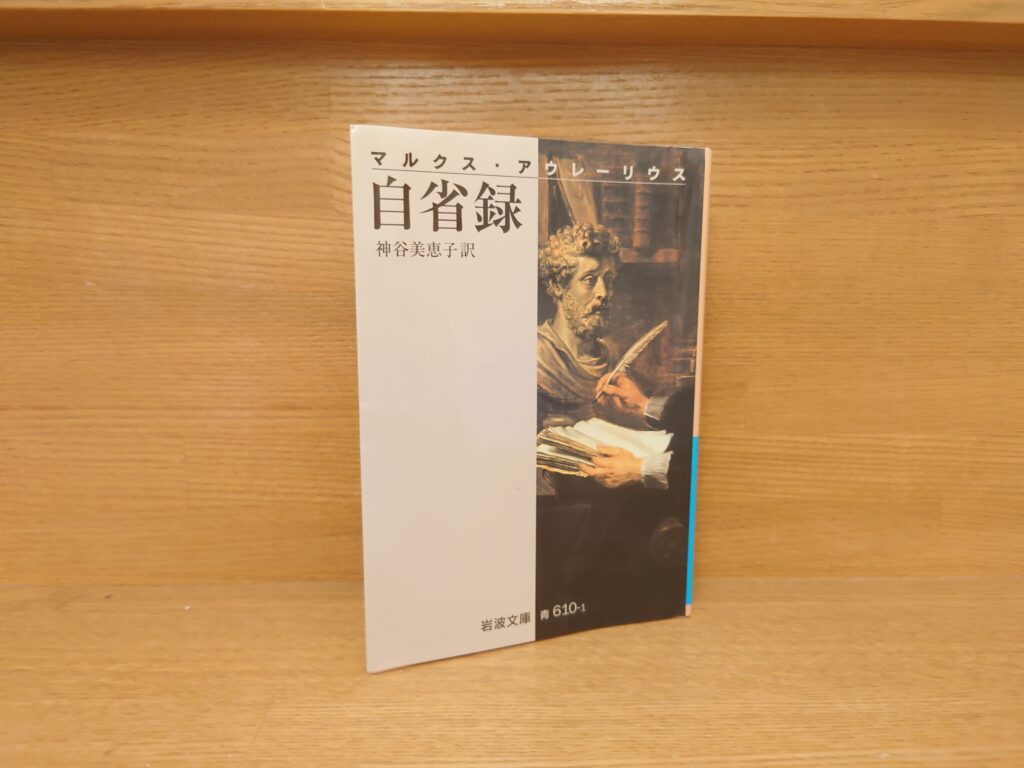
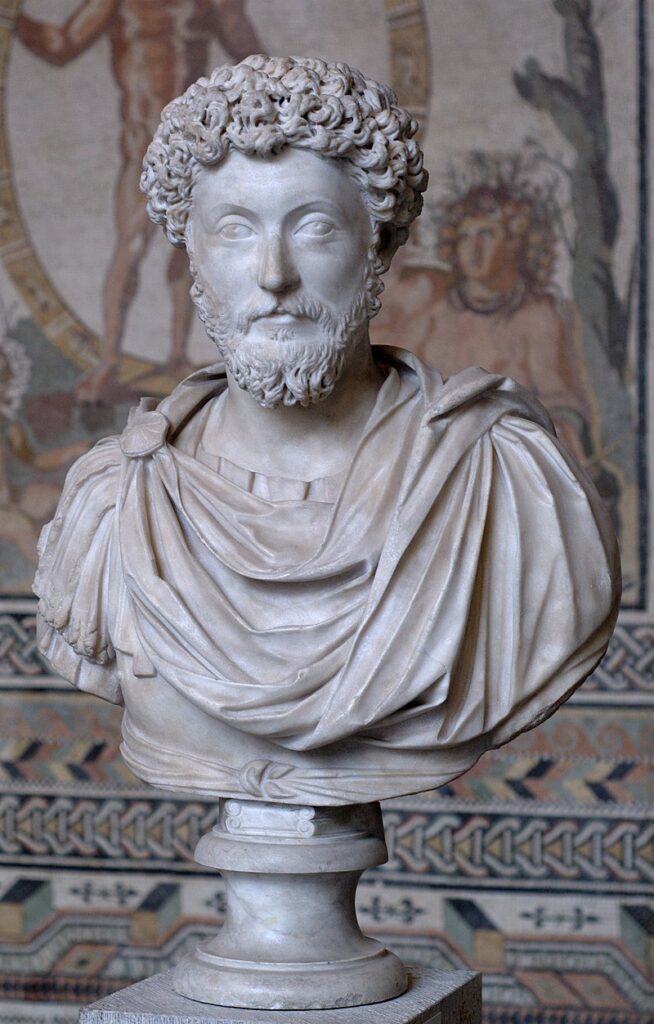
Marcus Aurelius was a Roman emperor who reigned from 161 to 180. He was known as the last of the Five Wise Emperors who brought Rome to its zenith and was also a renowned Stoic philosopher.
Epictetus' book "Philosophical Discourse," which I mentioned above, contains quite a bit of philosophical content and is honestly quite difficult to read.
However, Marx's "Self-Reflections" suppresses such philosophical discussions and instead focuses on real life, making it a surprisingly easy read.
Once the Stoic thought has taken over Marx's soul, what charm and life it has taken on. It is because he lived this thought. Because he lived it.
This is precisely the point of "Self-Reflections". The blood of one man, Marcus Aurelius, flows through it. It is not just an abstract philosophical theory, but his own struggle to live it in the real world.
You can read about this.
I would like to share here one of the words that impressed me the most.
Remember how long you have been putting these things off, how many times the gods have given you opportunities and you have not taken advantage of them. But now you must realize what part of the universe you are, and what ruler's radiation you are. And that you are limited to a certain amount of time, and if you do not use that time to let light into your heart, time will pass, you will pass, and opportunity will never be yours again.
Iwanami Shoten, Marcus Aurelius, translated by Mieko Kamiya, Jisho Roku, 23rd printing edition, 2020, p. 26.
We see the world on a cosmic scale, and we ourselves are the counterpart to it.Right here, right now."This overwhelming scale asks the question of what we are doing in the
Too big! Too big! I was taken aback by the sheer enormity of the view of mankind. This is the philosopher emperor of ancient Rome.
This is such a great man more than 1900 years ago. This is a great book that I highly recommend.
François ChamouxGreek Civilization."
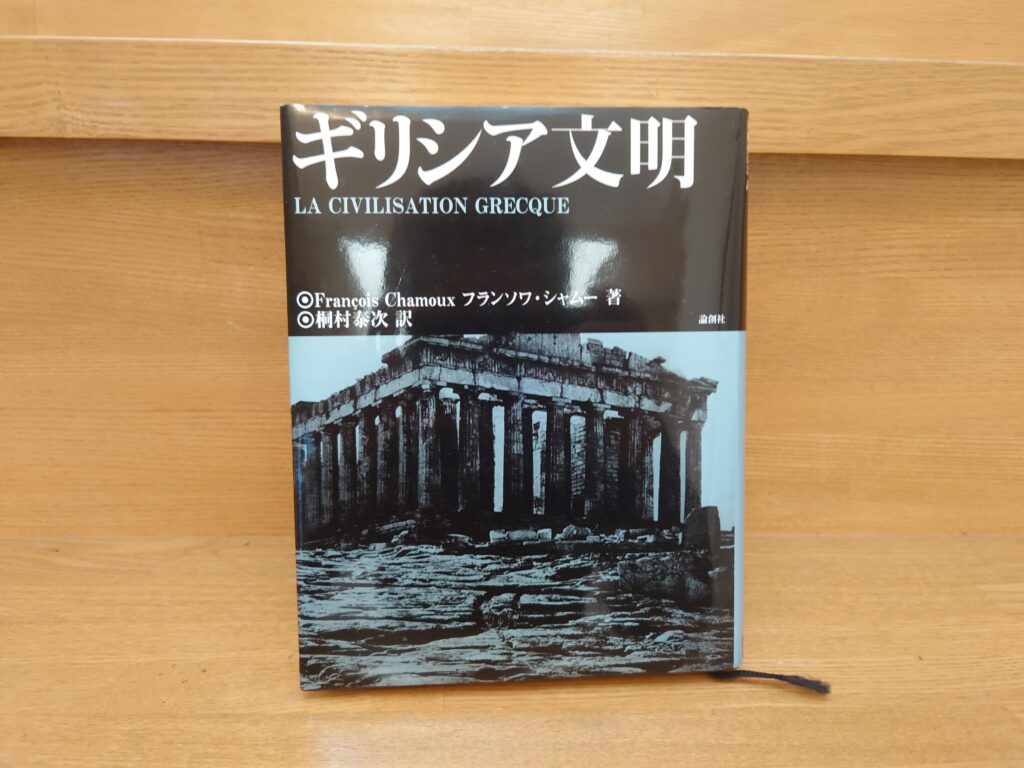
This book is an excellent reference for learning extensively about the Greek civilization that had a huge impact on Europe, especially the Roman Empire.
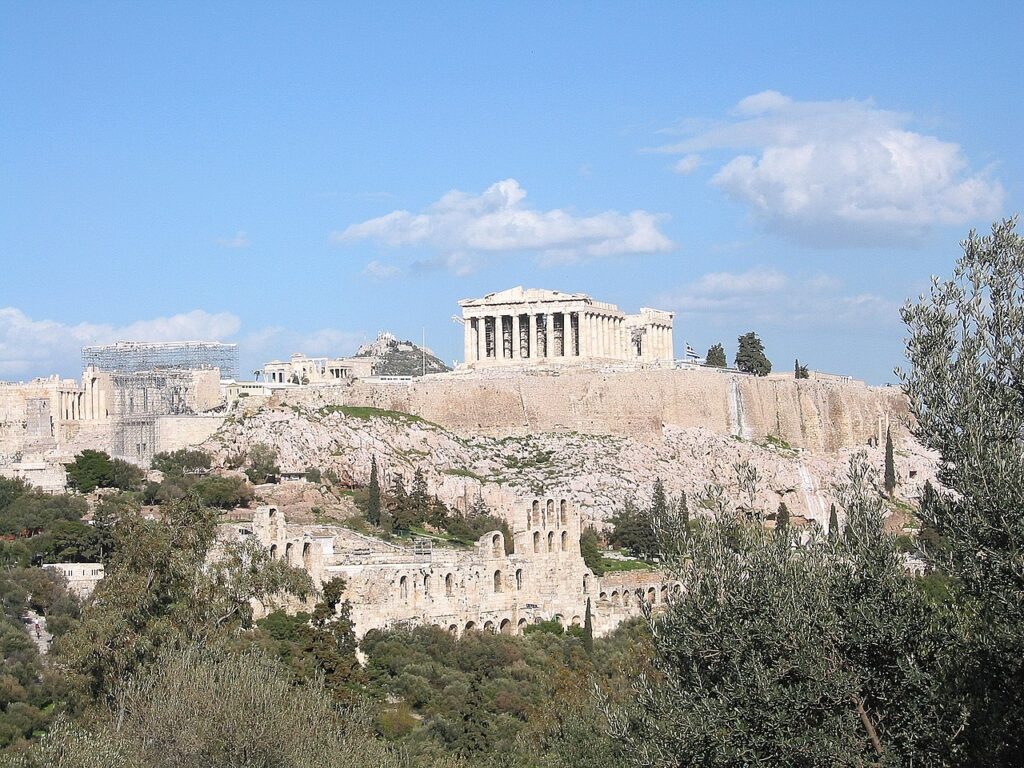
Ancient Greece is famous for the Parthenon in Athens. Also, as the birthplace of the Olympic Games, you may have an image of peace, culture, and art.
However, as we trace the history of this ancient Greece, surprising facts keep coming up.
This work looks at how Greek civilization was formed in the first place, in terms of climate and topography.
It was very interesting to see how the topography affected the people of the area. This work is just so broad in its vision.
It provides a comprehensive look at ancient Greece from a variety of perspectives, which was very gratifying to me as I wanted to learn about the connections between Rome and Greece. I highly recommend this work to anyone interested in ancient Rome.
François ChamouxHellenistic Civilization."
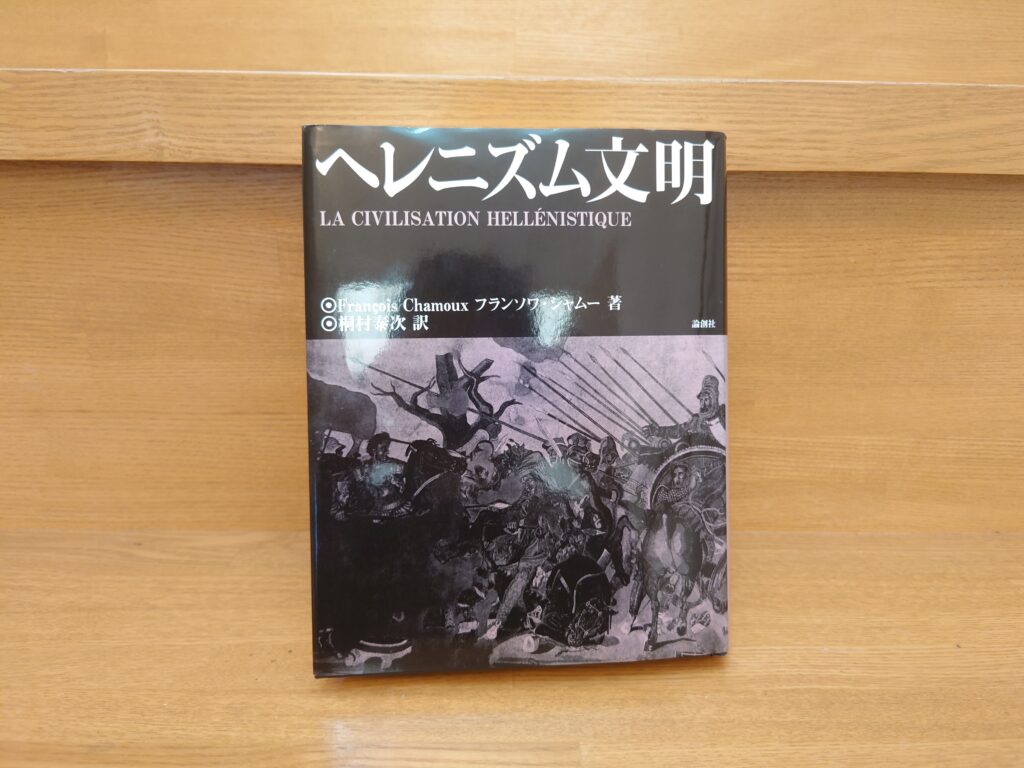
Hellenistic civilization refers to the civilization that spread across the Mediterranean and West Asian worlds after the Greek civilization for approximately 300 years from the reign of King Alexander (336 BC) to the beginning of the reign of Emperor Augustus of the Roman Empire (31 BC).
Some of the most famous Hellenistic civilizations include
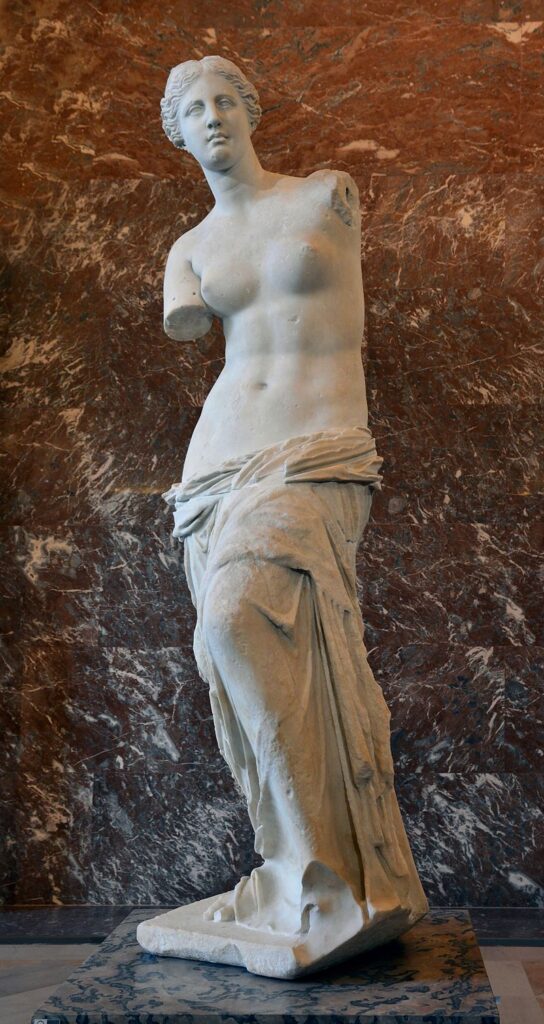
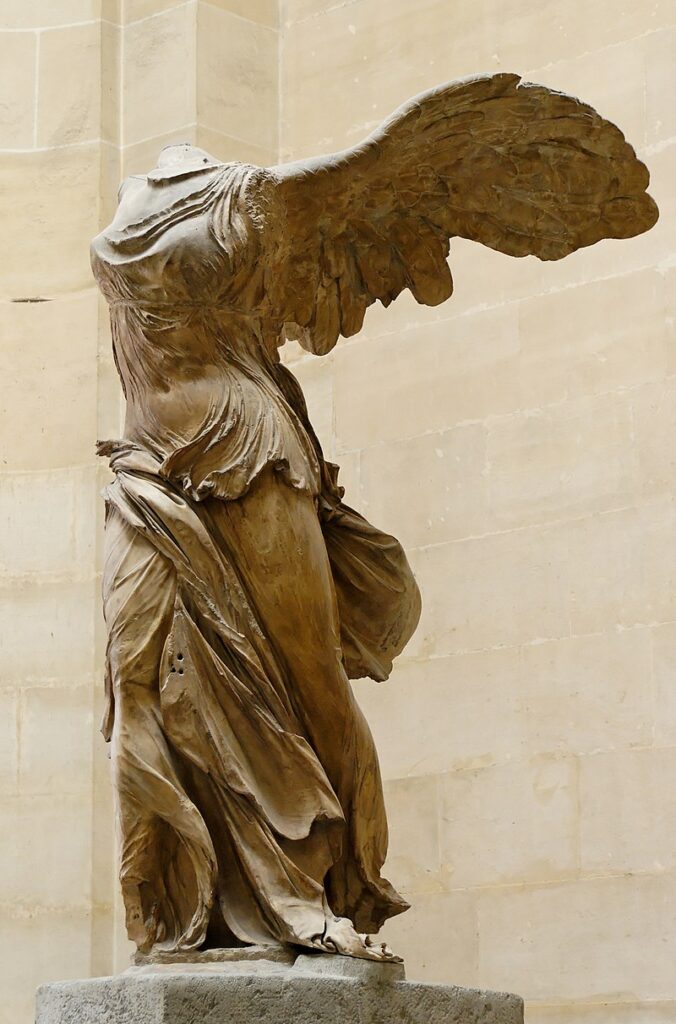
It was during this Hellenistic civilization that sculptures of extreme beauty, such as "Venus de Milo" and "Niquet de Samothrace" in the Louvre collection, were born.
Hellenistic civilization is also known to have influenced Buddhism, of which Gandhara Buddha is a famous example.
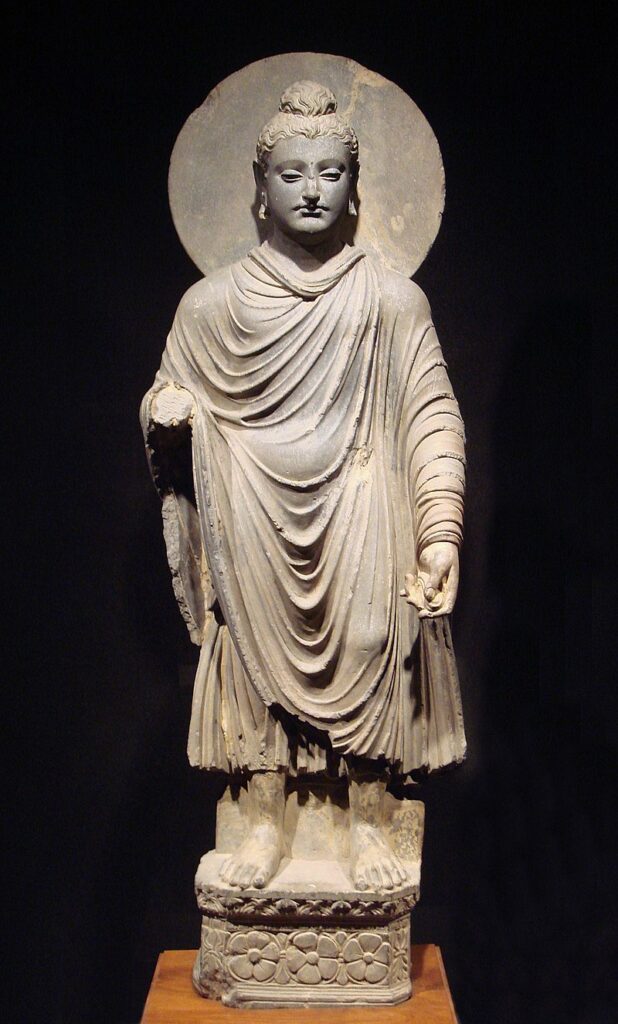
Gandhara Buddha (1st - 2nd century AD)Wikipedia.
Thus, the Hellenistic civilization had a great impact on world civilization.
However, even if you have heard the name, you probably have little idea what kind of civilization the Hellenistic civilization actually was, or when, where, or how it came into being. I was one of them.
For me, this work, "Hellenistic Civilization," is the most exciting and interesting work I have ever seen.
Pierre GrimalRoman Civilization."
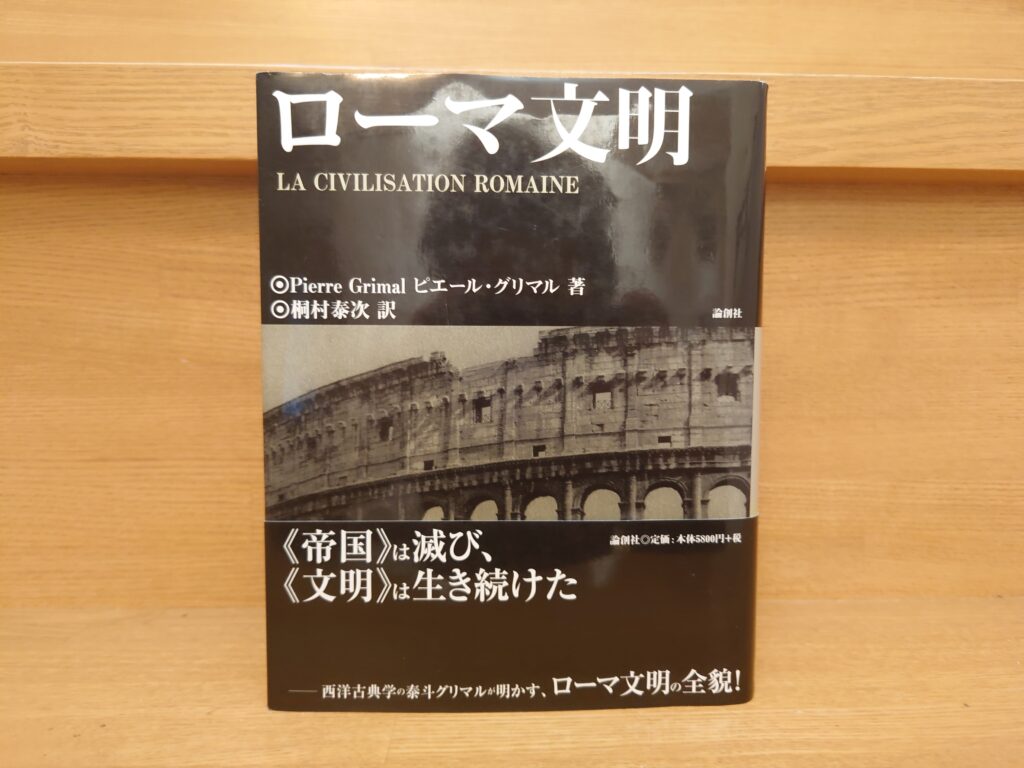
This work has been introduced so far.Greek Civilization."andHellenistic Civilization."As with the "The Civilization of the World," this is a valuable reference book that provides a detailed explanation of the background of the civilization that has taken place and what it has to offer.
The book will explain Rome from its origins to its prosperity and how the advanced civilization that sustained the empire was created. In particular, Roman law, building techniques, culture, and art, which are the basis of "Roman civilization," as the book's title suggests, are discussed in considerable detail.
I have to admit that it is a tough introduction to ancient Rome, but I would highly recommend this work to anyone who wants to learn more about Rome.
Jacques Le Goff.Medieval Western Civilization."
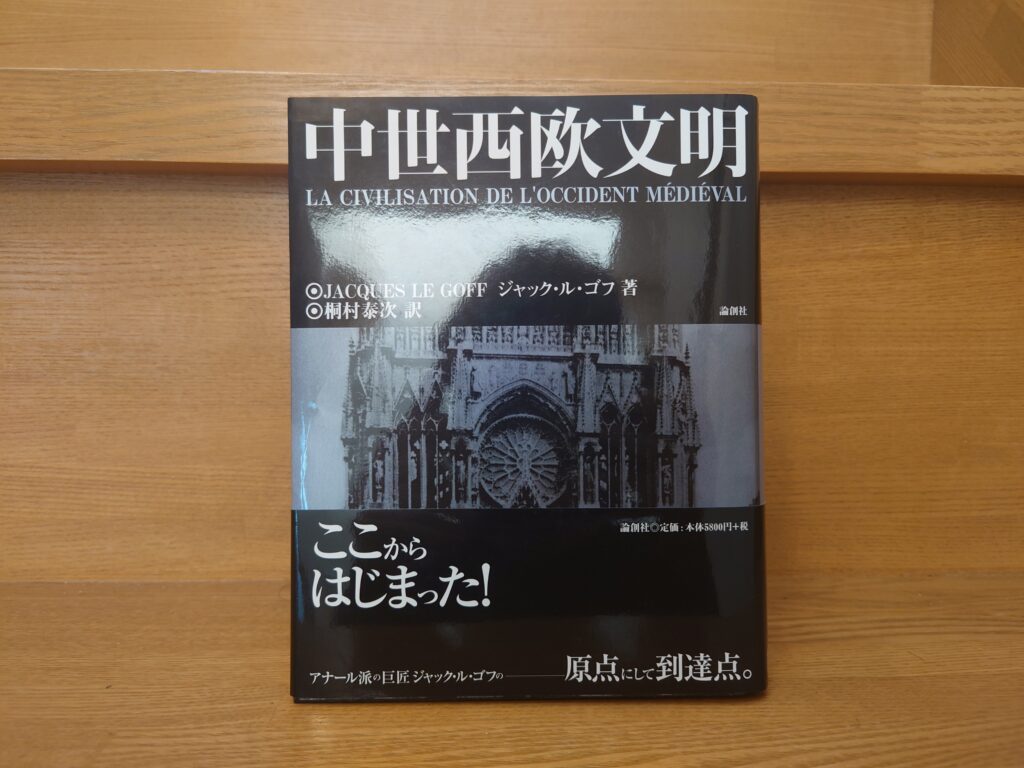
This book has been featured on this blog in the past.Greek Civilization.", ,Hellenistic Civilization.", ,Roman Civilization."and is a work in the same series, this work is a recommended reference for a general overview of medieval Europe.
When we think of medieval Europe, there is a strong image of a dark period from the fall of the Roman Empire to the dawn of the Renaissance, but is this image really correct? This book was very helpful for me to think about what Europe was like during this period and how it led to the Renaissance.
This work is not just a history book. It delves deeply and profoundly into not only the course of history, but also into the lives and cultures of the people behind it.
This book is an invaluable source of information about the lives and beliefs of people in medieval Europe.
It was especially stimulating to hear about the ideas of purgatory and angels, and the relationship between humans and the forest. The explanations kept coming out that made me want to slap my knees and say, "Oh, I see!" I wanted to hit my knees and say, "Oh, I see!
Compared to ancient Rome and the Renaissance, medieval Europe is clearly minor. However, this period should not be overlooked if we consider that it is precisely because of this in-between period that later Europe came into being.
This work will definitely be a great help to see European history in a larger perspective. I highly recommend this work.
Yoshio KikuchiTwo Thousand Years of Mercenaries."
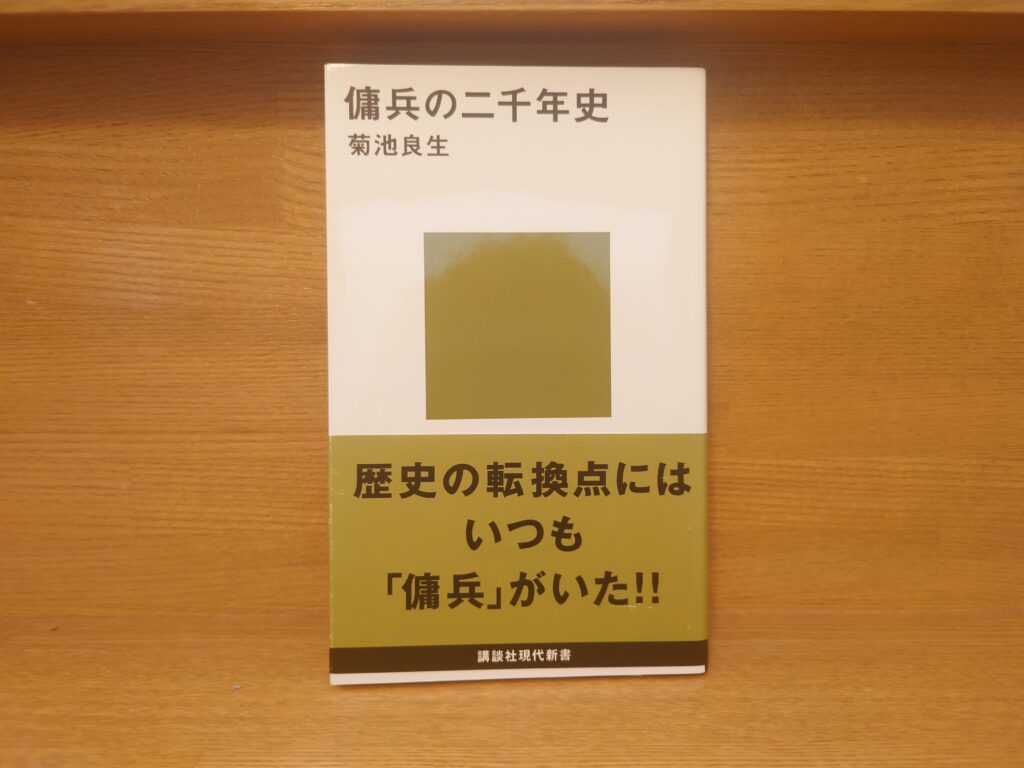
The beauty of this work is that it allows us to look at history from the very beginnings of mercenaries.
This book is a very exciting look at historical changes from ancient Greece in terms of "mercenaries".
After reading this book, the way you see history will completely change from what it was before.
Humans have been fighting wars since long ago. But who was fighting those wars?
Of course, the main players may have been royalty and nobility. But where did each soldier come from? And what system of warfare was used?
Interestingly, the history of mercenaries told in this book is also linked to the history of Japan.
The book also provides very important insights into the history of Japan.
This book has changed my perspective on the Sacco di Roma case again. It was a very gratifying work for me as well.
Gérard Coulomb, Jean-Claude Golvin"Civil Engineering of the Ancient Roman Military: Illustrations of Building Techniques for Streets, Waterways, Canals, etc."
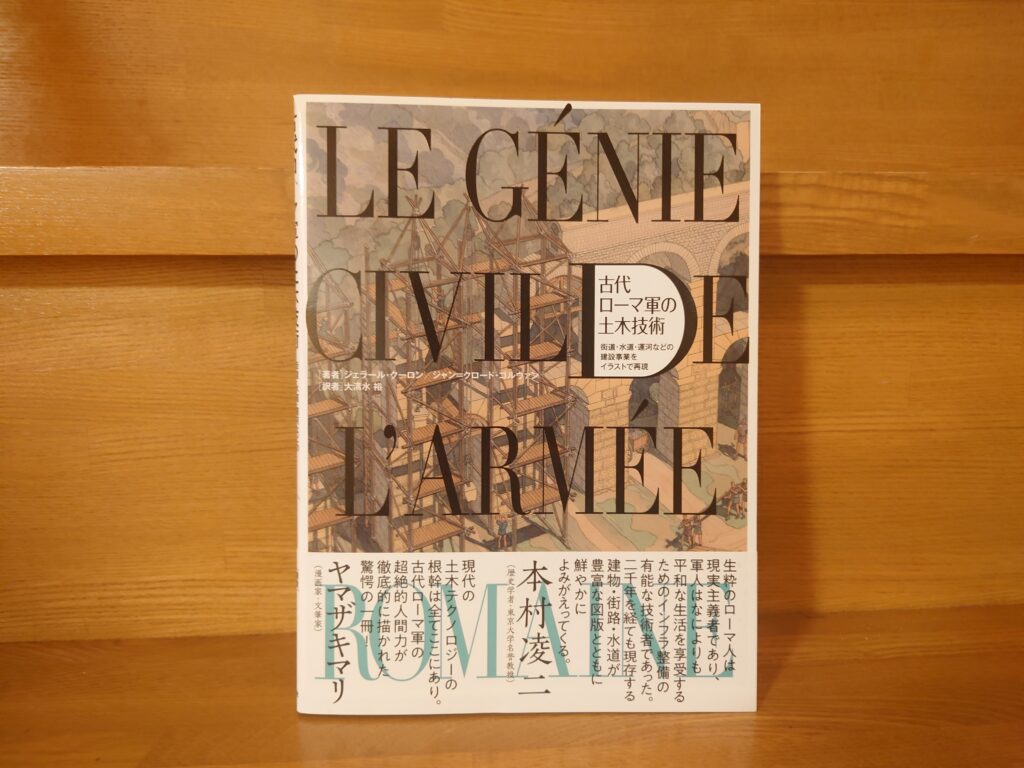
This work provides an insight into the marvelous architectural techniques of the ancient Roman period. As the title suggests, there are many illustrations in this work, making it easy to visualize and understand.
When you think of ancient Roman architecture, you may think of the Colosseum, the Pantheon, aqueducts, and many other things.
It is truly a wonder how such a huge building could have been built almost 2,000 years ago. This book is a great way to get to the bottom of this mystery.
One of the most surprising things to me was the presence of cranes. I was amazed to see that huge, though human-powered, cranes were set up to lift stones high and use them as hammers with weights attached. I can't publish it in this article, but you will be amazed by the illustrations in this book. The crane was set up on a scaffold as high as the top of the building, and the stone was carried up by the crane. We can only marvel at the fact that such a huge work was already done 2,000 years ago.
Also, the mechanism of bridge construction and other aspects of the bridge construction are also a source of "What? That's how they built it? I was astonished at the high level of technology of the Romans. The high level of technology of the Romans was nothing short of astonishing.
It is recommended to learn how the marvelous buildings of Rome were created and the human system that was responsible for them. Why not pick up a copy?
Recommended reference books on Roman art and literature
Toshiro NakajimaThe English Way of Travel: From Grand Tours to Garden Culture
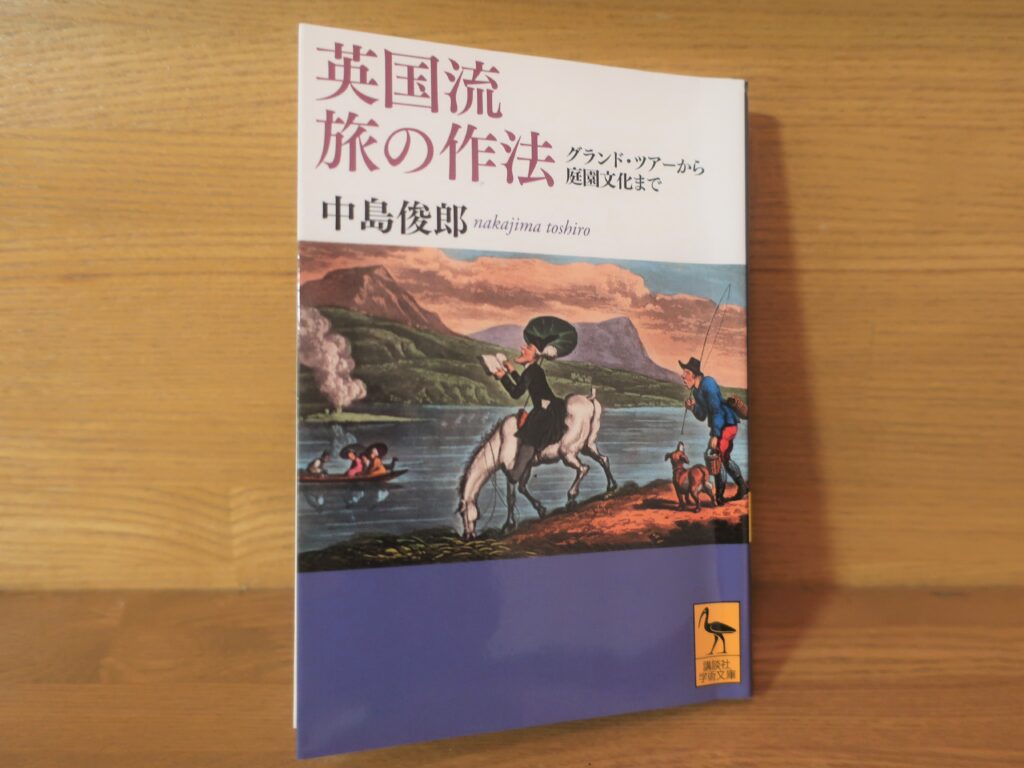
This book is a good reference for understanding what the city of Rome was to the upper classes of England, France, and Germany.
The ancient ruins of Rome attracted the aristocracy of the 18th and 19th centuries.
That Goethe, Andersen, Mendelssohn, and others all loved Rome and reflected it in their art.
Why did all upper class Europeans go to Rome? Was it because of the high quality of the ancient ruins? No, no, there were various unknown backgrounds hidden there.
This book is a work that stimulates my intellectual curiosity tremendously. It is just interesting! You will find more and more eye-opening facts.
Raffaello's Life and Works.
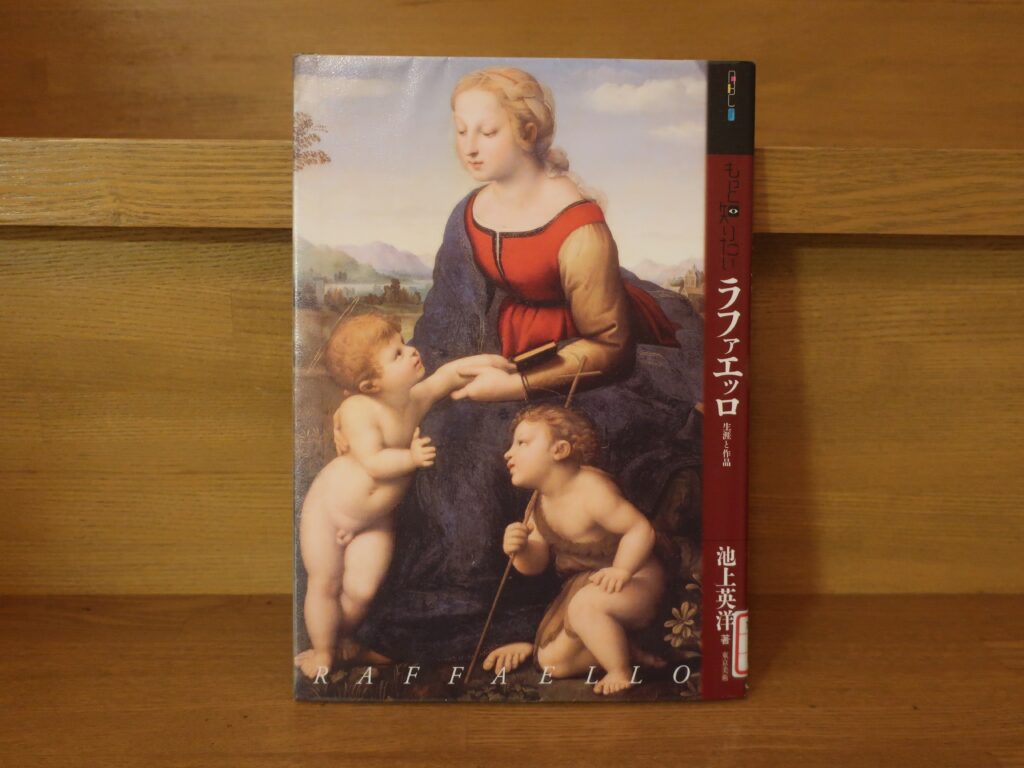
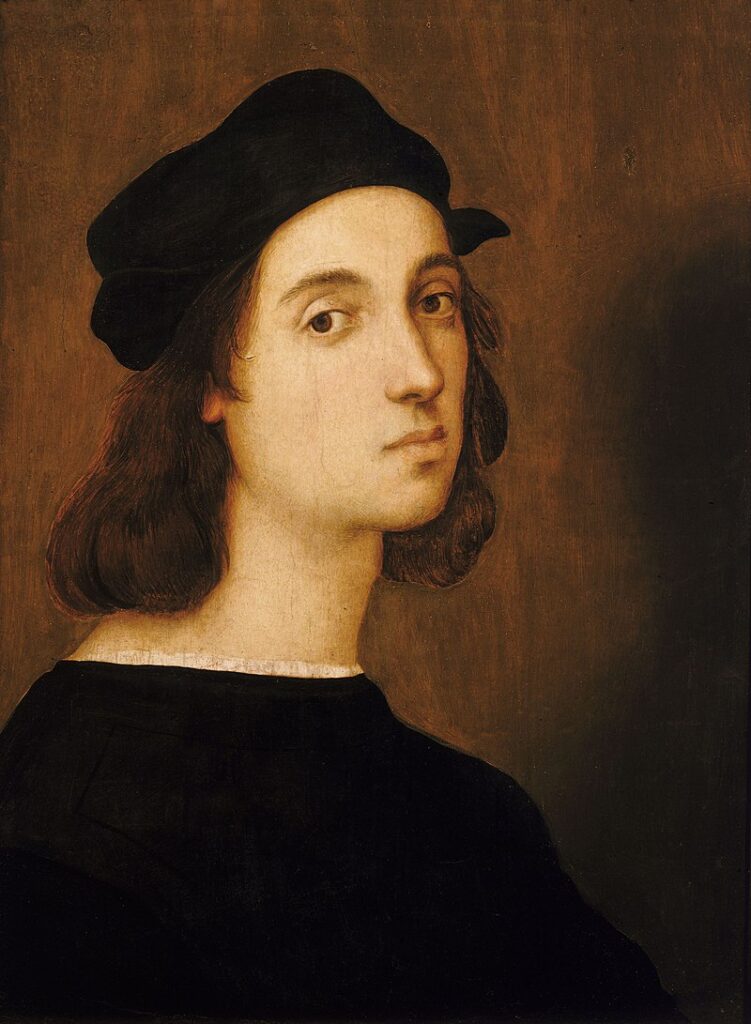
Raphael, it goes without saying, is a Renaissance master along with Michelangelo and Leonardo da Vinci.
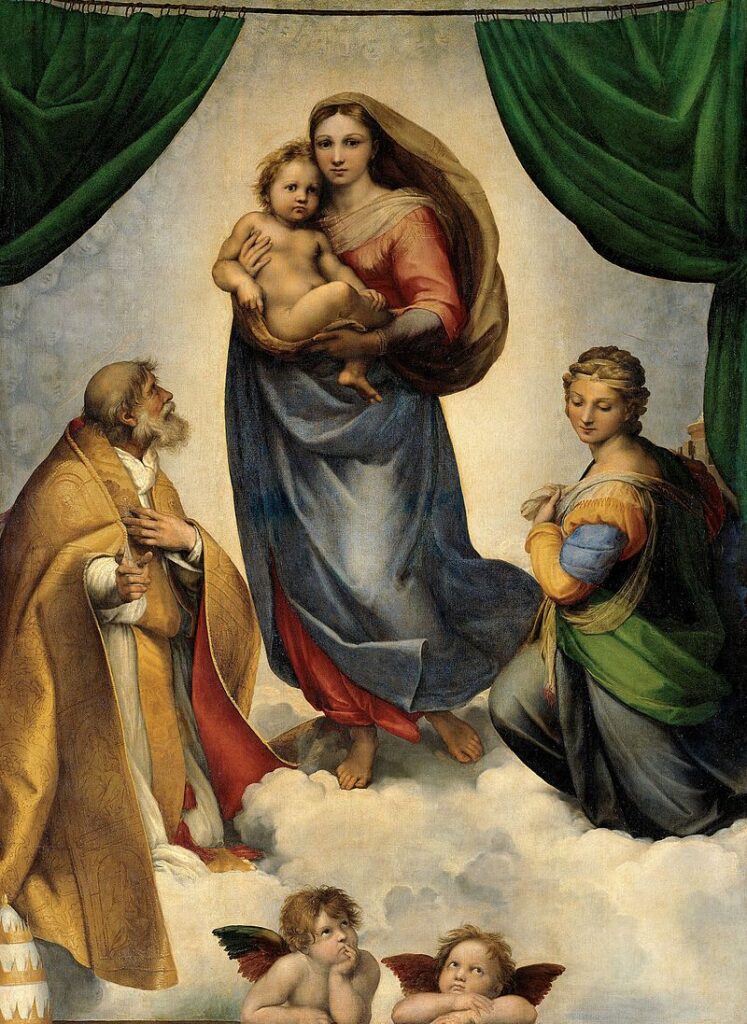
Raphael's masterpiece, "The Sistine Madonna," was also a favorite of Dostoevsky.
In this book, you will take a close look at each painting with commentary. The book traces Raphael's life and looks at his works in chronological order, so you can feel the changes in his style.
Many of Raphael's works are also exhibited in the Vatican Museums, so this work is very useful as a guide for them.
Kikuro MiyashitaA History of Art in the Dark: Caravaggio's Veins.

A light in the darkness evokes in one a solemn and religious atmosphere."
It is natural that out of this fear of the night arose various religions and beliefs, and it was only natural that the light played an important role in them. It seems to liberate people from the dark and terrifying world of darkness and lead them to salvation."
As the author states, the sense of "light and darkness" is fundamental to human beings.
However, because we live in the modern age and are surrounded by electric light, we feel darkness less and less. What happens to people when they feel less darkness? This is a very serious question. We are so accustomed to the bright world that we may have actually lost some things because we do not feel the darkness.
This book is a work that deeply examines such a relationship between "darkness and light" through paintings. I highly recommend this book to deepen your understanding of Caravaggio.
As a monk, I found this work very interesting.
Masumi IshinabeCaravaggio: What kind of painter was he really?
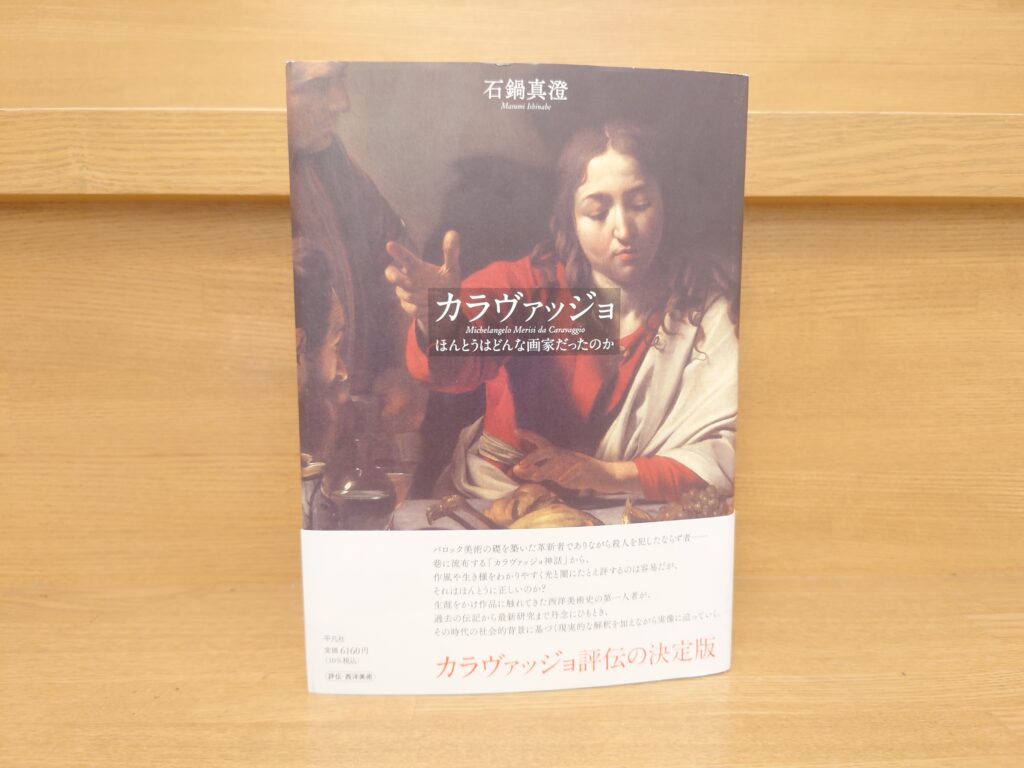
This work is a critical biography of Caravaggio written by Masumi Ishinabe, a researcher of Roman art. As stated in the title of the book, the work is characterized by its focus on "what kind of painter Caravaggio really was.
I was struck by the author's point that "the truth about Caravaggio is that there is an unrestrained mix of facts, speculation, and suppositions. I was also struck by the author's point that "the truth about Caravaggio is that it is a matter of fact, speculation, and supposition.
Sure enough, in this book, you'll find yourself saying, "What! Really?!" The facts that "Oh, really?
The author carefully traces Caravaggio's life and historical background based on new materials discovered in recent years and the latest theories. He says, "We tend to fall into an arbitrary understanding of Caravaggio's works when we only look at them and think about them. It is, after all, such trivial facts that can save us from that. As the author states, "We will clear up the misunderstandings we have had based on the detailed facts that have been proven.
One of the most memorable stories was the one about the truth behind the famous Caravaggio murder. It is often said that Caravaggio committed murder in a fit of rage and met a tragic end while on the run, but a close look at the historical background and other materials reveals a completely different story.
An episode that is easy to understand, simple and exciting is indeed interesting. The gossipy Caravaggio image is certainly attractive to us. But what really happened? The author shows us the gap between facts and myths. This is an eye-opener. It was an unintentional read.
Takashina ShujiThe Light and Darkness of the Baroque."
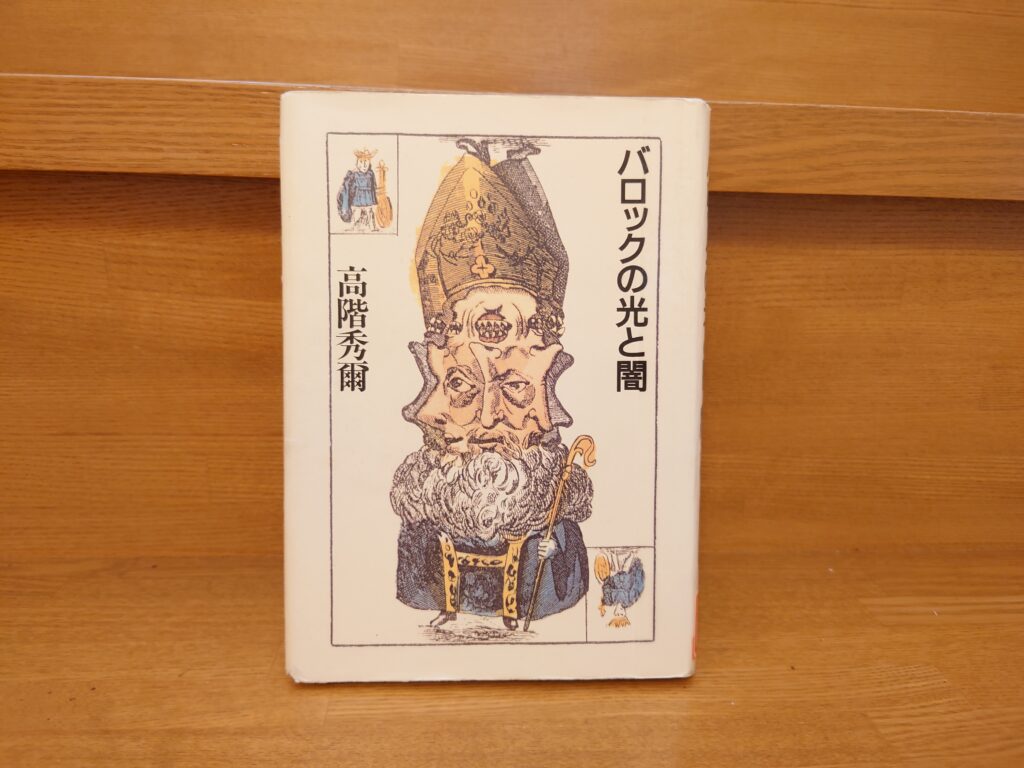
This book takes a close look at the characteristics of Baroque art. It will also clearly explain what makes Baroque art different from the art of the Renaissance heyday of da Vinci, Michelangelo, Raphael, and others, and how Baroque techniques were created.
The Bernini commentary in particular is a true gem. This will definitely make you want to make a Bernini pilgrimage.
This work is a must-have for those who want to learn not only about Baroque art itself, but also about its historical background. Why not pick up a copy?
Takashina ShujiWhat does beauty mean to the Japanese?"
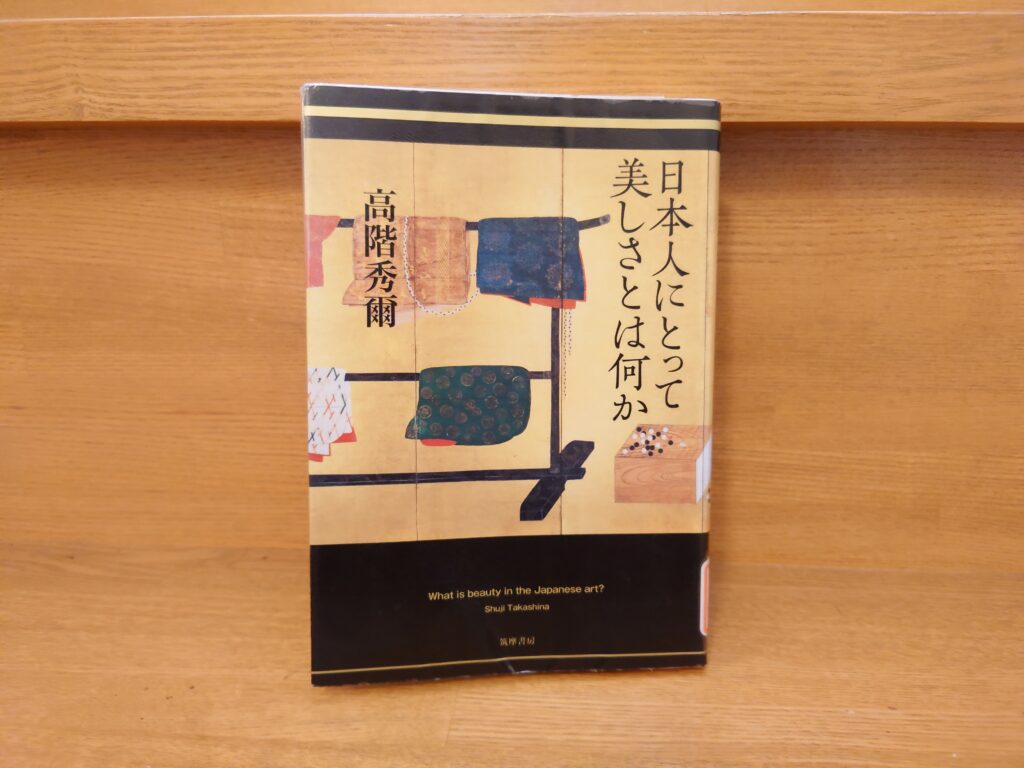
This book is a work that compares Western and Japanese art to consider "what beauty means to the Japanese," something we are not often aware of.
One cannot see one's own face directly. Only when it is reflected in a mirror can its features be captured. The image in the mirror is not only one's own, but also from the outside, from the viewpoint of others. Artistic expressions such as fine arts (architecture, painting, crafts) and literature (stories, poetry, drama) can be better characterized by accepting and contrasting the perspectives of different cultures (e.g., Western culture).
Exactly, there are things that can be seen only by comparing different things. In this book, we will compare the West and Japan using many photographs and paintings.
As you read, you will keep making discoveries that will make you say, "Oh! You will find yourself groaning as you read.
Akira KondoPoussin, the Father of Painting
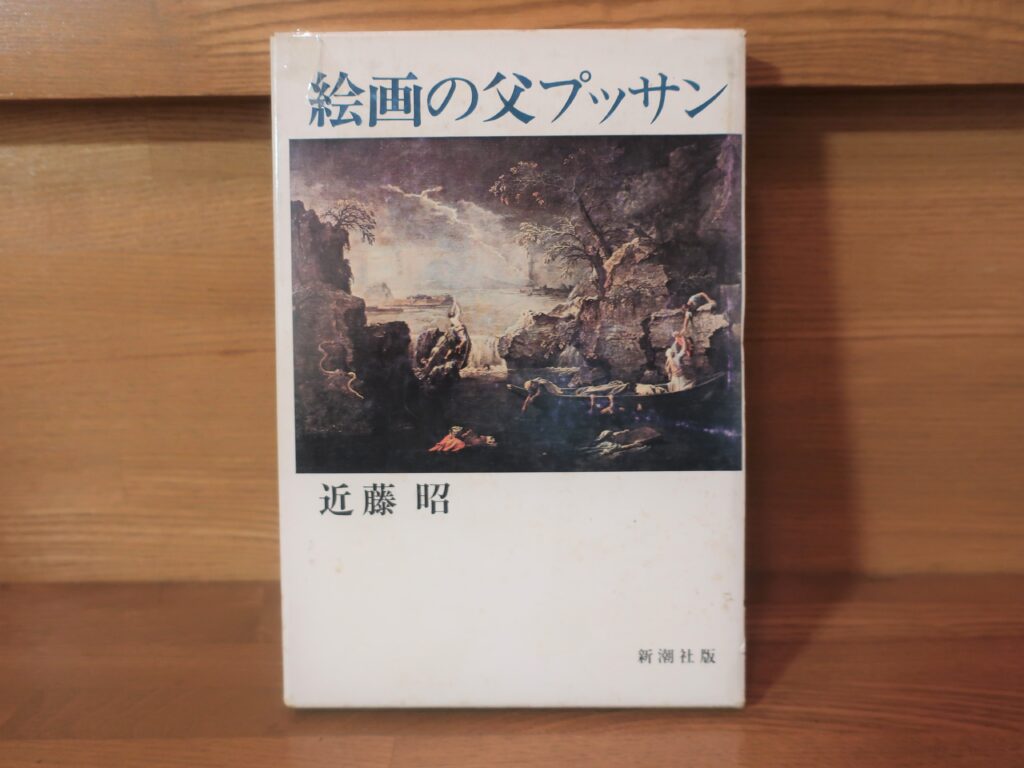
Nicolas Poussin, who is featured in this issue, is above.Toshiro Nakajima, "The English Way of Travel: From Grand Tours to Garden Culture," a recommended work explaining world travel as an essential education for aristocrats!As mentioned in the article "The History of Painting in Europe since the 17th Century," he has had a very significant impact on the history of European painting since the 17th century.
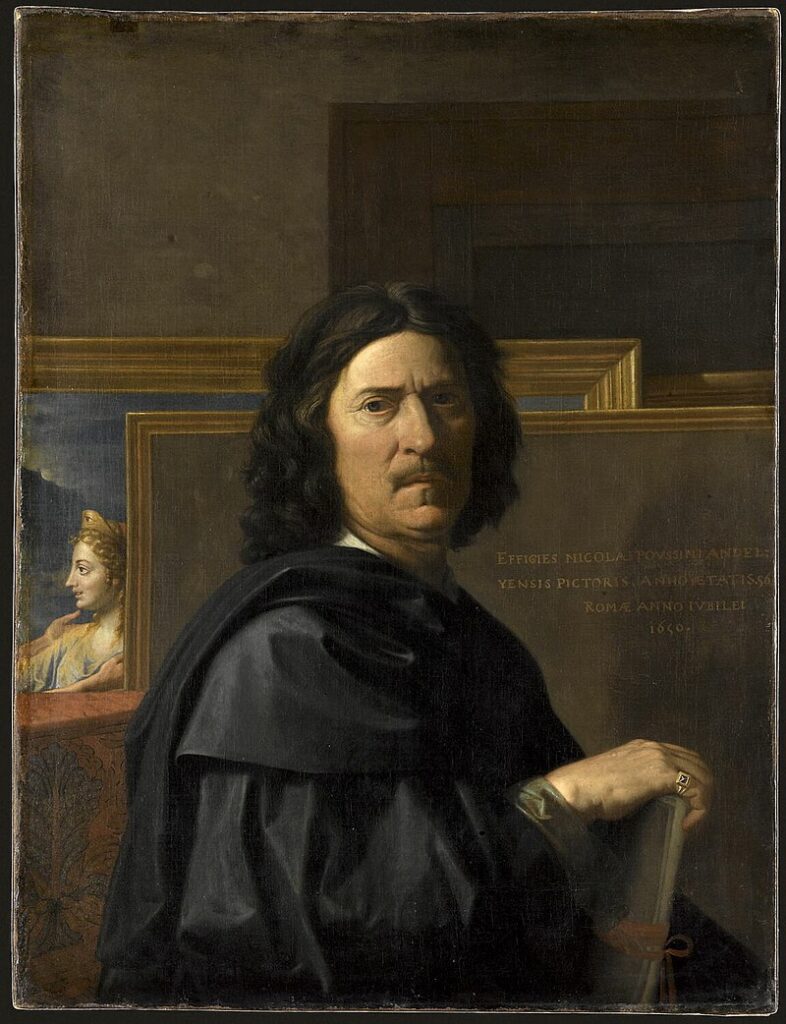
Poussin's characteristic is "to paint works that appeal to the intellect and reason and move the viewer, rather than works that simply please the eye.
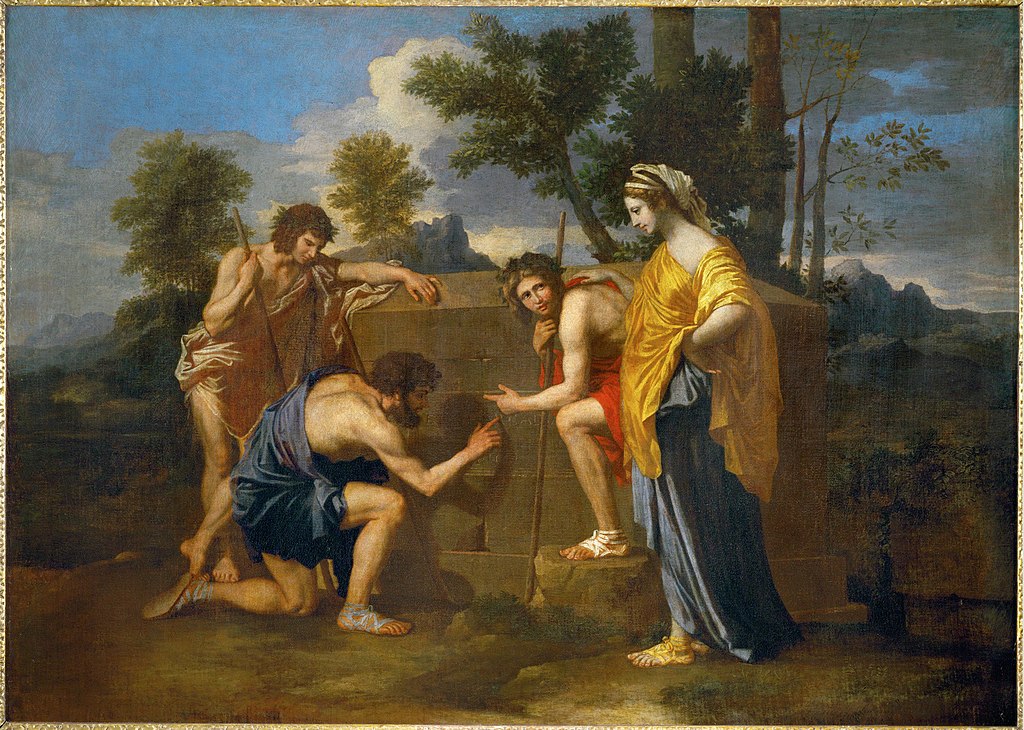
Poussin's paintings, which dominated the 17th century, are richly sprinkled with "allegory. Poussin's paintings are overwhelmingly beautiful and immediately recognizable, but they also contain a great deal of "allegory," which cannot be understood without knowledge of the classics and a high level of understanding of painting.
This high level of culture and depth of aesthetic taste required was highly favored by the upper class of the time.
Poussin, the Father of Painting" follows the life of Poussin, the creator of such works. As mentioned in the obi, a biography of Poussin is extremely valuable.
While even a book on Italian painting in the 1600s is valuable to begin with, this book was very interesting to learn about Poussin's life and historical background as well.
Yukitaka KohariClaude Lorrain, Seventeenth-Century Rome and Ideal Landscape Painting.

This book is a fascinating look at the work of the master painter Claude Lorrain, who had a huge influence on the world of European painting from the 17th century onward.
Claude Lorrain was a 17th century Italian painter who had a decisive influence on later European art.

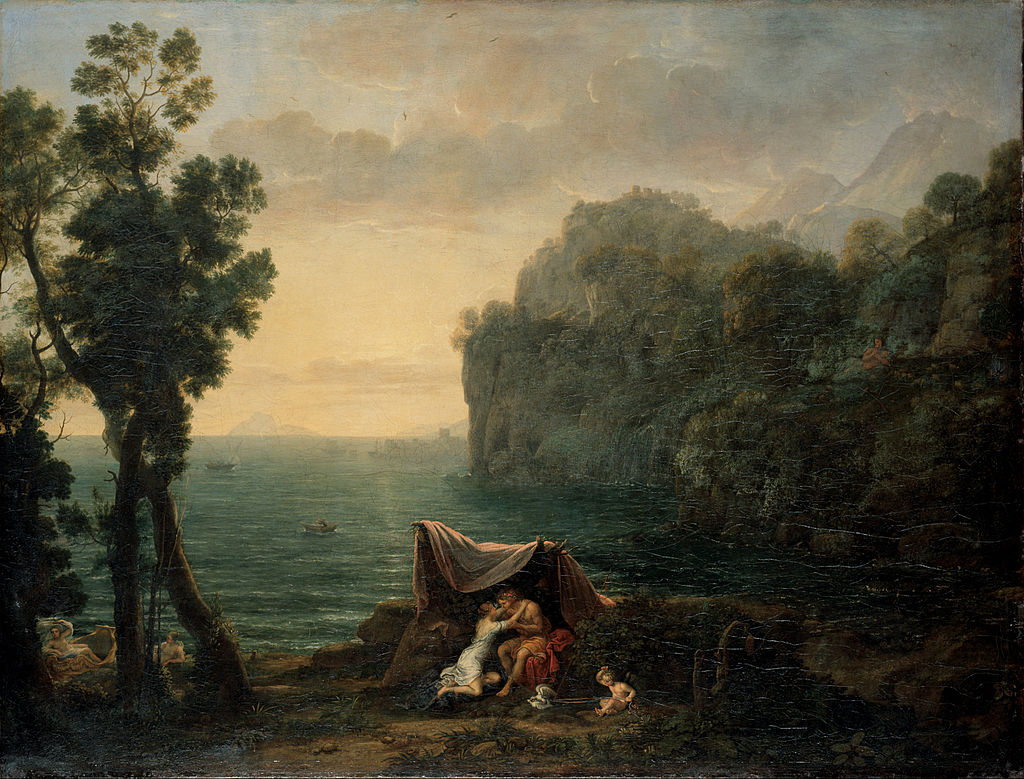
Claude Lorrain's idealistic landscapes (with Arcadia, an idealistic land of the past, as the subject matter) fascinated Europeans who traveled to Italy. The influence of his work has been enormous ever since, and even the great Dostoevsky took a keen interest in Claude Lorrain's paintings. The influence was particularly strong in his later full-lengthMinors."You can see it in the following table.
The book will not follow Claude Lorrain's life in detail, but will explain how his ideal landscape paintings were created and what makes them unique.
It was very interesting to see where the source of Claude Lorrain's beautiful landscape paintings came from, referring to his predecessors' paintings. I was able to feel that new paths are born because of the paths paved by our predecessors.
It is hard to recommend this book as an introduction to Claude Lorrain because it is not a book of his paintings, but I recommend this book when you want to know more about him.
GoetheTravels in Italy.
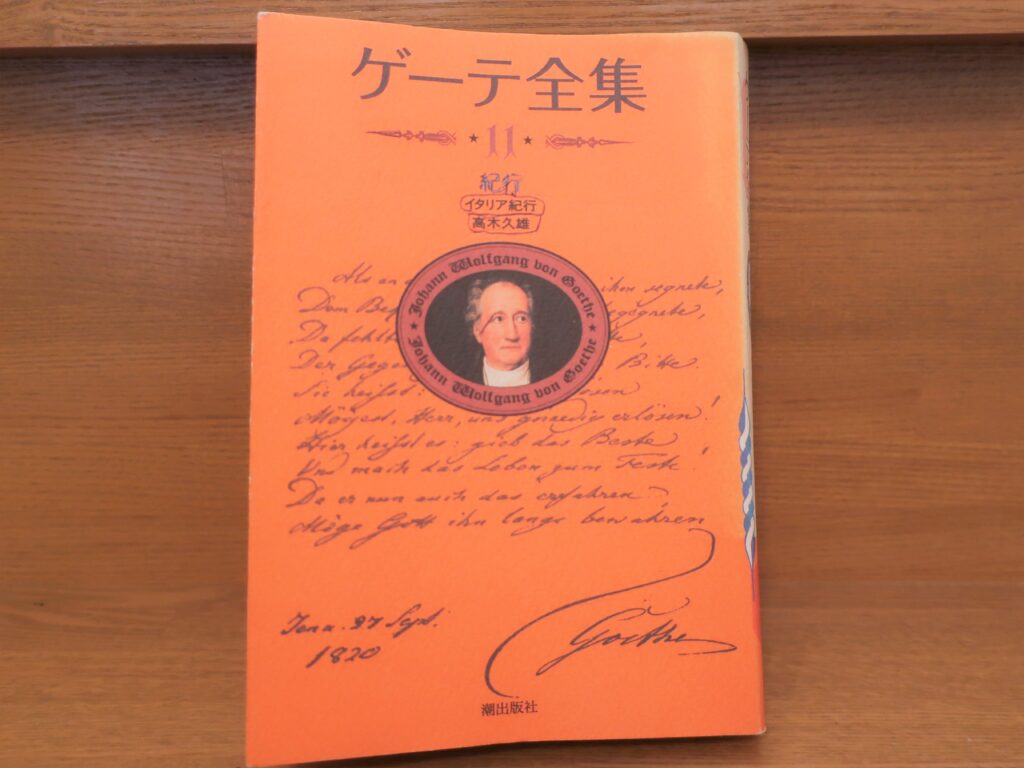
Goethe's "Travels in Italy" had an enormous influence on European cultural figures.
There is no doubt that this work is a masterpiece of the "travelogue" genre.
And after reading "Travels in Italy," I felt that Goethe was still a poet.
Too rich and sensitive.
He is open to everything he sees, hears, and feels. He is eagerly aware of things that most people would not notice, and he sings about them in beautiful and emotional language.
This is what it means to have a poet's heart and sensitive mind.
In a sense, this travelogue may be said to be a book that provides insight into the mindset of an artist. I believe that "Travels in Italy" is a book that describes the process of how one perceives the world in front of one's eyes and how one penetrates into the secrets that lie deep within.
It is no wonder that Europeans who admired Goethe's "Travels in Italy" set out on a journey to contemplate like him. I think I have felt the source of Goethe's influence as Europe's greatest literary figure and poet in this work.
At the end of the 18th century, and from the 19th century onward, travel to Italy could no longer be separated from Goethe. Goethe's "Travels in Italy" had such an impact on Europe.
This work is recommended to learn the secret of Goethe's sensitivity. Also, as mentioned in the article, you can see an unexpected side of Goethe that makes him happy when he sees crabs. It is also a delightful way to get to know Goethe as a human being.
Nobuhiko MakinoTravels in Goethe's "Travels in Italy."
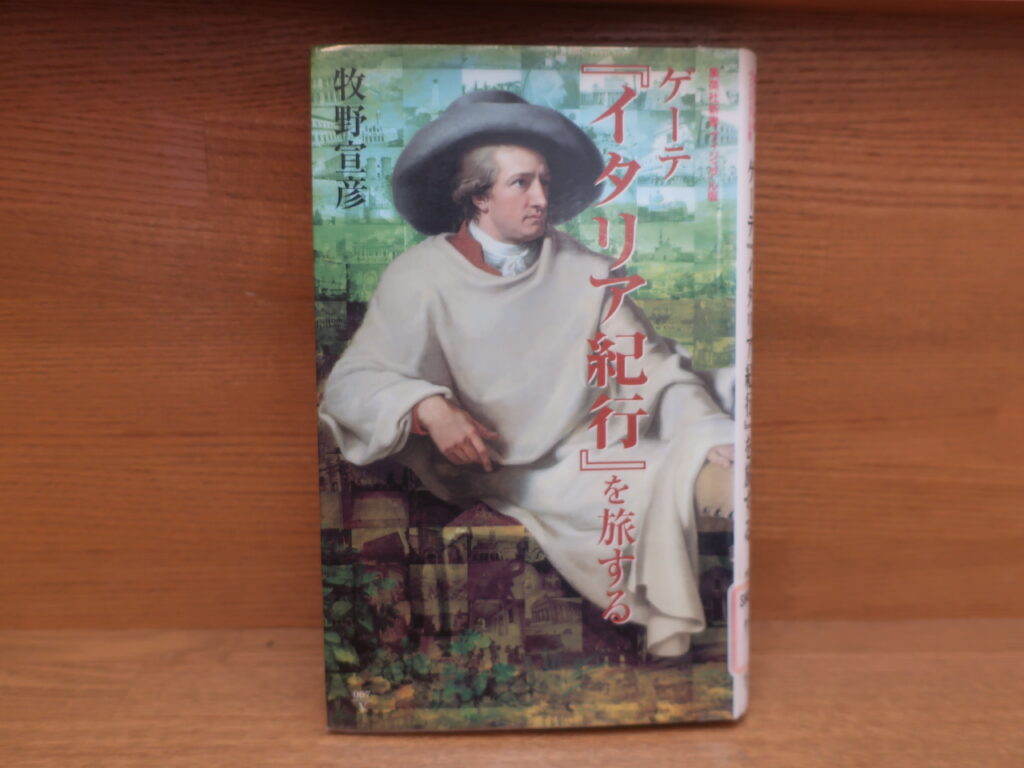
What makes this book unique is its abundance of photographs. The photographs allow us to relive the landscape as Goethe saw it.
The first part of the book provides a clear explanation of Goethe's life and persona, as well as the background of his departure for Italy.
So it is the best guidebook to enjoy Goethe's "Travels in Italy" without any elbow grease.
I read Goethe's "Travels in Italy" first and then read this book! So this is the kind of scenery that was described there! I could enjoy this book in the form of "Oh! I am sure we can enjoy each other's books in the opposite pattern.
This book can be read as if you were walking with the author, Mr. Makino, through the places associated with Goethe. This is an enjoyable book.
AndersenThe Improvising Poet.
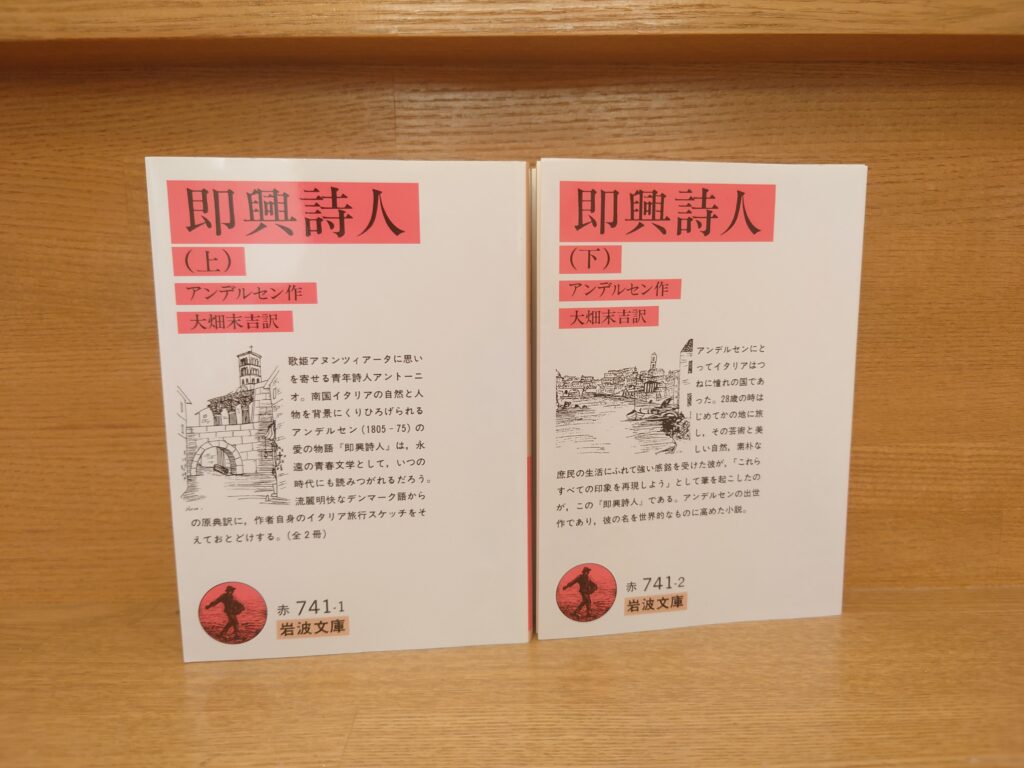
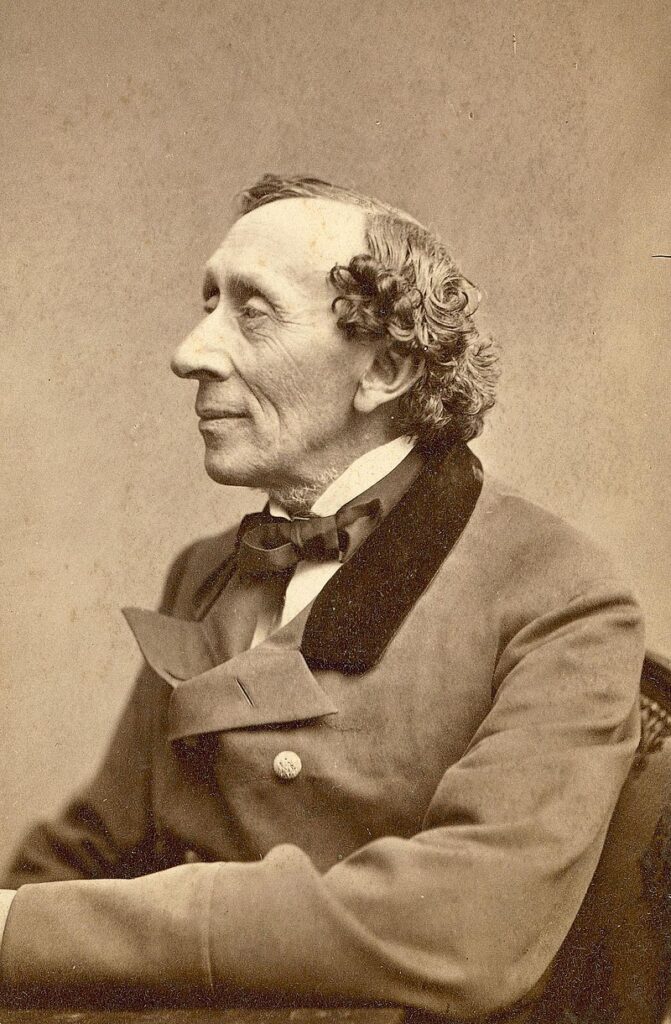
Andersen is a Danish author of fairy tales. He has created numerous masterpieces, including "The Little Mermaid," "The Snow Queen," and "The Thumbelina," which became the basis for a Disney movie.
This work is known as Andersen's career work. And yet, it is a work that has already exploded with Andersen's "Andersen-ness. What I mean is that this work depicts the sorrow of a serious and sensitive young man who falls in love with a beautiful woman. This work has already completed the pattern of the earnest, sensitive, and tender-hearted protagonist, which has been repeated many times in later fairy tales.
Antonio is the hero who falls in love with the diva Annunziata. His characterization is so full of Andersen's style that it can be said to be the prototype for later fairy tales.
It is often said that "a debut novel says everything about the writer." I read this "The Impromptu Poet" after reading his fairy tales, and I found myself repeatedly groaning, "Oh, that's so like Andersen! I was repeatedly groaning. This work has such a great influence on Andersen's life as a writer.
And above all, "The Improvised Poet" is based on Andersen's travels in Italy. The "Travels in Italy" is based on Goethe'sTravels in Italy.Andersen was also greatly inspired by the Eternal City of Rome and Florence.
In "The Improvised Poet," the beautiful Italy appears more and more. In fact, one might even say that beautiful Italy is the main character.
MontaigneTravel Diary
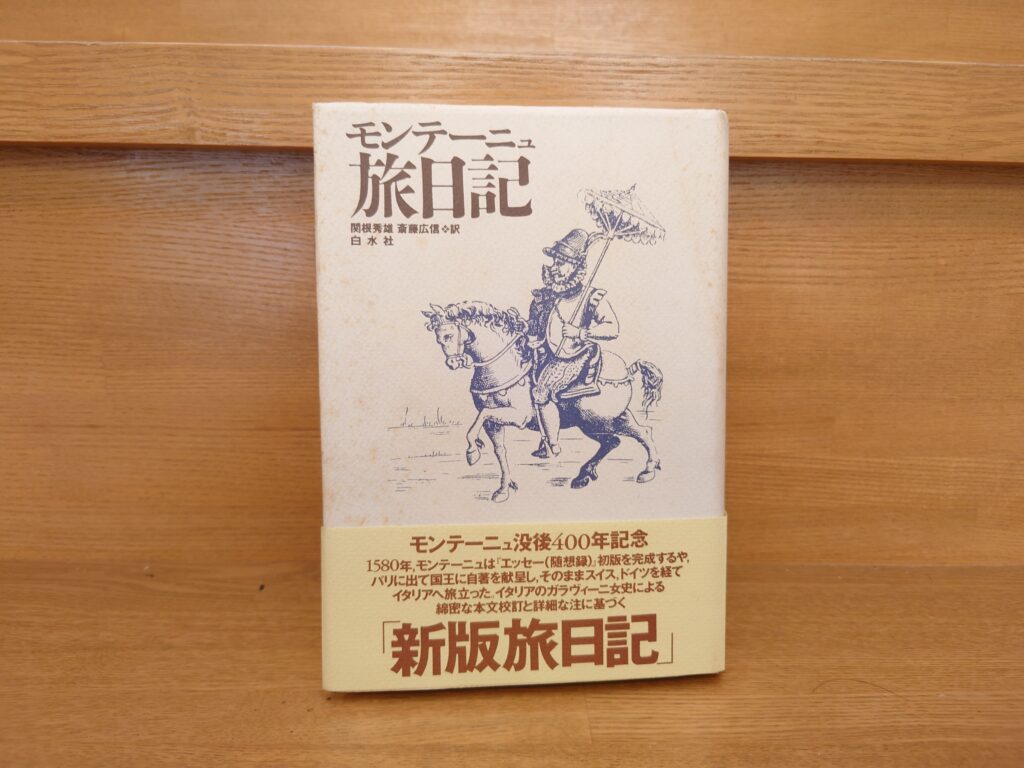
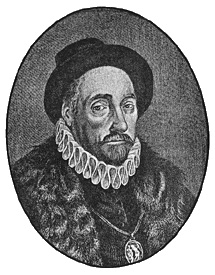
Montaigne was a philosopher who lived in 16th century France and is particularly famous for his main work, "Essais.
This work is an invaluable resource for understanding Rome at the end of the 16th century.
Montaigne traveled to Rome at the end of the 17th century. Later in the same year, Goethe came to Rome with the same yearning, and from there, he created theTravels in Italy.It was.
Montaigne wrote his impressions of Rome in a simple and frank manner. Montaigne wrote this diary for himself, with no intention of publishing it. The work was not published until 1774, 182 years after his death.
This kind of writing without publication intentions means that we are witnessing Montaigne's unadorned and unadorned words.
Nevertheless, the brushwork of Montaigne, one of Europe's foremost thinkers, is indeed a masterpiece. His eye for observation is extraordinary. How did he see Rome, the capital of the world? And what was Rome like at the end of the 16th century?
ShakespeareJulius Caesar."
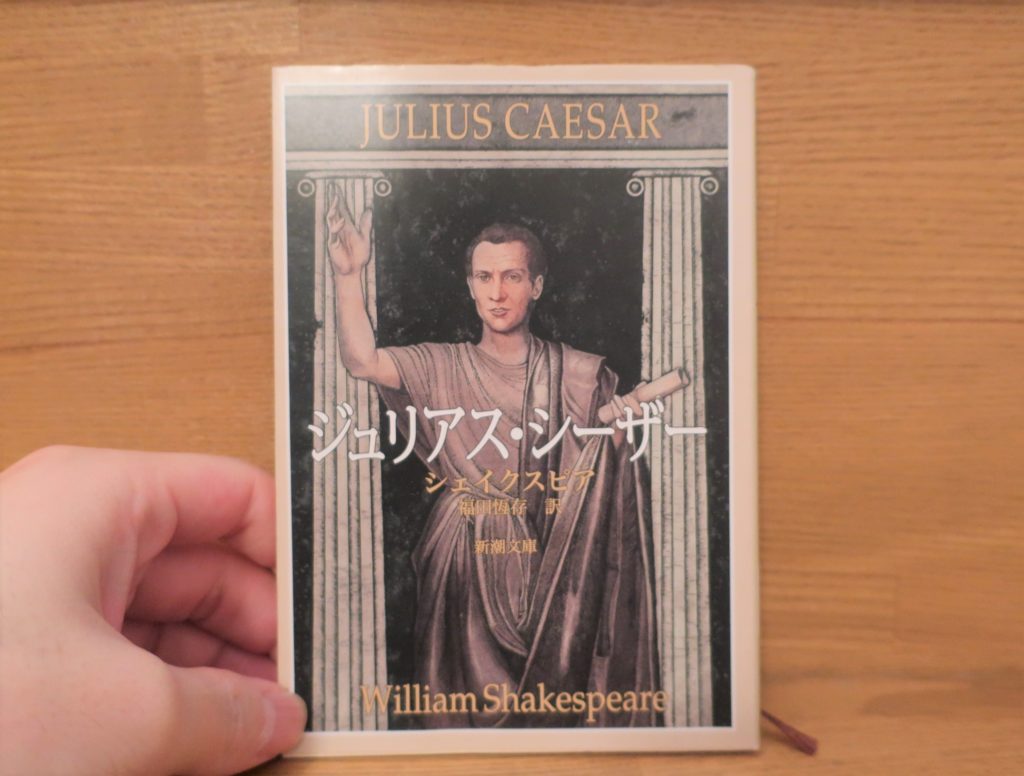
The die is cast, Crossing the Rubicon, I came, I saw, I won, Brutus, you too?
Some of these may ring a bell.
I myself did not think of the name Julius Caesar, but the Romanized real name of this man is Gaius Julius Caesar. In Romanized form, it is JULIUS CAESAR, and the difference in reading is the difference between Julius Caesar and Julius Caesar.
Okay, many people may hear "Caesar" and go, "Oh, that's what that means.
Julius Caesar" was a work that left a strong impression on me. It was most interesting to read after knowing the synopsis and background. I highly recommend it.
ShakespeareAntony and Cleopatra."
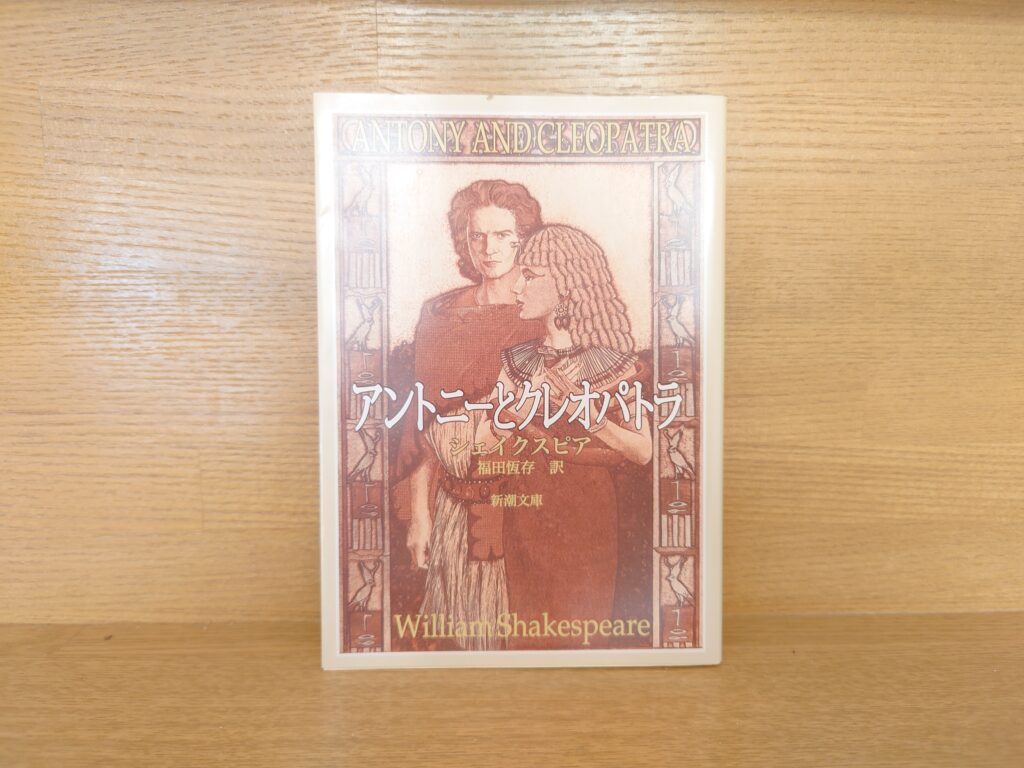
Antony and Cleopatra," above.Julius Caesar."This work is a sequel to
The story of Brutus, who assassinated Caesar (Caesar), and Antony, who defeated Brutus with his famous speech, is the story of the previous film, Julius Caesar.
Antony's performance in the previous film was tremendous. His famous speeches were overwhelming and enthralling. It was a scene that clearly showed what an effective politician he is, and it left a very strong impression on me as well.
And now, "Antony and Cleopatra" is the story of such a talented politician Antony, but we see a different Antony from the previous one, a useless Antony.
Why does Antony, who was so capable, continue to roll down the slope of doom, and what is the cause, Cleopatra?
Antony is infatuated with Cleopatra. He is so consumed with love that the energy he should be directing toward politics and military affairs is increasingly depleted.
Cleopatra is, in French literary parlance, a veritable femme fatale, nothing short of a demonic woman who destroys men.
But interestingly, in this piece, Cleopatra is also infatuated with Antony.
For Antony, Cleopatra was an irresistible love interest, and for Cleopatra it was the same.
However, they were both in a position to make political decisions in Rome and Egypt. There is no way that the story can end with a simple love story in which these two are united in love and happily ever after.
Rome is a city of intrigue, and in Egypt, political games are being played for the survival of the nation. Antony was in love and made a series of political blunders, which ultimately led to his downfall.
Brutus, the man who defeated Caesar. And even Brutus defeated him.That Antony.I am driven by the thought that this is how the downfall of the
This work is very interesting to read in the vein of "Julius Caesar" to get a sense of the grand rise and fall of the Roman Empire.
ShakespeareTitus Andronicus."

The current production, Titus Andronicus, is an early work by Shakespeare. In other words, this is his first play about ancient Rome. It is interesting to note that while the two plays above, "Julius Caesar" and "Antony and Cleopatra," were based on historical facts, this play does not feature any historical characters at all.
The work is probably dated to the end of the 2nd century or later in Rome. This is because the historical background of this work depicts a situation in which there were many rebellions by the Goths and the emperors were changing one after another. The 2nd century A.D. was the era of the great Roman emperors, the Five Wise Emperors, and the Roman Empire was at its most prosperous. However, after Marcus Aurelius, the last of the Five Wise Emperors, the country began to decline. The emperor Marcus Aurelius, by the way, is thatA Reflection of Myself."He is also known for having written
Now, I have to preface by saying that this work, "Titus Andronicus," is a historical drama set in the Roman Empire in such a declining period.
The protagonist is the hero of the title, the brave general Titus Andronicus. He was a man who fought for Rome with his life and served his nation faithfully.
The story begins with the return of Titus to Rome after his military service.
In Rome, Saturninus, the eldest son of the former emperor, and his brother Basheinas were fighting each other, saying "I am the next emperor. The popular Titus returned to Rome and asked them to settle the dispute. However, things did not end there, and it was decided that Titus should be the next emperor.
But Titus, who had lived his life as a loyal subject of the state, politely declined the offer. He simply handed over all power of the state to Saturninus, saying that Saturninus, the emperor's eldest son, was the most suitable person to be the emperor. This rash decision by the good-natured Titus was the beginning of all tragedy.
This is a tragedy that occurs when a person who has had position and honor gives power to an unscrupulous person.
This is thatKing Lear"It is reminiscent of "King Lear," isn't it? King Lear" also begins with the tragedy of an old king who easily believed the sweet words of his wicked daughters.
Indeed, if you read this work, you will clearly feel the connection to the late tragedy. Among these, the connection to "King Lear" seemed particularly significant.
However, this work is just horrendous! It is a little unimaginable. It is quite painful to read.
King Lear" is also a rather tragic play, but it is far more brutal and outrageous than that.
I hope they all fall prey to revenge!"
Kindle edition, Shinchosha, "Titus Andronicus", Shakespeare, translated by Tsunsen Fukuda, position No. 1426
This is the word that Iago-like Aeron, who has been plotting evil deeds, cries out in agony when he is captured, and it is exactly as he says it.
And finally, the voice of that hatred is expressed in the following terrifying words of the protagonist, Titus.
Listen, scoundrels, I've got a bone to pick with you.ground barleyand grind it into powder with your blood.hoaxI will make two pies with your head smashed into a paste and feed them to the whore, yes, to your abominable mother, so that the earth will swallow again what it has brought forth.
Kindle edition, Shinchosha, "Titus Andronicus", Shakespeare, translated by Tsunsen Fukuda, position No. 1621
Already in early Shakespeare, such a terrifying word has already appeared. It is a bit out of the ordinary, isn't it? I was also horrified when I read this passage.
But this anger of Titus is justified. That is all that this mother (Tamar, the antagonist) and her children (called "you" here) have done to him. (She murdered her daughter's husband right in front of her, and raped her as she was. They also cut off her daughter's tongue and both wrists so that her crime would not be discovered, and then they framed Titus' sons and executed them. (How horrible!)
In any case, this work is unusually cruel. Some commentary on this is also given in the solution. I will not go into this further, but as I have already mentioned, this work has something in common with the later tragic works.
And then there is the overwhelming individuality of the characters, the enormity of the people. This is also not to be missed.
Aaron, the man from Iago's case who was mentioned earlier, is a figure of evil. He is the embodiment of evil, but he is so huge and complex that he is not a simple man! I think this is a tremendous characterization. I am amazed at how they could create such a strong character. To put it in a modern way, he is a very strong character. His presence completely overwhelms the main character, Titus.
But even so, that's not to say that Titus, who uttered the astonishing words we just saw, was defeated. Not many people can come up with words like that. Aeron is just too special.
Also, we cannot overlook the curmudgeonliness of Tamar, the queen of the enemy. It was this queen who made Titus speak so much. The fact that Tamar is not just an evil woman, but that she was motivated by her resentment over the murder of her own son by Titus during the war, makes the story even more complex and profound. After all, the grief of a mother who has lost a child cannot be fully expressed with the word "terrible.
In any case, I believe that "Titus Andronicus" is a hidden masterpiece that already shows glimpses of later tragic works in its early years.
It was a shocking work for me as well.
ShakespeareCoriolanus."

Above.Titus Andronicus."Following "Coriolanus," "Coriolanus" will also be set in ancient Rome.
Coriolanus, the protagonist of this work, was a real person born around 519 BC. This is more than 400 years before Caesar was born, so it was a very long time ago. It was a time before ancient Rome flourished as a great power.
However, it seems that by this time, democracy was already in place to some extent, just as it was in ancient Greece. This story will tell of the problems that democracy entails, and the conflict and pandering between the aristocracy and the people.
The hero, Coriolanus, was a brave warlord and hero of many victories over Rome. However, he was a stubborn man. In a sense, he was a man who was too straight-forward.
And what he could not stand was the selfish demands of the people. They want cheaper food and they want to start a riot. While their arguments are understandable, Coriolanus, who has been desperately defending his country from other countries, rightly wonders, "Why do you not serve your country at all, but only insist on your own demands?
Coriolanus does not trust the people at all. His claim to such is told at the beginning of the story as follows.
What on earth do you want, you stray dog? When it comes to war, you shrink up, but when it comes to peace, you flatter yourself that peace is good. If we believe you, all is well.
Damn you! You believe you? He changes his mind like the eye of a cat, and just when you think he's praising the one you've hated until now, he suddenly calls the victor of the oak crown a scoundrel. (omitted)
They sit in front of the fireplace and talk knowingly about what happened or didn't happen at the Capitol, who's going to be great, who's going to be influential, who's going to fail, and so on. They would help their favorite faction to become stronger, but they would trample over their own broken shoes and ignore the factions they didn't like. There is enough grain to go around, they said! If only the nobles would give up their pity and let me use my sword, I would slay thousands of these slaves and build a heap of dead so high that no spear could penetrate it.
Kindle edition, Shinchosha, "Coriolanus", Shakespeare, translated by Tsunsen Fukuda, position No. 113-135
Coriolanus does not abandon this hostility toward the people until the very end.
If he could soften his attitude and compromise a little after this ....
Everyone who cares about him warns him of this and desperately tries to soothe him. But no. He was too virtuous and upright to do so.
This story is a tragedy of the destruction of such an overly straight man. This is the last play of Shakespeare's tragic period, and it will be the last one, and the next.Pericles.", ,Cymbeline.", ,The Winter's Tale, ,"Storm."and will move toward romantic comedy.
As Shakespeare's last tragic work, this may be one of the most notable.
...And yet, how astute is the weakness of democracy and populism preached in this work...!
Shakespeare is still a monster.
There is probably no one who reads this work who does not think of our own lives today.
And I have been learning about Rome for the past two months.
The more you know about Rome, the deeper you go.
And among them, I still think, "Even Rome, which boasted so much prosperity, has finally fallen.
Why did a great nation that boasted so much technology fall?
Sometimes the explanation is simply "because the barbarians invaded," but it is not that simple.
Why did the "barbarian invasion" happen? It may be due to the fact that the empire was so self-destructive that it could not even defend itself against the barbarians. So why was the empire self-destructing, and what does it mean for an empire to be self-destructive in the first place? What was the relationship between the Roman Empire and the barbarians, who are often referred to as barbarians in the first place?
But I still think that ancient Rome was completely vulnerable to the weaknesses of democracy. Citizens who thought only of "bread and circuses. Political corruption. The enormous cost of maintaining a superpower, the balance between war and peace...
This is also extremely complicated if you think about it, and I know myself that if I put it into words, I would fall into the trap of simplification at that point. However, it seems to me that what was taught in this work was at least a major factor in the fall of Rome.
Conclusion
These are just a few of the many books we have introduced.
Rome is so deep. It is like a bottomless swamp that the more you know about it, the more you become addicted to it. I, too, have become completely obsessed with this Roman wanderlust.
Whether you want to experience the splendor of Roman Catholic culture, ponder ancient Rome, or immerse yourself in art and literature, Rome has a truly broad range of attractions to offer.
I hope this article has been helpful to you.
The above is a list of recommended reference books on Rome - history, culture, religion, and art! Read this and Rome will become more interesting!" This is the end of the article.
Related Articles












